The Raiders' rabid fans finally have a team to get behind ... but for how long?

This story appears in the Nov. 21, 2016 issue of Sports Illustrated.Subscribe to the magazine here.
All this leather and face paint! So many spikes, chains and skulls! It’s as if a Dia de los Muertos parade wandered into a biker bar, and they all decided to check out the underground Goth discotheque next door. If this were a movie, it would be a collaboration between Steve Sabol, the late cofounder of NFL Films, and George Miller of Mad Max fame.
Don’t be afraid. Unless it’s third-and-long for the visiting team, these people—denizens of the Black Hole or, more formally, section 105 at the Oakland Coliseum—aren’t as mean as they look.
Take Storm Raider, president of the booster club, the Knights of the Shield, Chapter 209, which just held a blood drive. Dr. Death, one of his leather-bound brethren, is active in Mothers Against Drunk Driving. “We’re not thugs,” says Eric Barnhart, understated in a Raiders camo T-shirt. “We’re good people.”
2017 NFL draft rankings: Top prospects by position
Kickoff was 20 minutes away for the most important football game in more than a decade at the moldering old bowl that is the Coliseum. In section 105, excitement—and blood-alcohol levels—ran high.
Leading the crowd in a sinister-sounding RAAAIII-ders chant was Gorilla Rilla, the top hat–sporting simian well-known to Raider Nation. A few seats down, longshoreman Steve Rundle shouted at back judge Steve Patrick, 40 feet away in the south end zone, “Let ’em play tonight!” In a 30–24 win over the Buccaneers a week earlier that lifted its record to 6–2, Oakland was flagged for an NFL-record 23 penalties. Glancing in Rundle’s direction, the zebra permitted himself a brief smile.
“Dammit!” exclaimed Dr. Death, not far away. “We need a knife!” (Alas, the half-dozen knives protruding from his hard hat, in Mohawk array, are made of foam.) The doctor, in real life a 28-year-old publicist and community organizer named Ray Perez, sought a sharp edge not to perpetrate mayhem but to cut one of the zip ties holding his banner to the railing in front of him. The sign, which needed to be lowered a few inches, served as a shot across the bow of the city that has opened its arms to—and promised to build a $1.9 billion domed stadium for—the Raiders: VEGAS, IF YOU BUILD IT, WE WON’T COME.
In a cruel twist, the NFL’s most raucous, least inhibited fans stand poised to lose their team just as the Raiders, after 13 years vacillating between lousy and mediocre, are returning to their past glory. In coach Jack Del Rio’s second season, with budding superstars Derek Carr (quarterback) and Khalil Mack (defensive end), the Al Davis slogan Commitment to Excellence no longer seems like an attempt at morbid humor.
Davis died in 2011, bequeathing the club to his son, Mark, who has tweaked his old man’s motto ever so slightly, demonstrating a Commitment to Exiting the stadium he regards, clearly, as a prison. Despite his never-ending quest to bolt—Davis has explored in-state stadium opportunities in Inglewood, Carson, Concord, Vallejo and Dublin, as well as in San Antonio and Vegas—Raider Nation remains remarkably loyal to the team.
On Oct. 19, at the NFL owners’ meetings in Houston, Davis informed his peers that he would seek their permission to move to Las Vegas. (He’ll need the approval of 24 of the 32 owners. That vote could happen in January. In the interim, expect Oakland to file a proposal for a new stadium.) Three days earlier, standing in a drizzle in the Black Hole before a Week 6 game against the Chiefs, Dr. Death trembled with indignation at the mention of the team owner. “Mark Davis should be ashamed of himself,” he says. “If he’d devoted a quarter of the time he’s spent in Carson and San Antonio and Las Vegas” trying to line up sponsors for a new facility in Oakland, “he’d have a deal by now.”
“Look at this,” he proclaimed, gesturing to the packed stands. “We’ve got a full house for every game now. And he wants to move the team?” Raising his voice, like Mel Gibson exhorting the gathered clans in Braveheart, he went on: “We’re not the Las Vegas Raiders, or the L.A. Raiders. We’re called the Oakland Raiders!”
Oakland Raiders Black Hole Fans
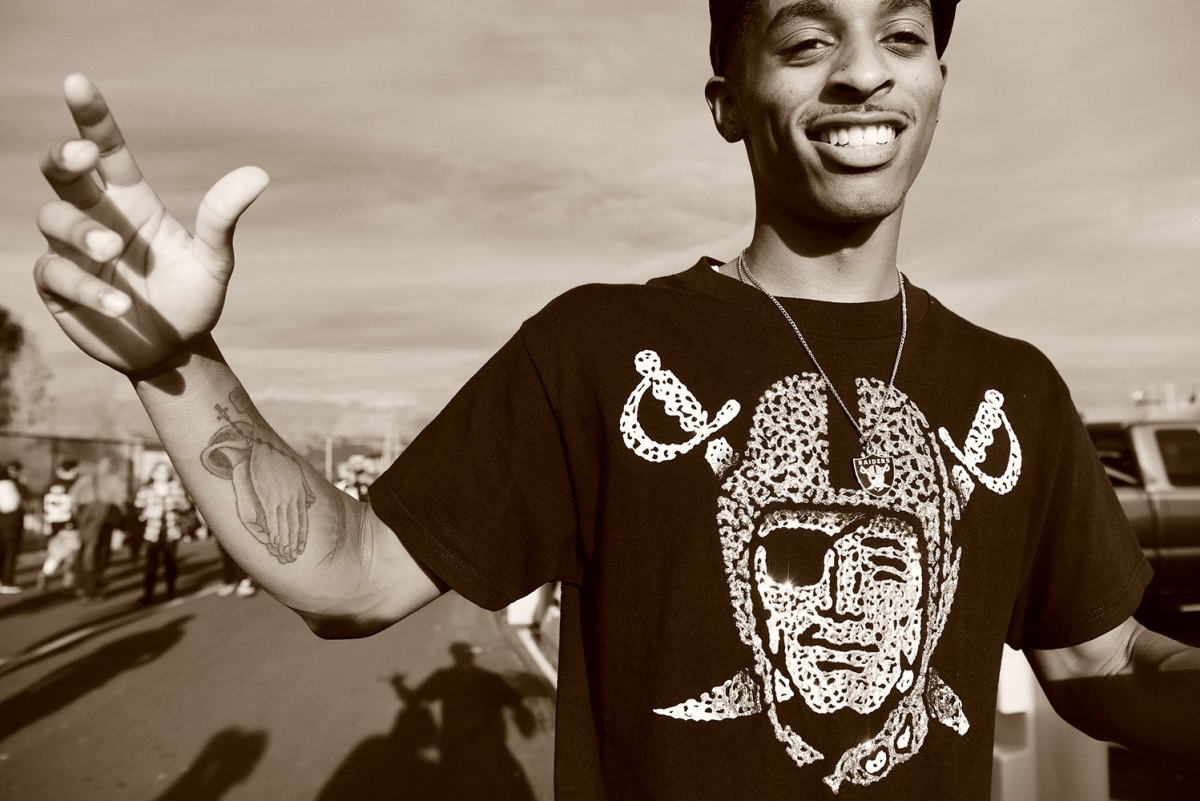
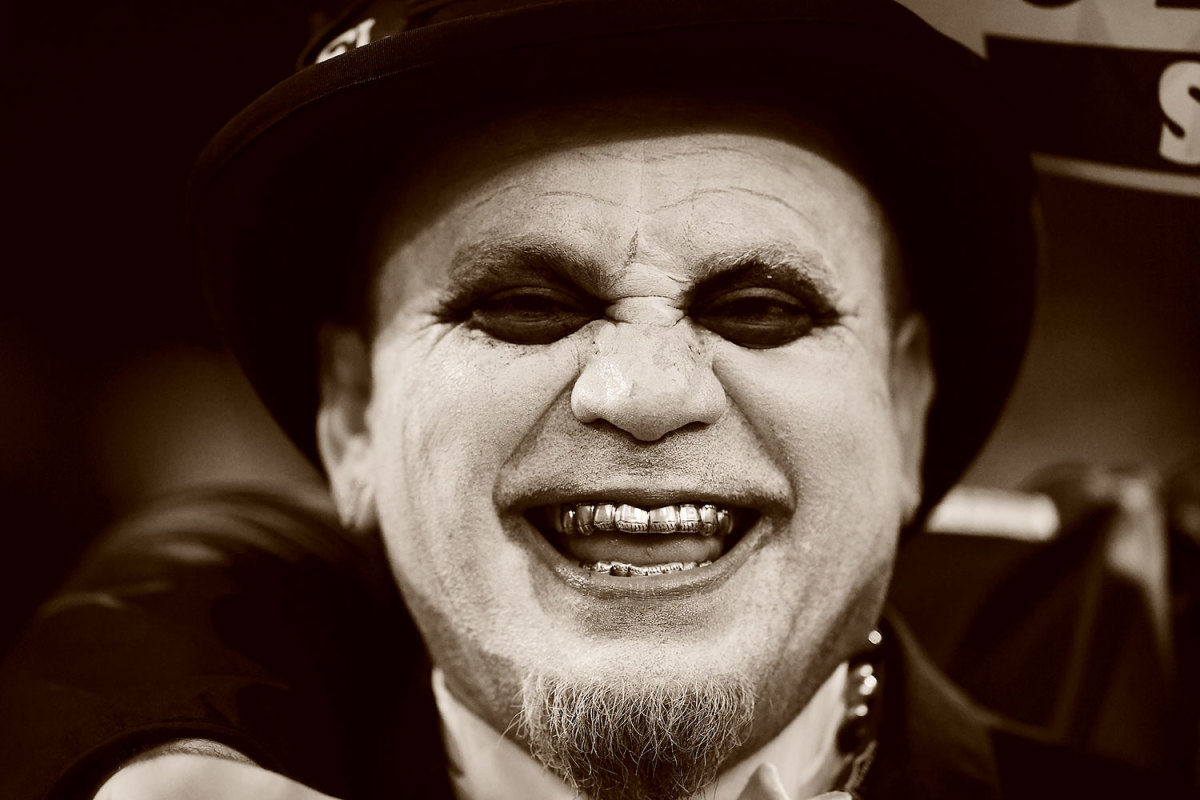
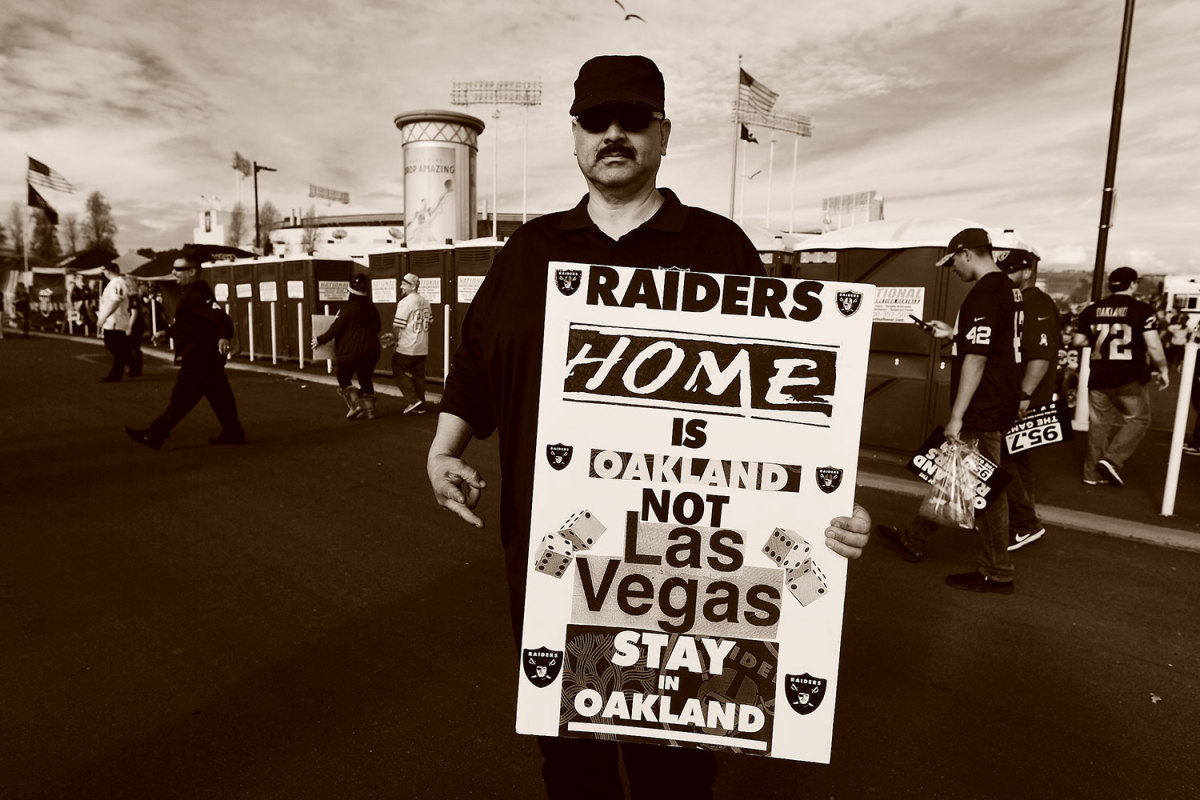
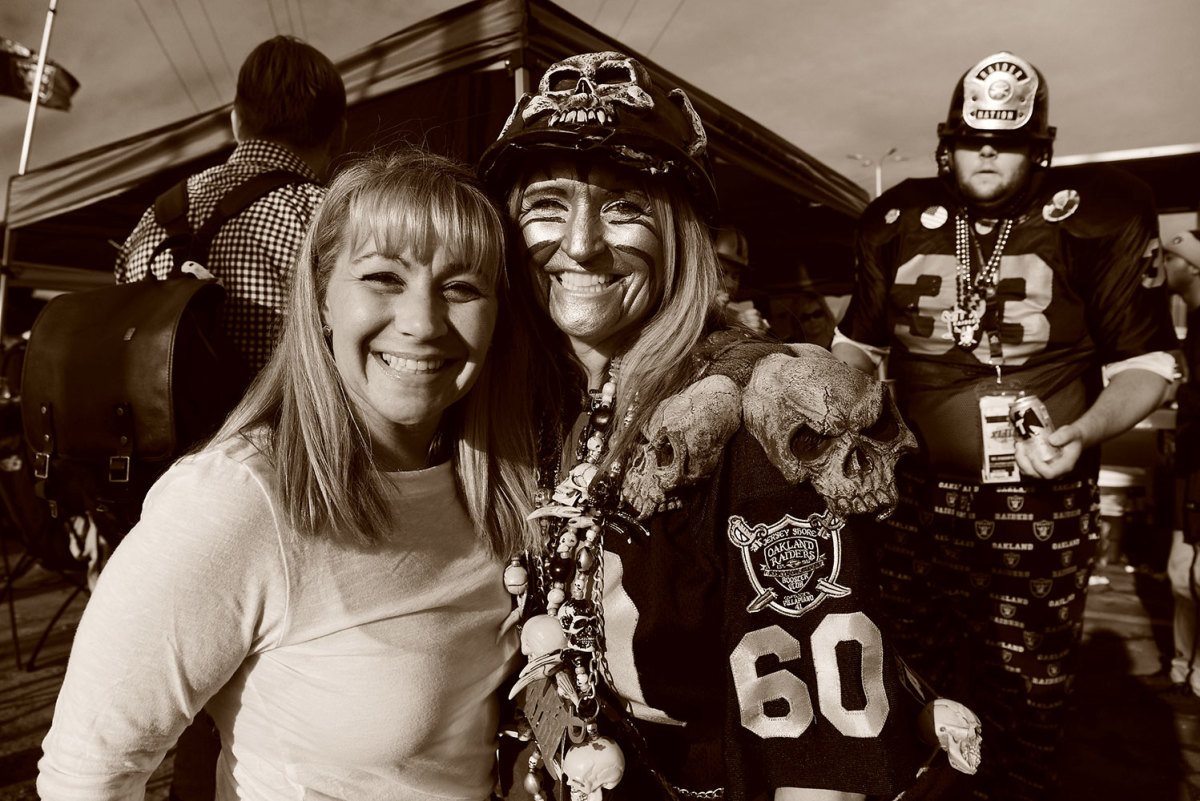
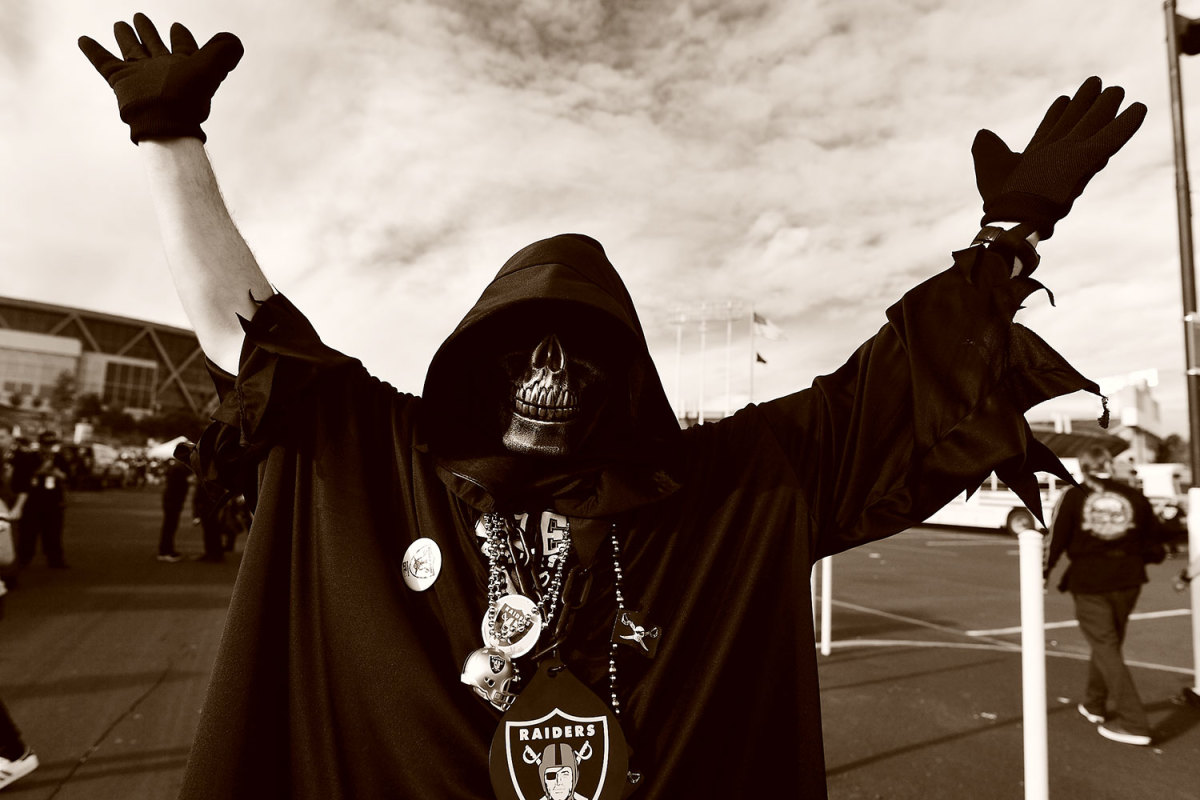
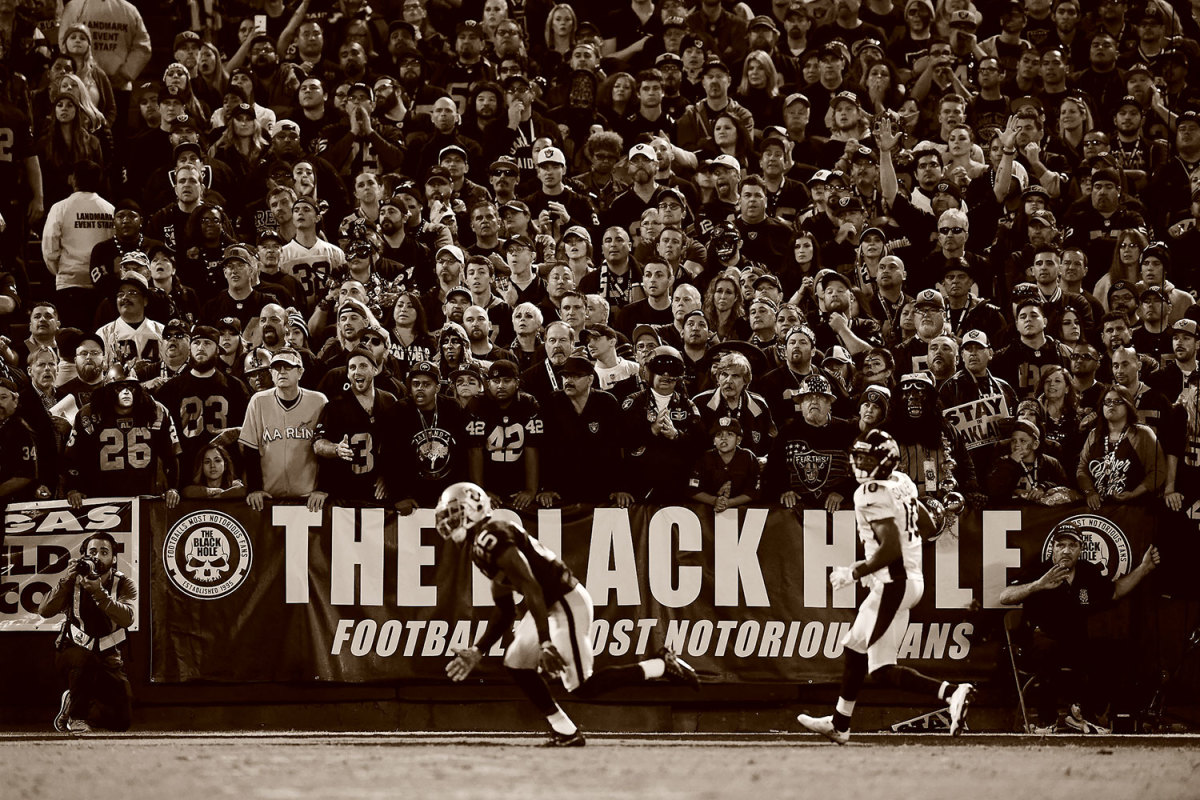
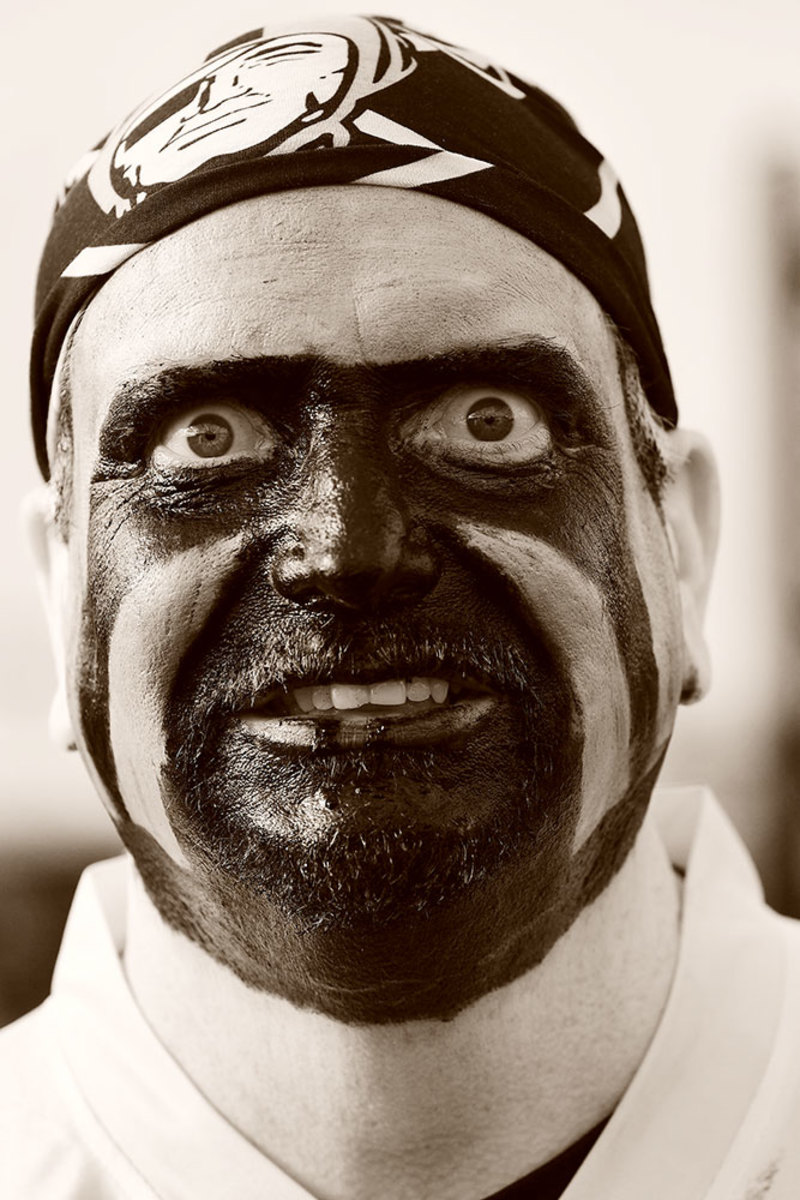
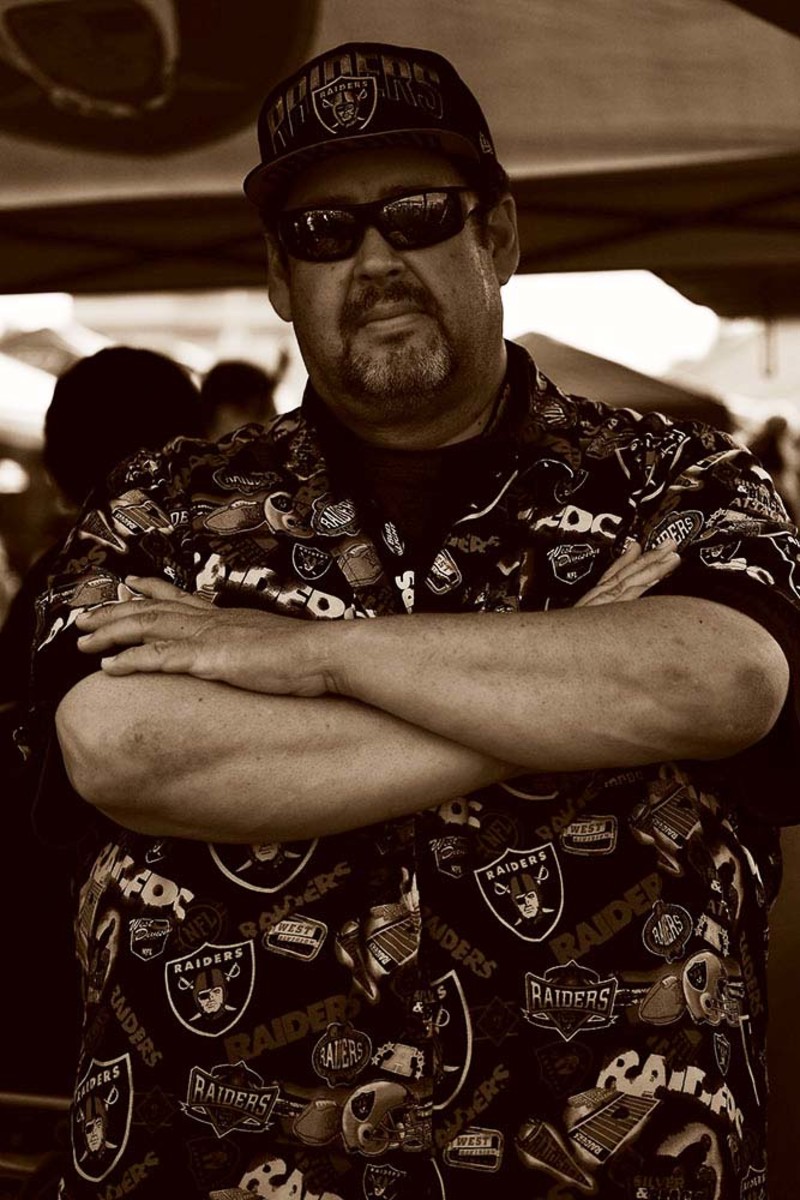
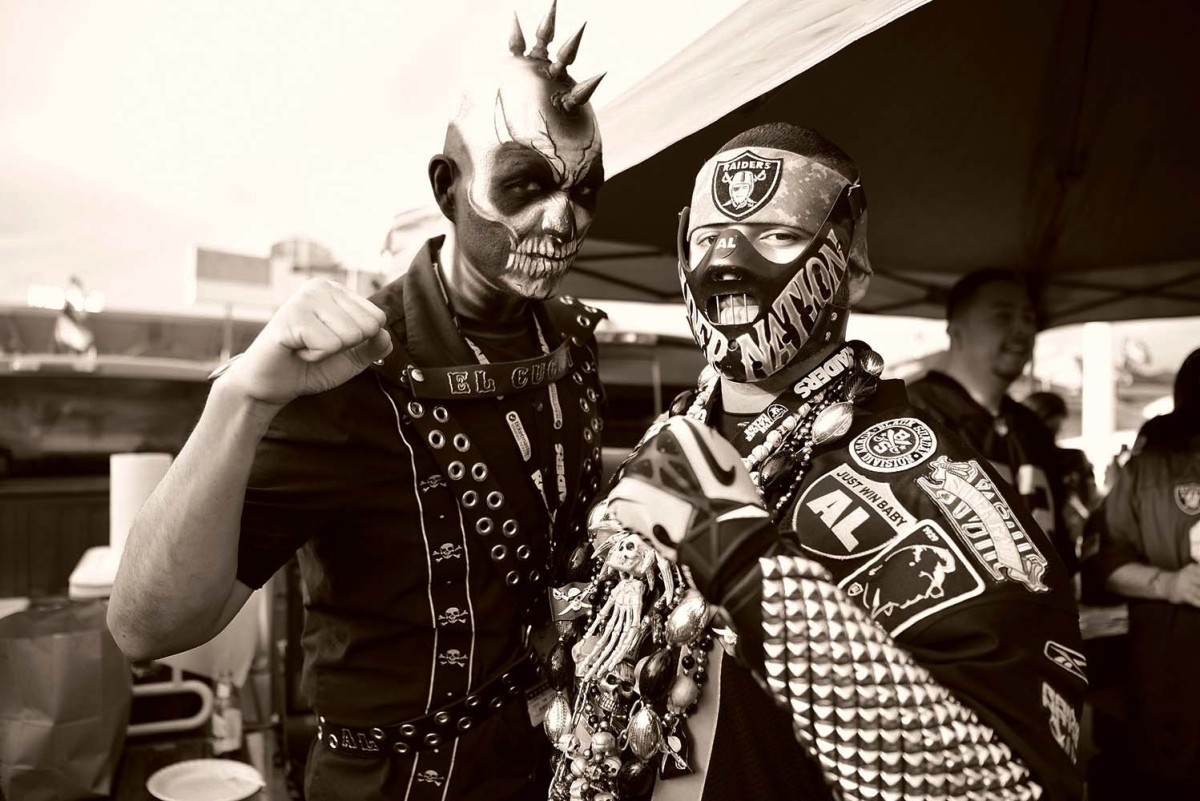
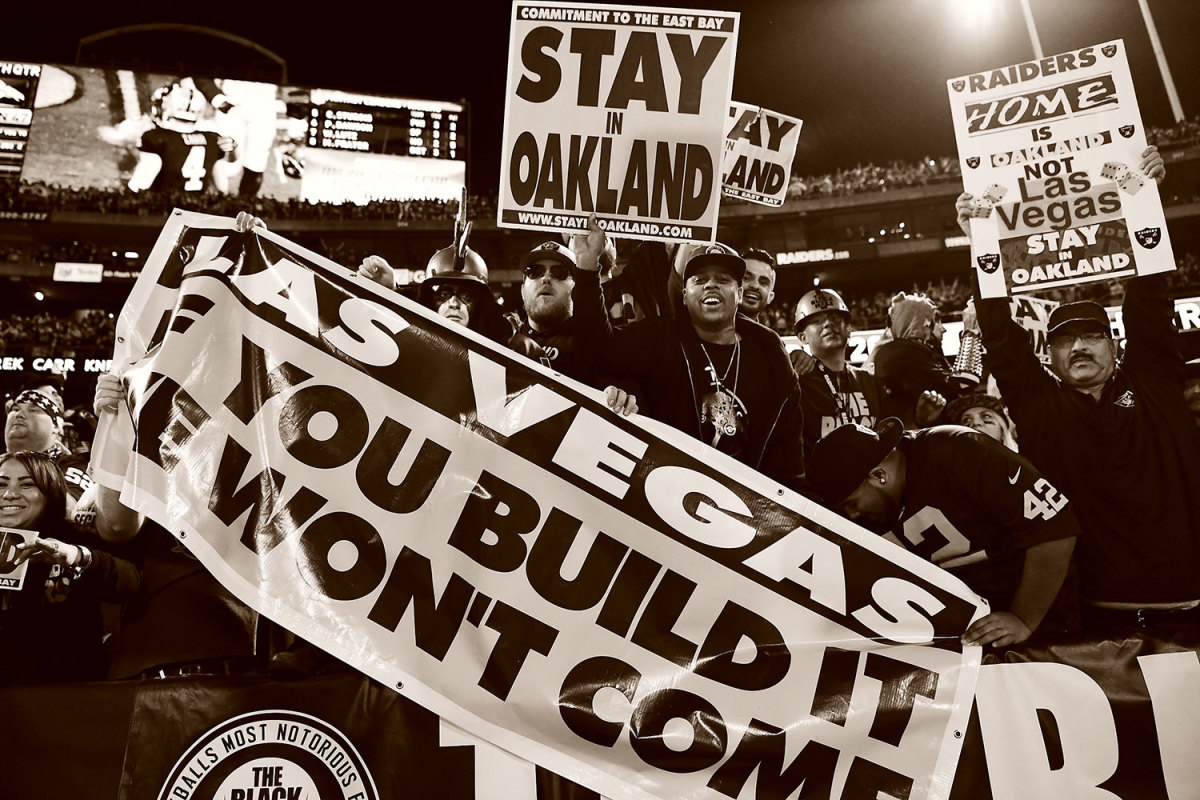
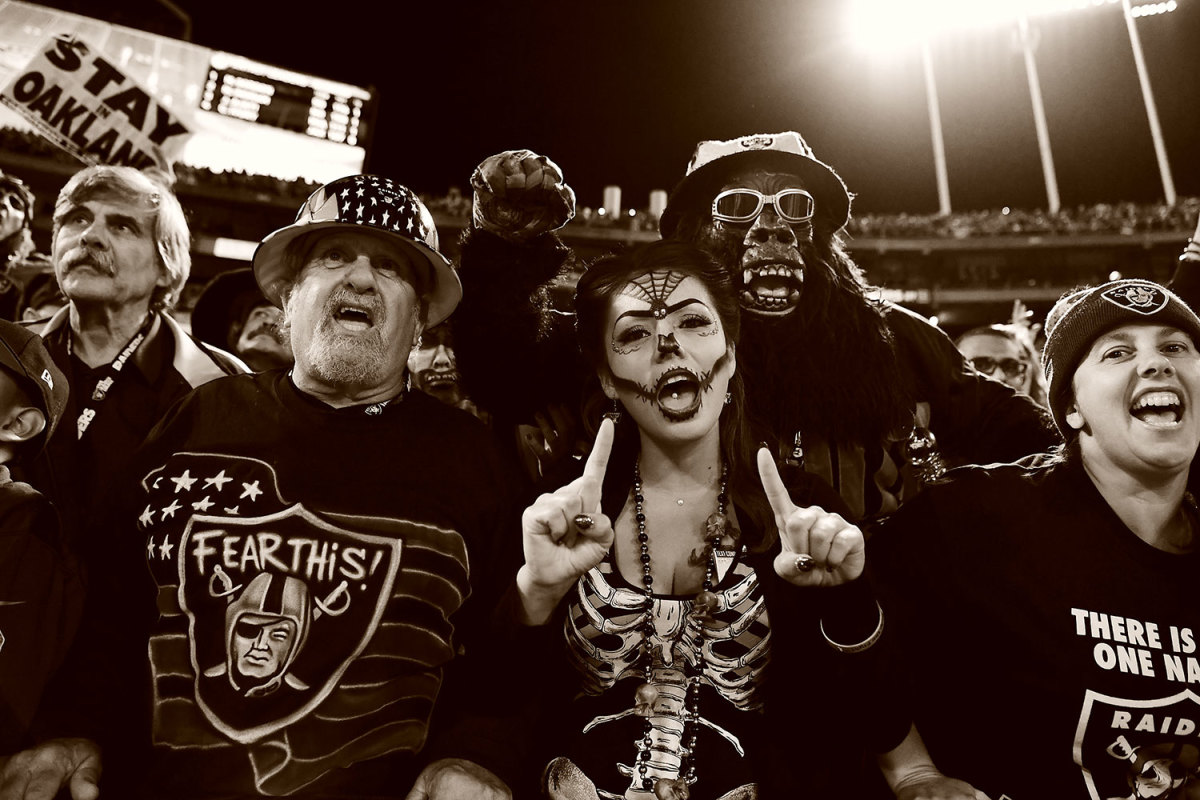
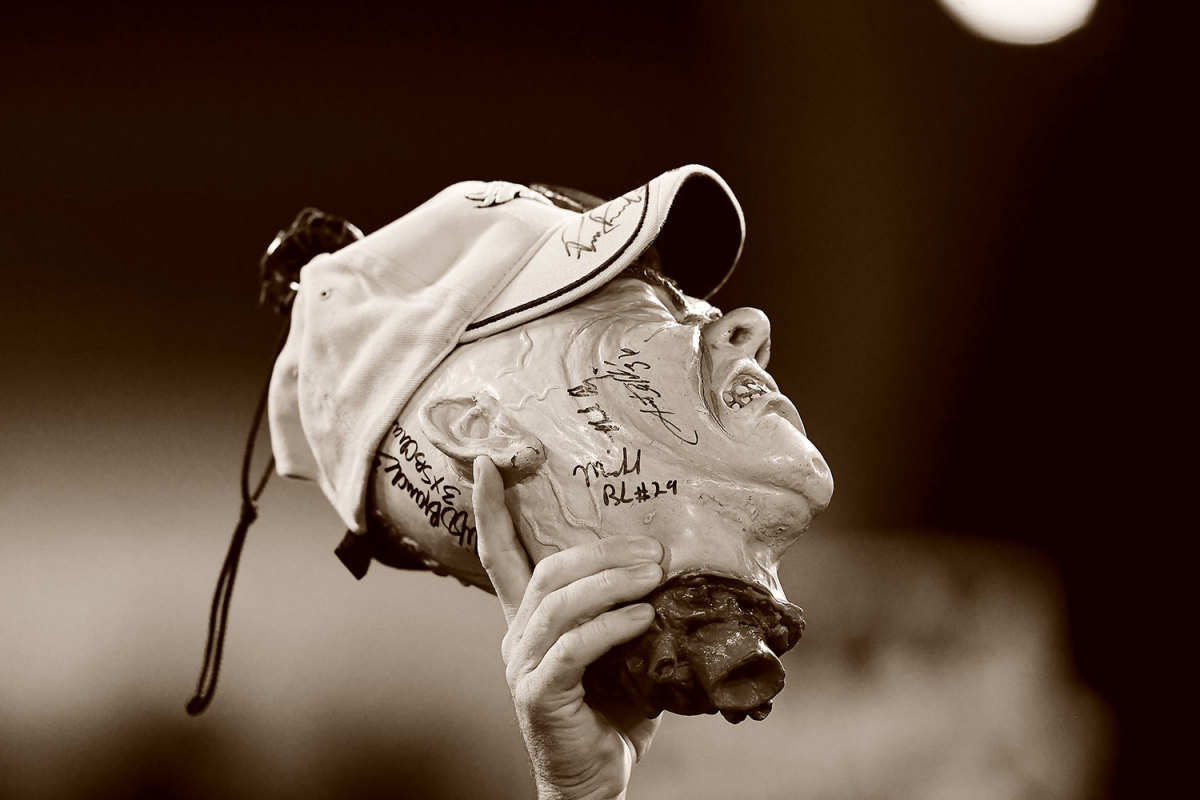
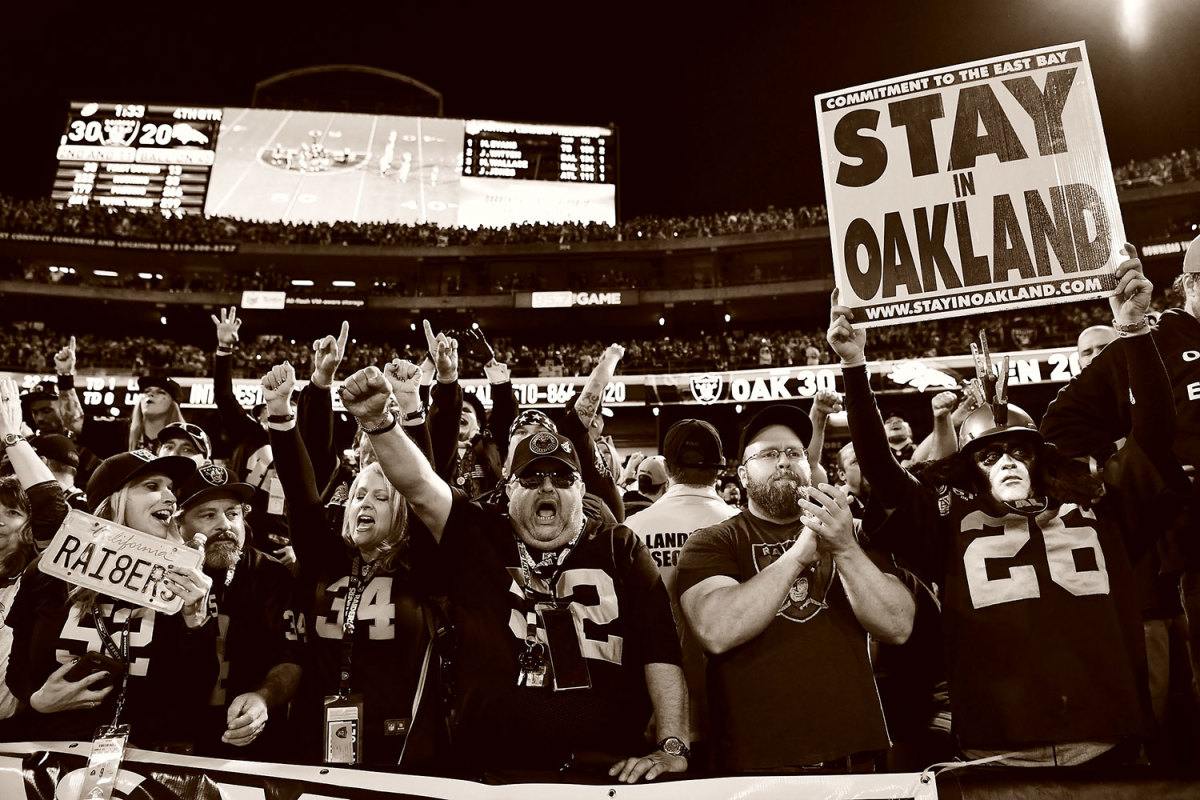
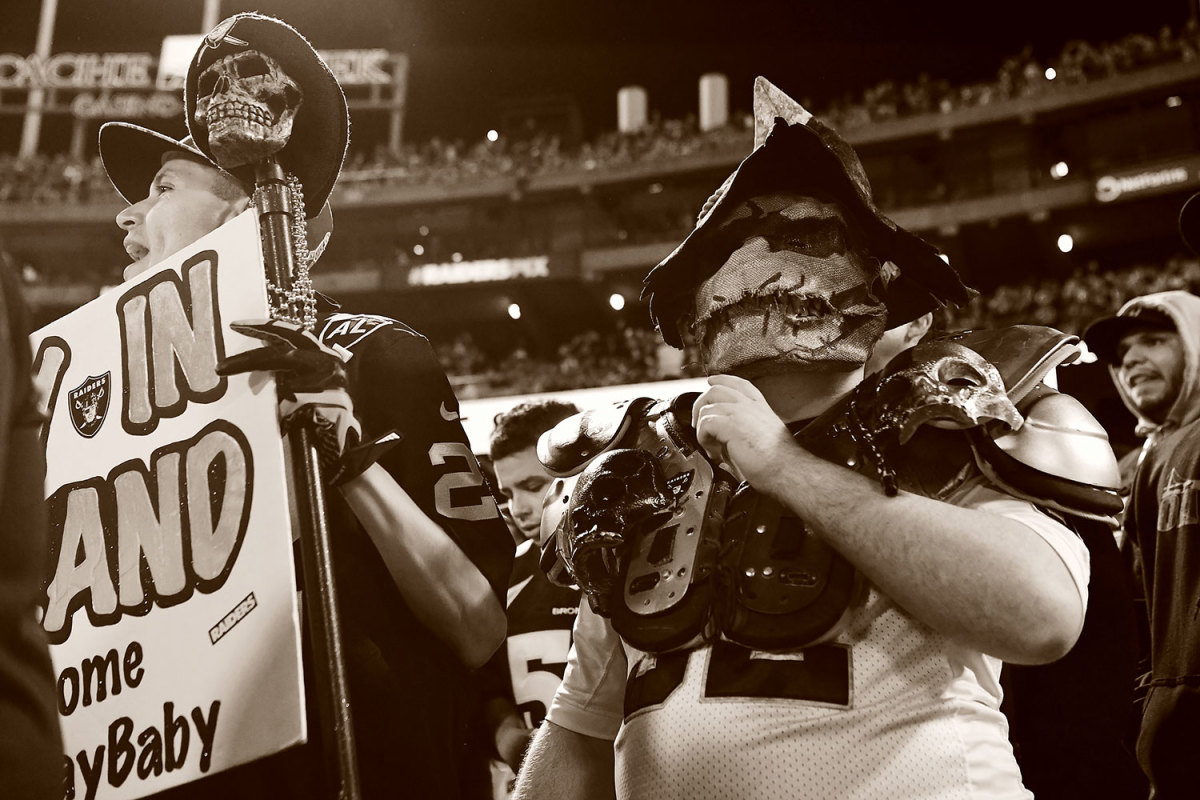
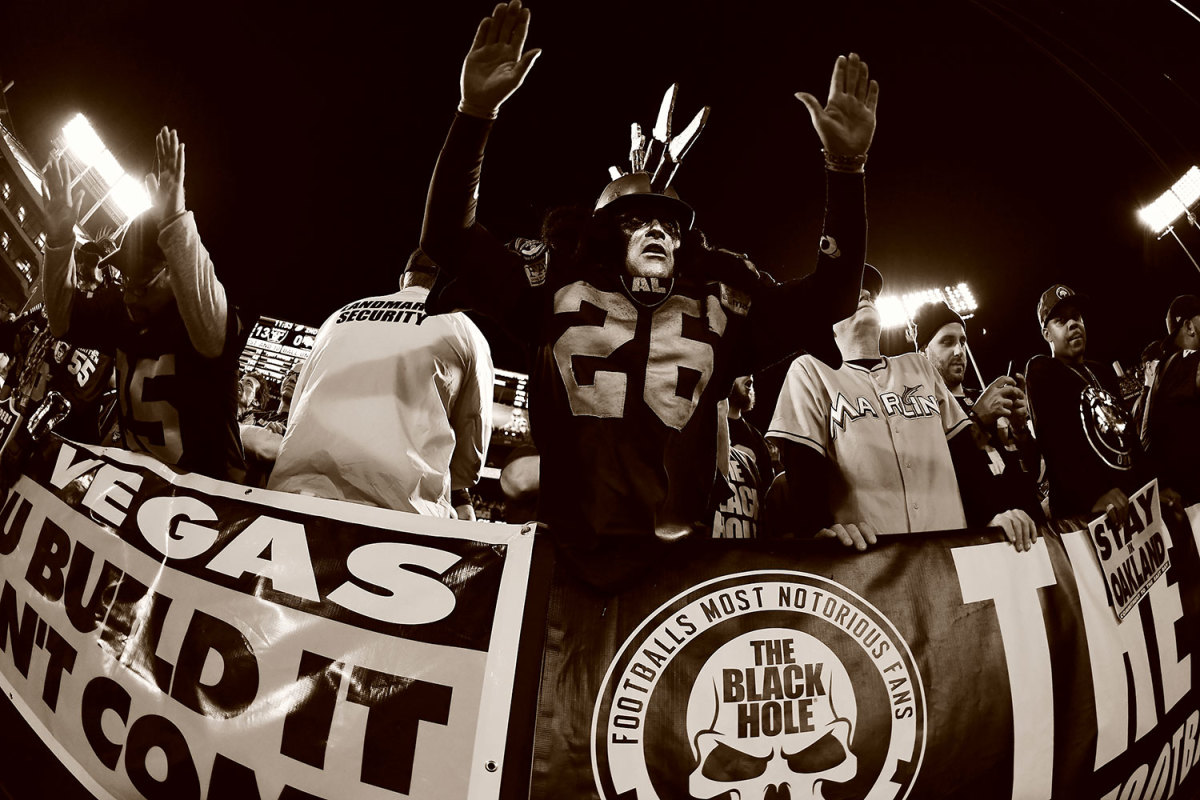
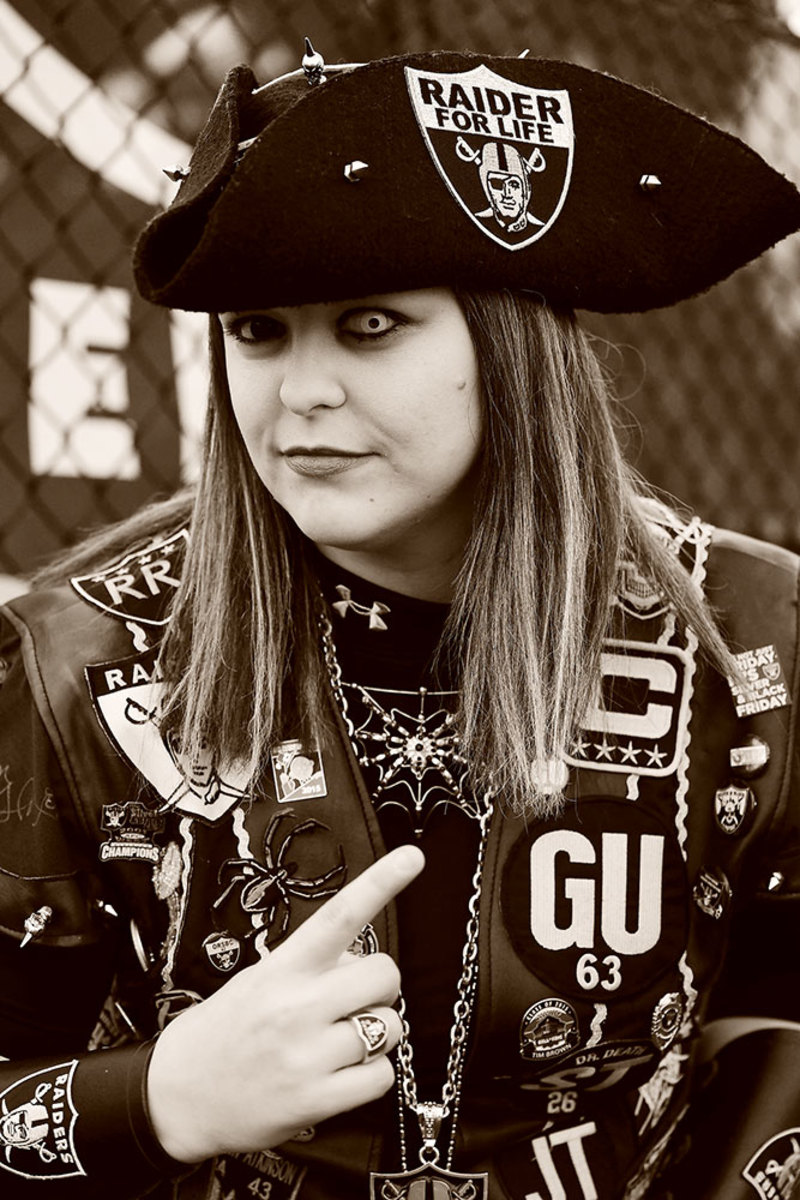
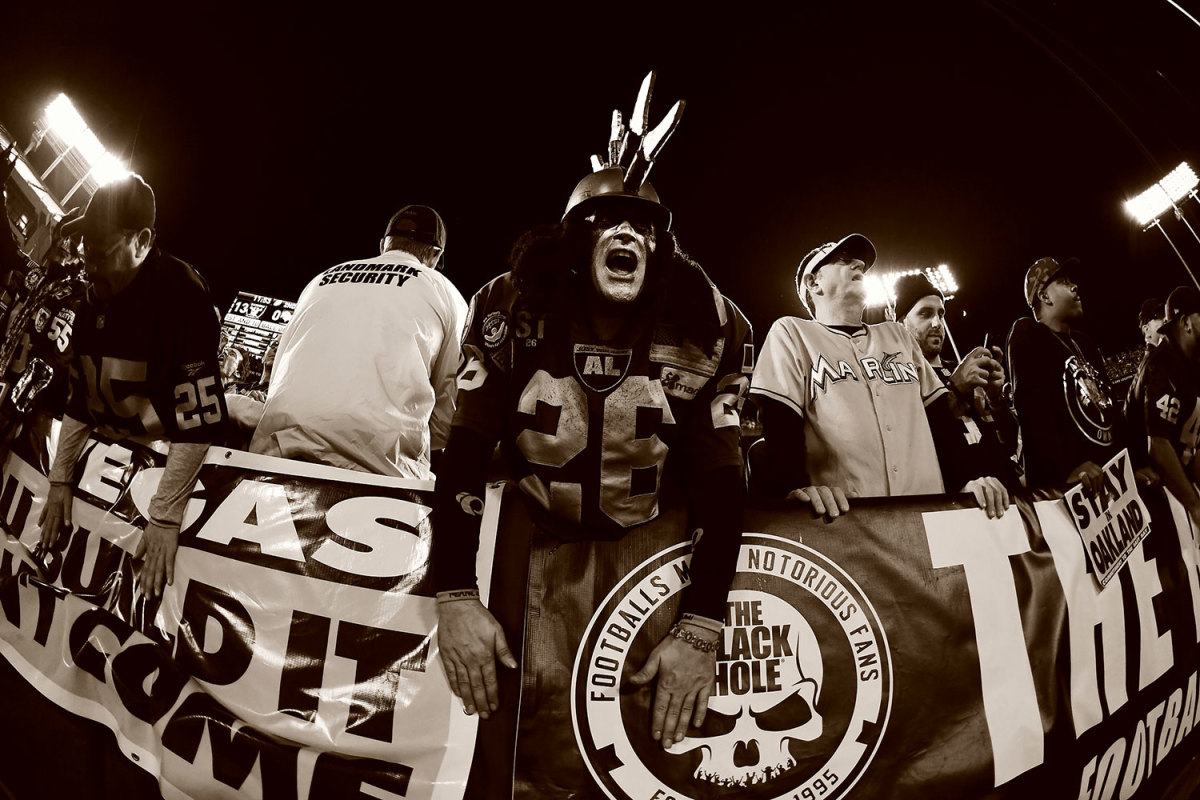
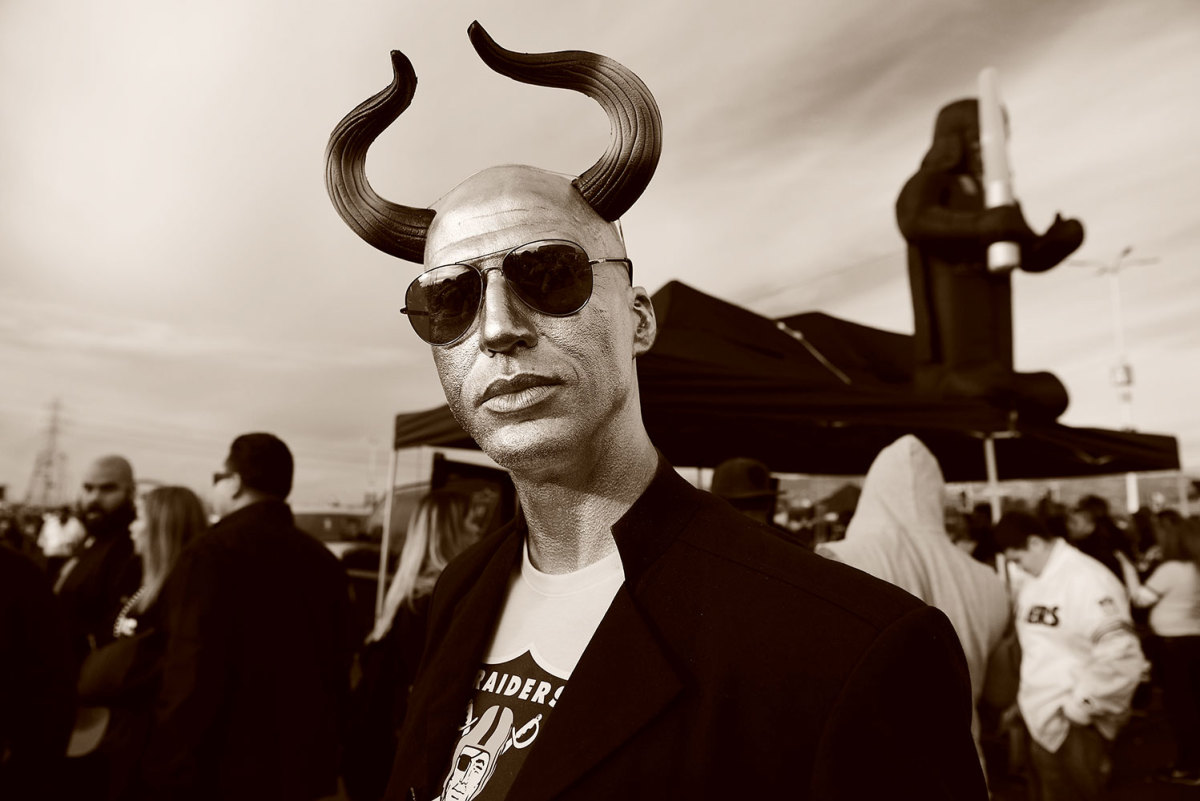
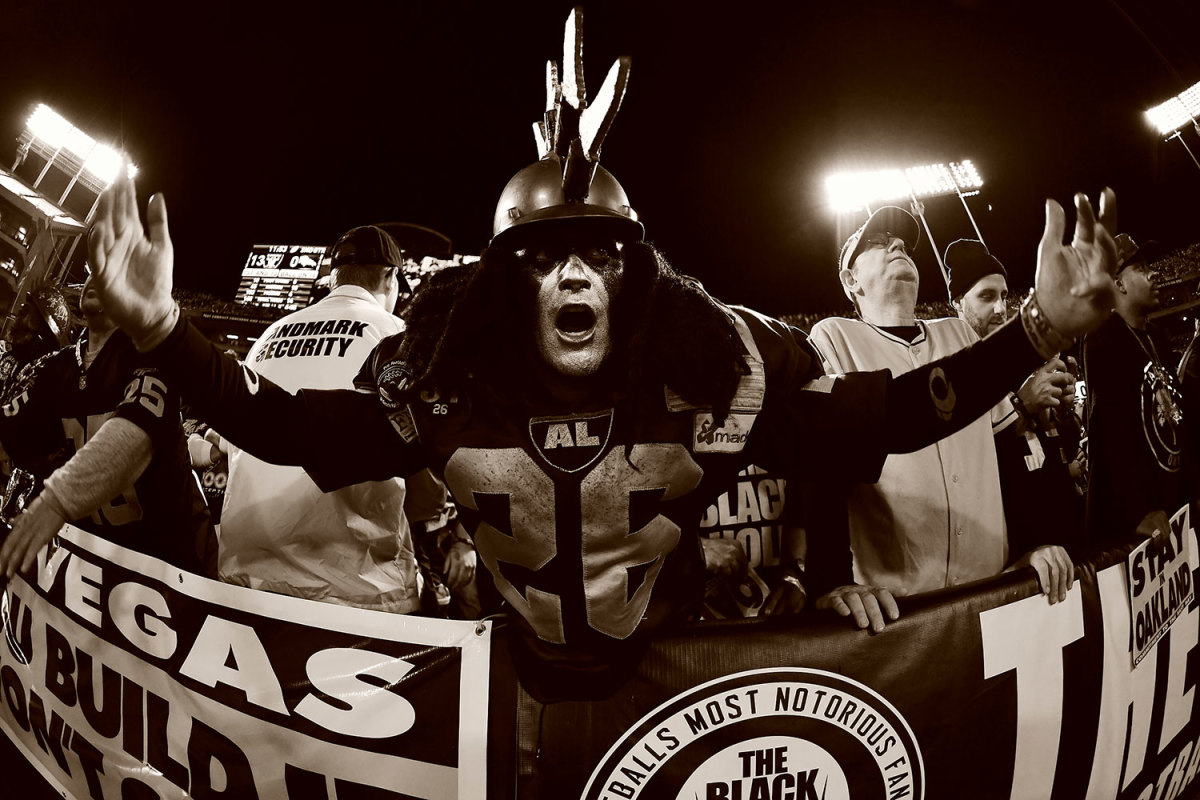
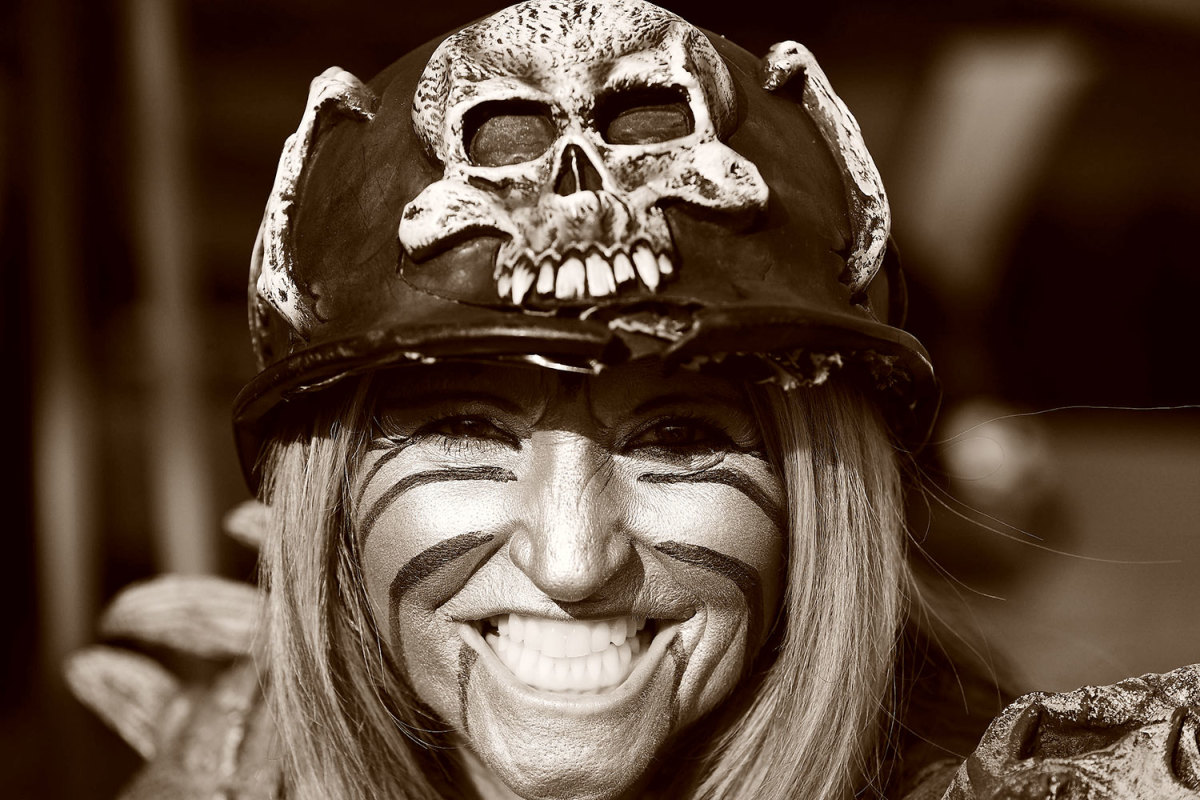
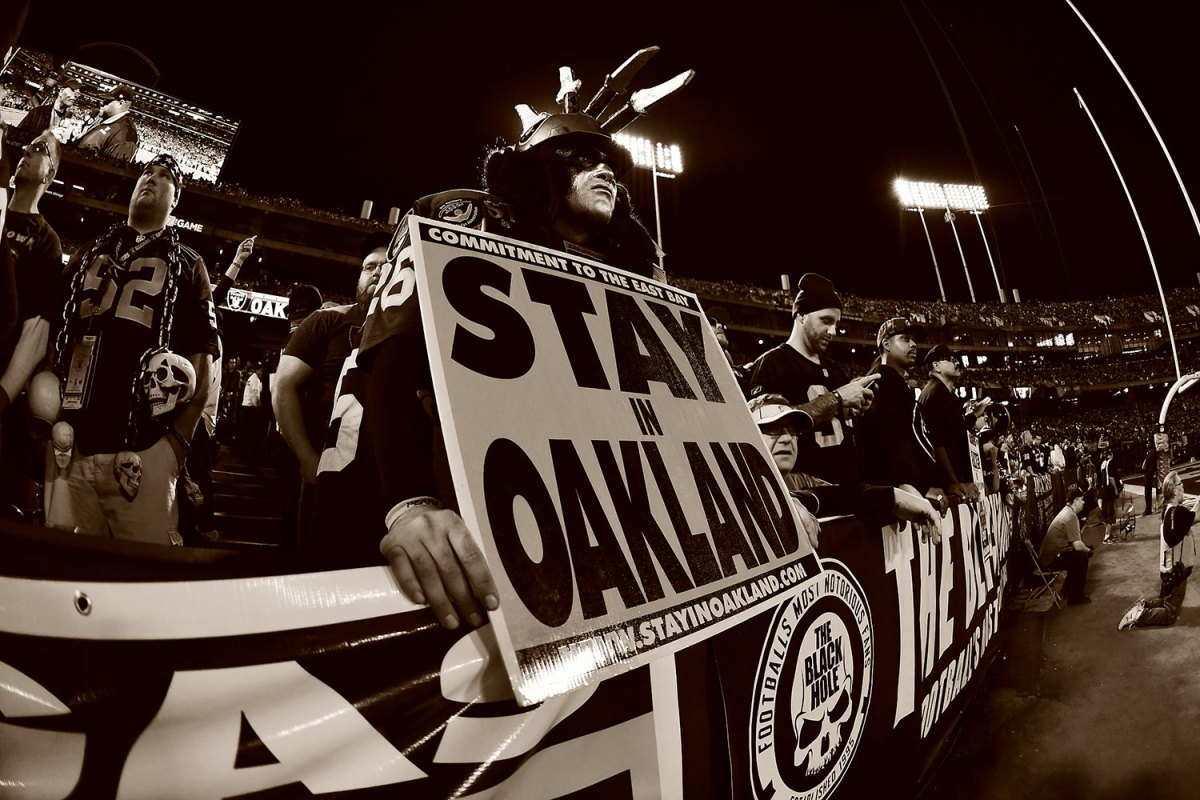
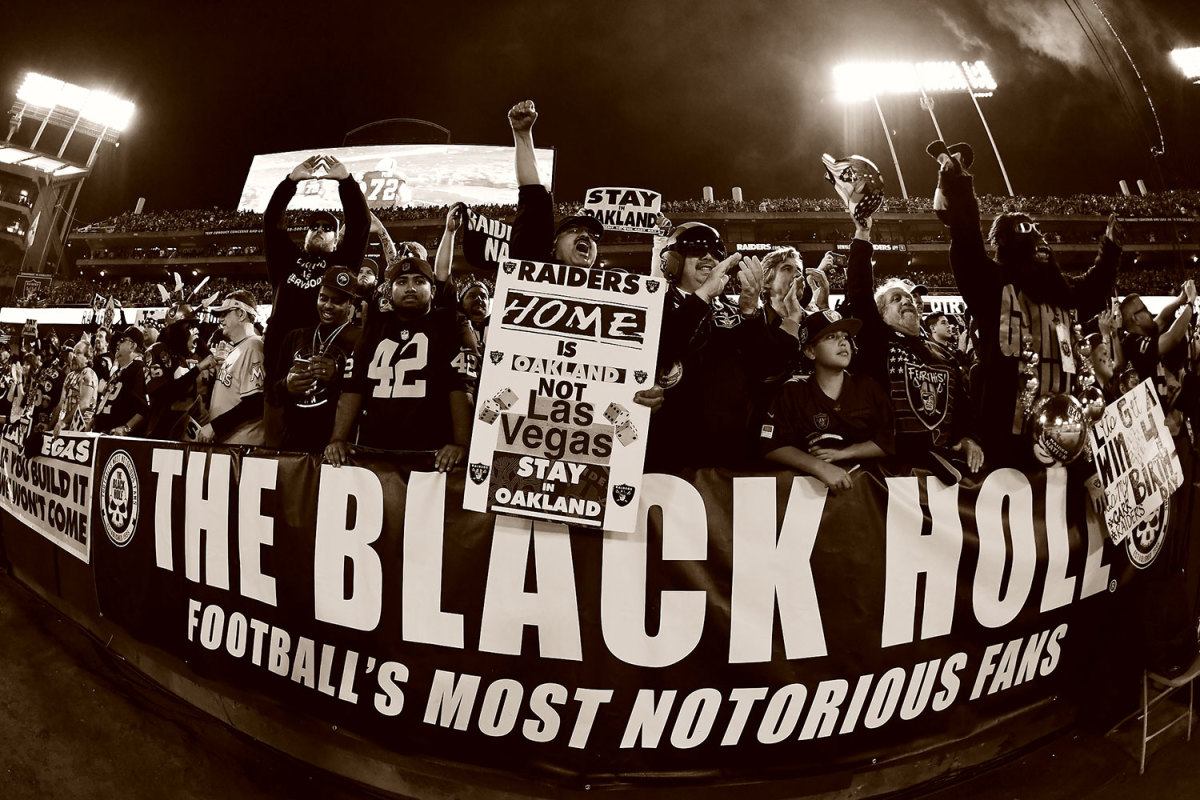
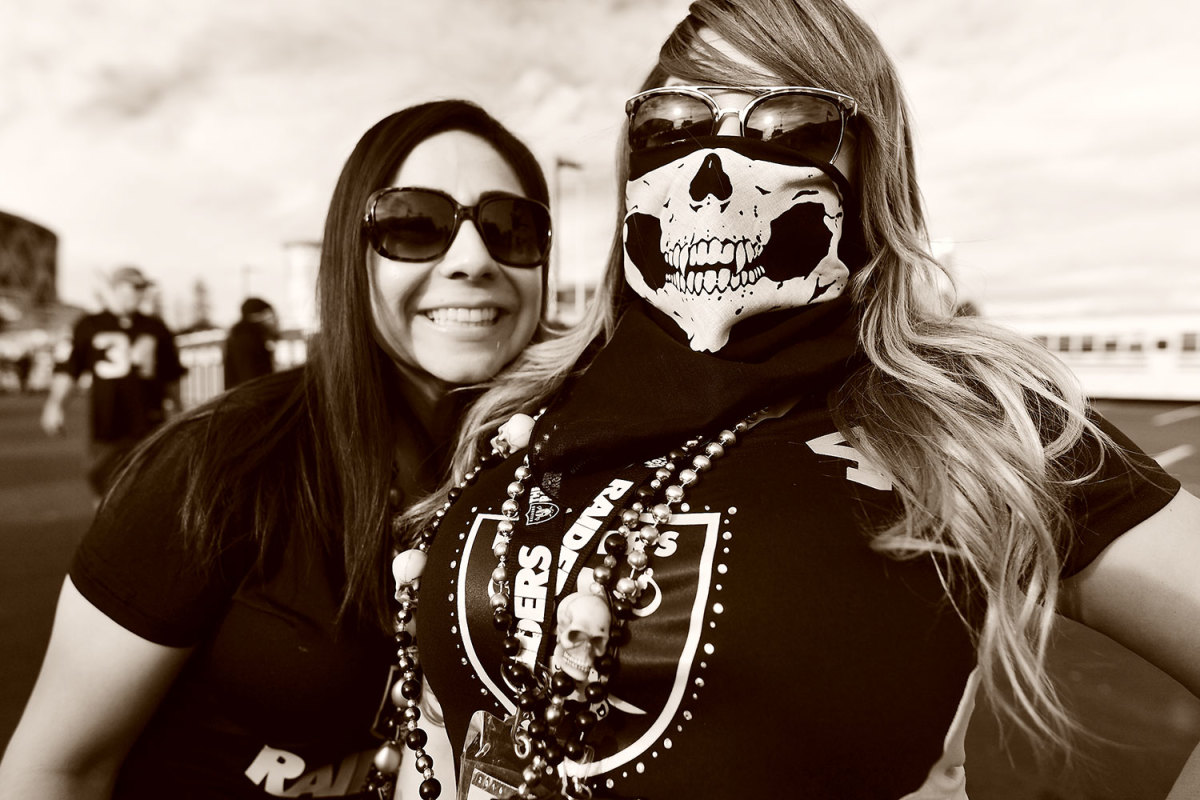
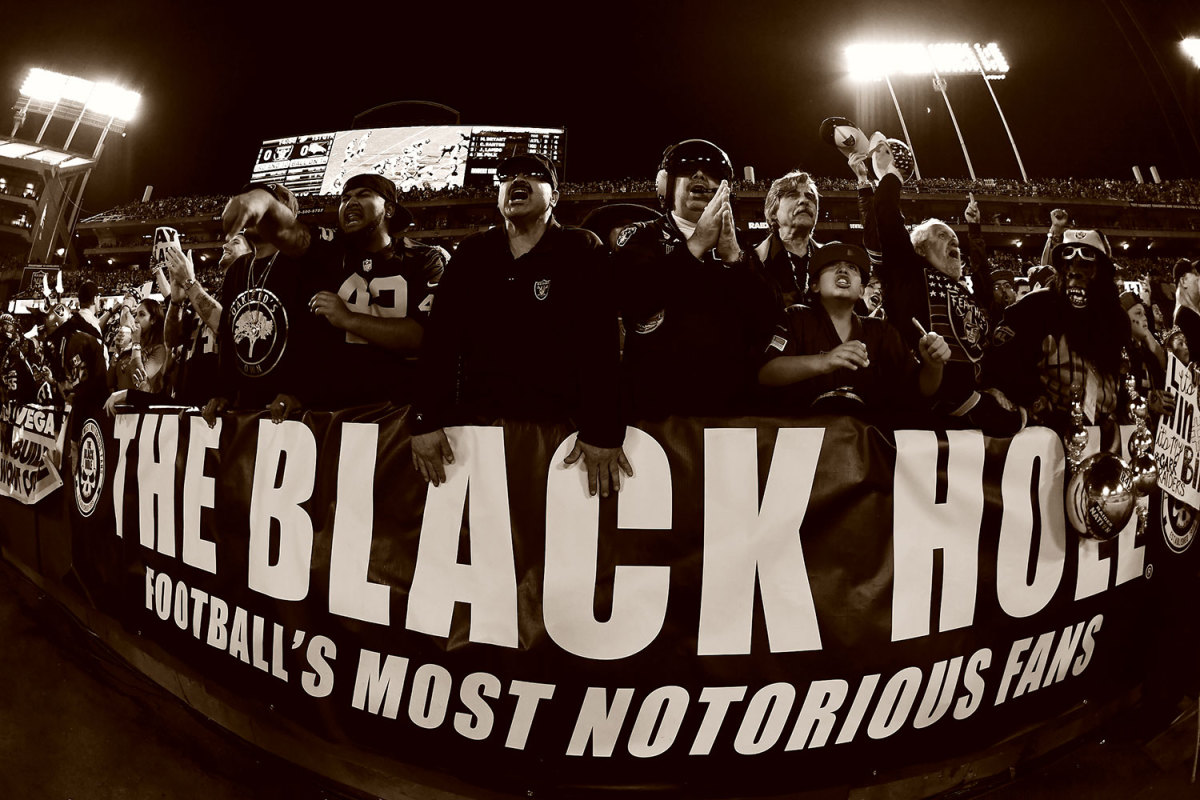
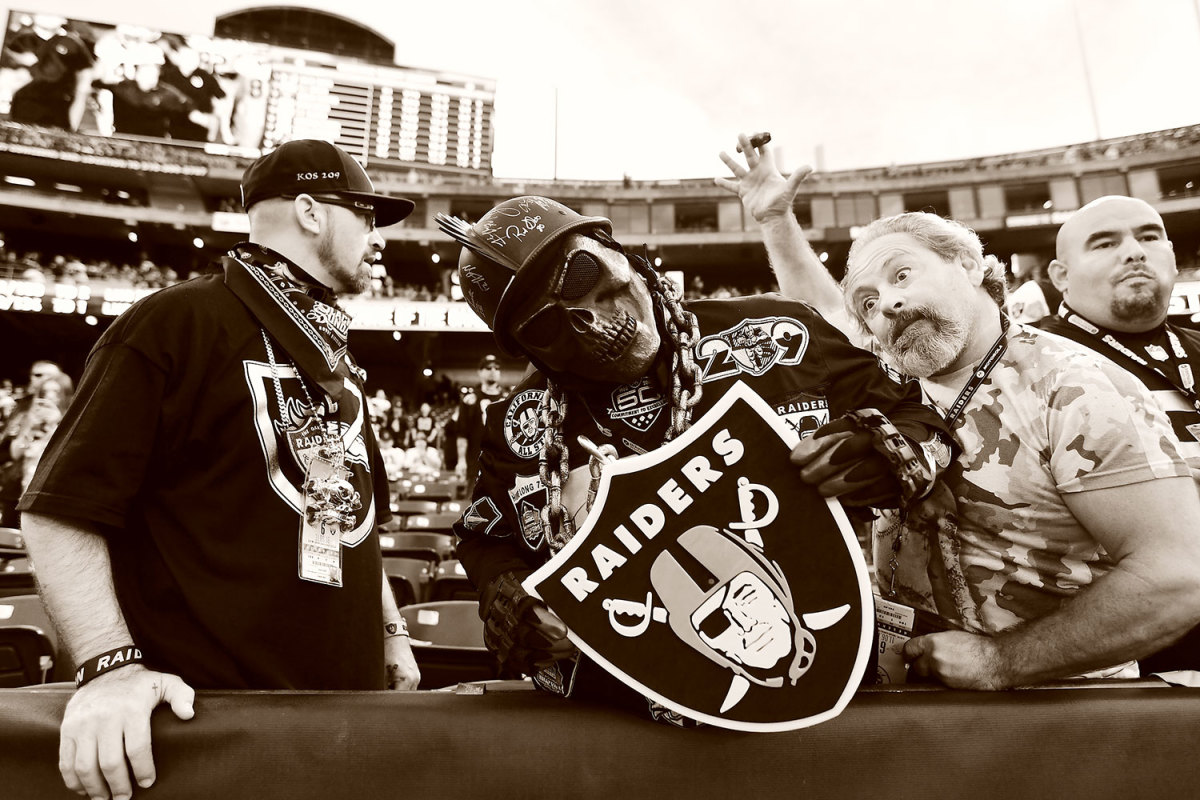
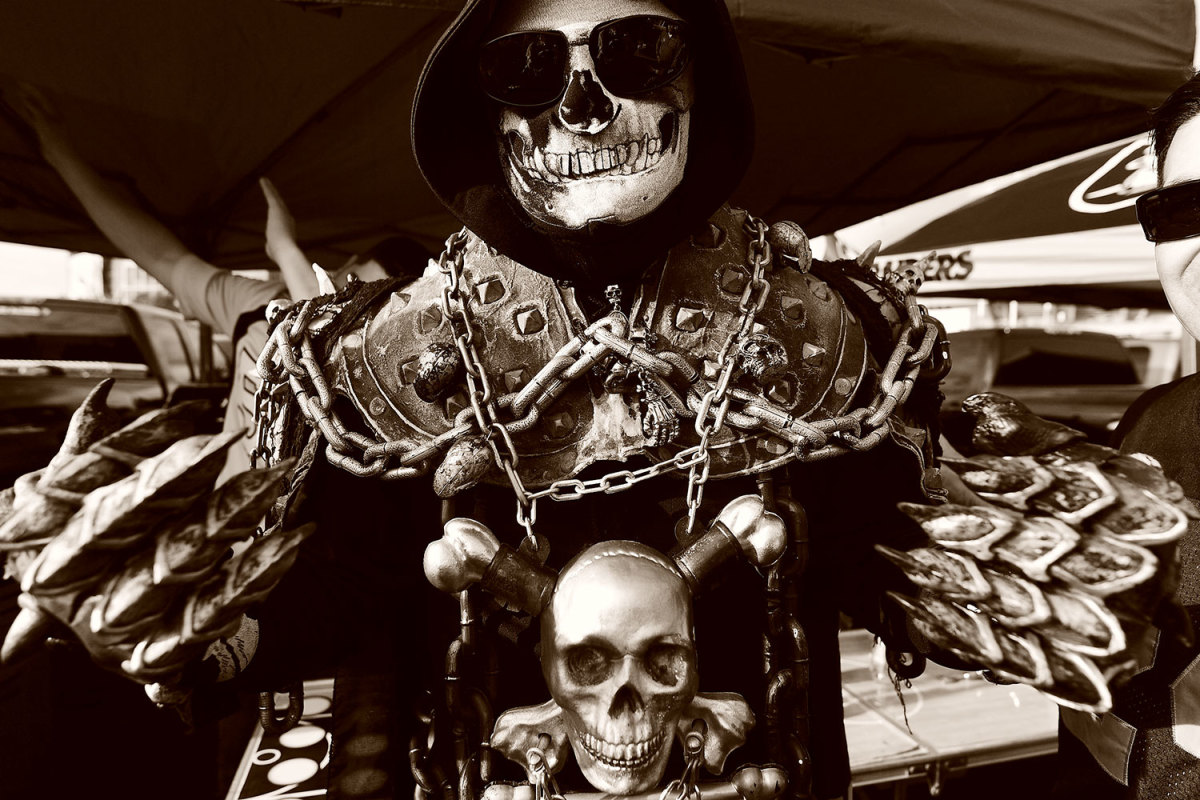
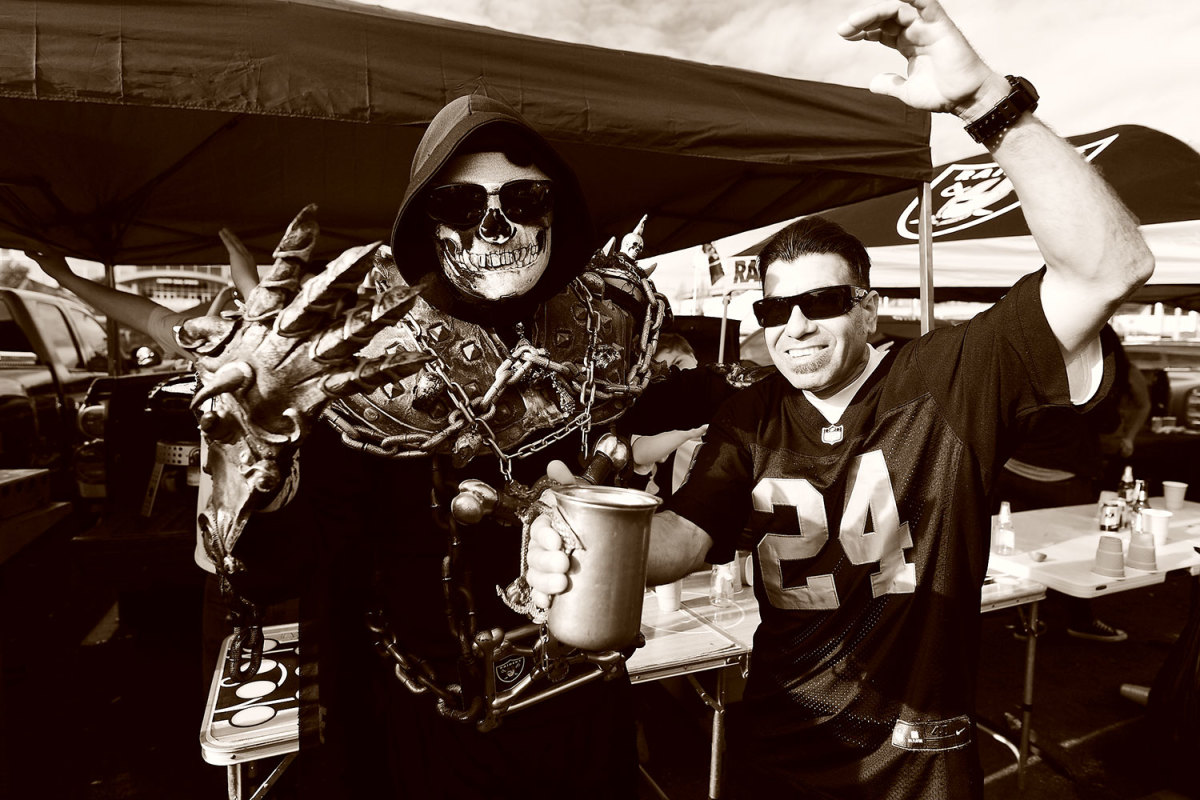
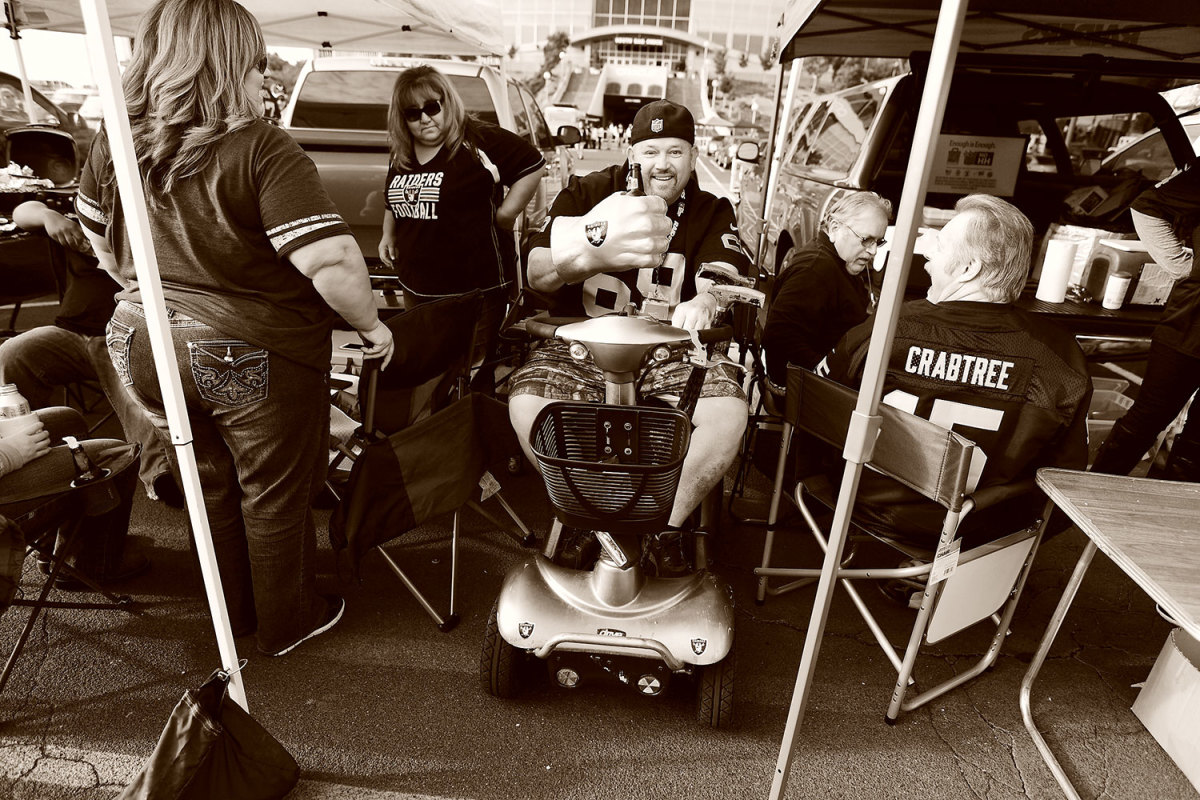
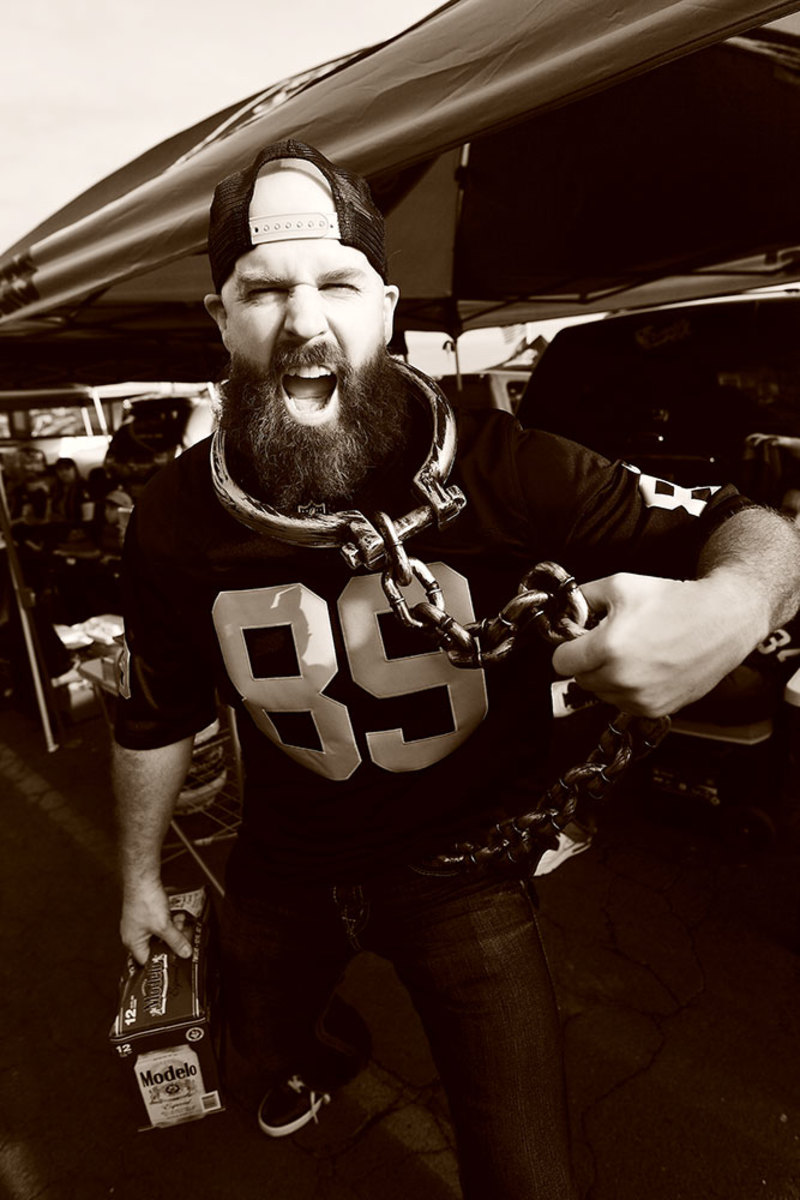
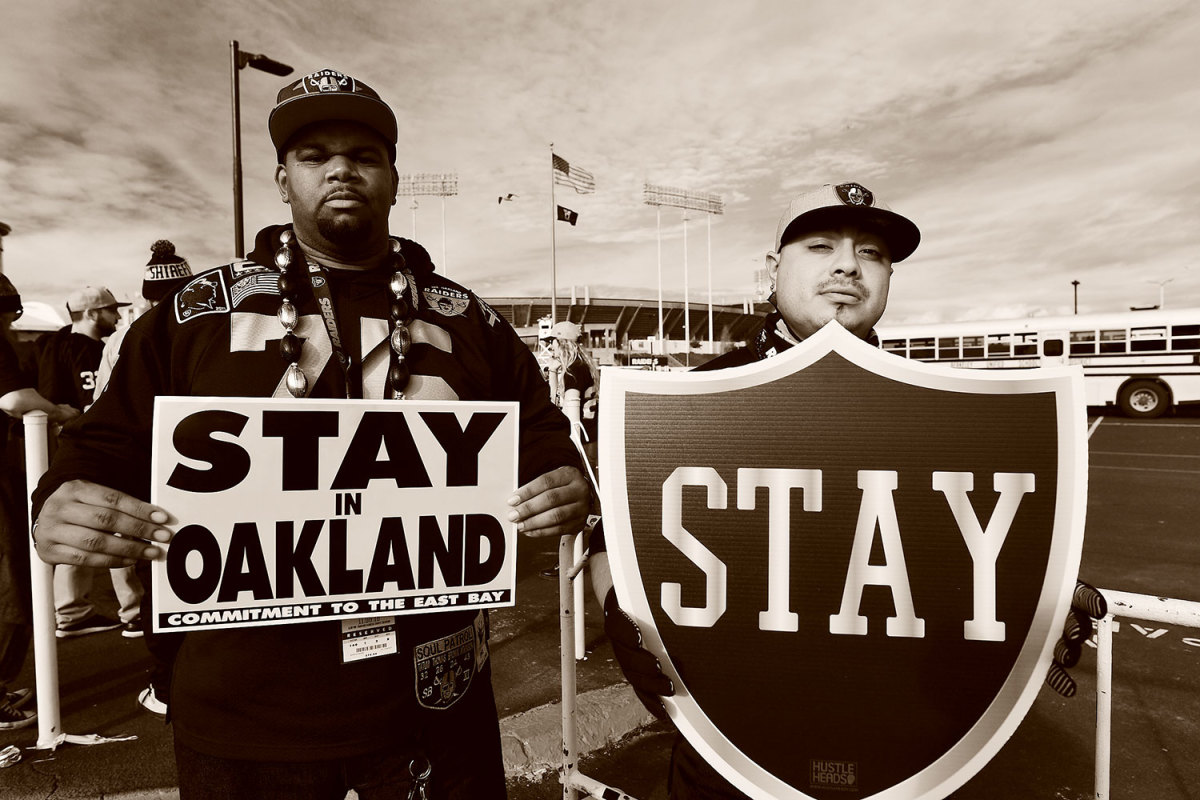
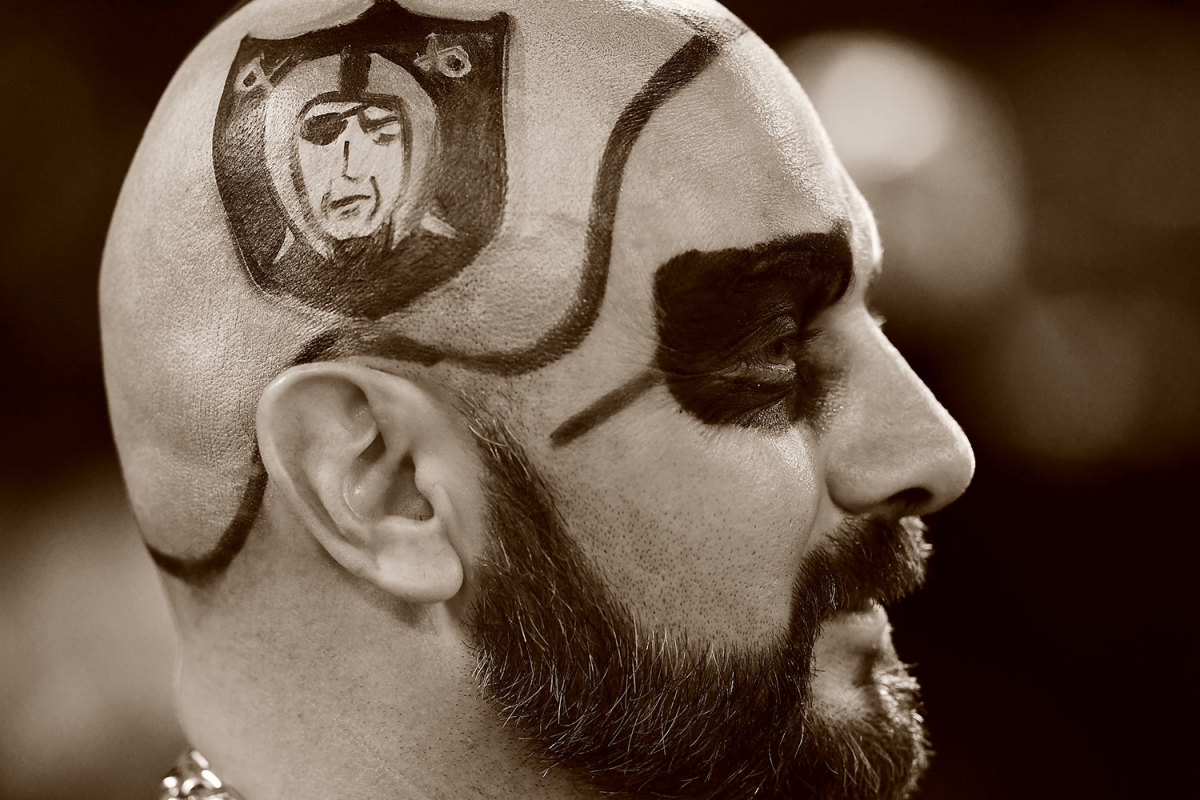
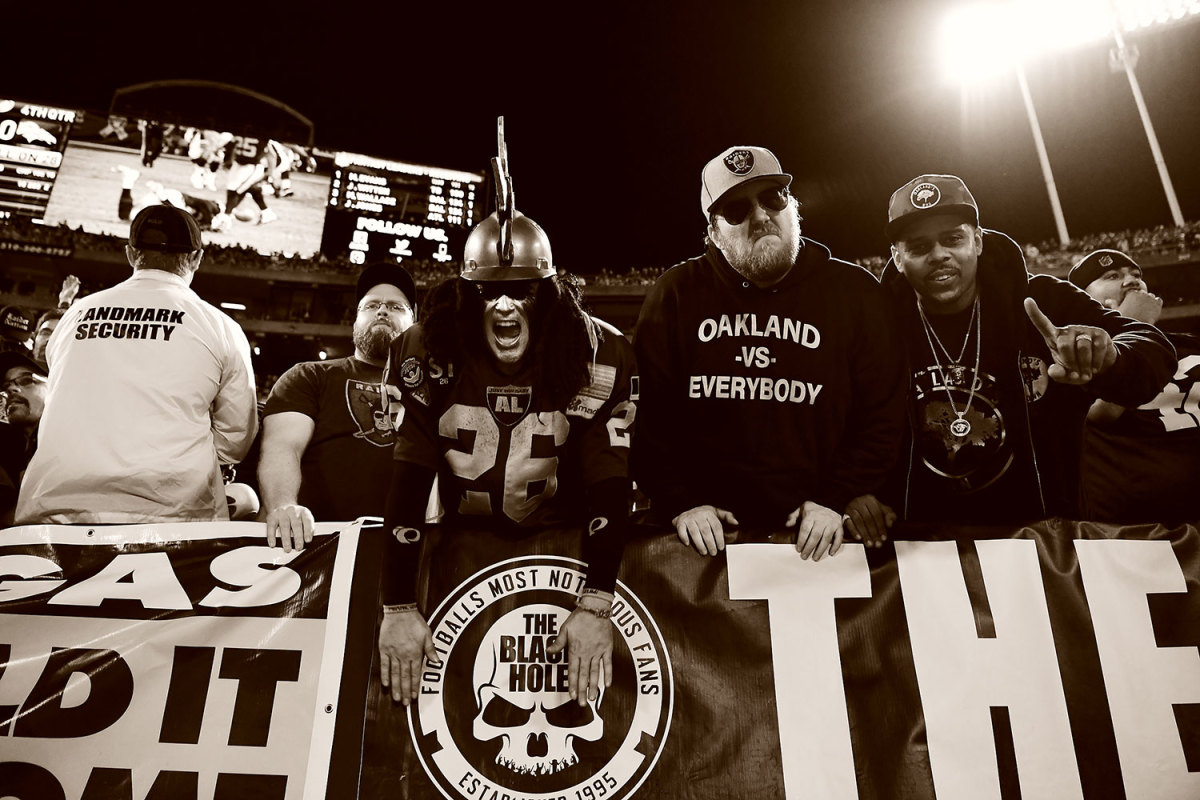
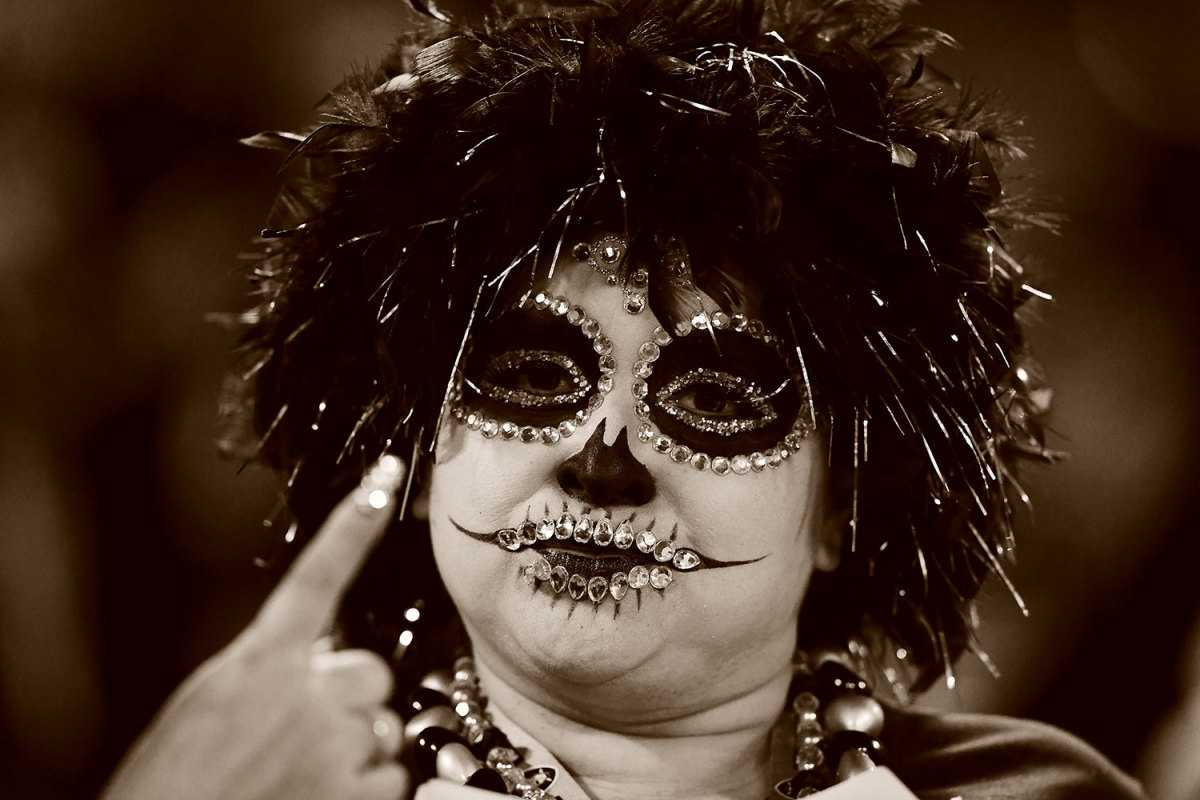
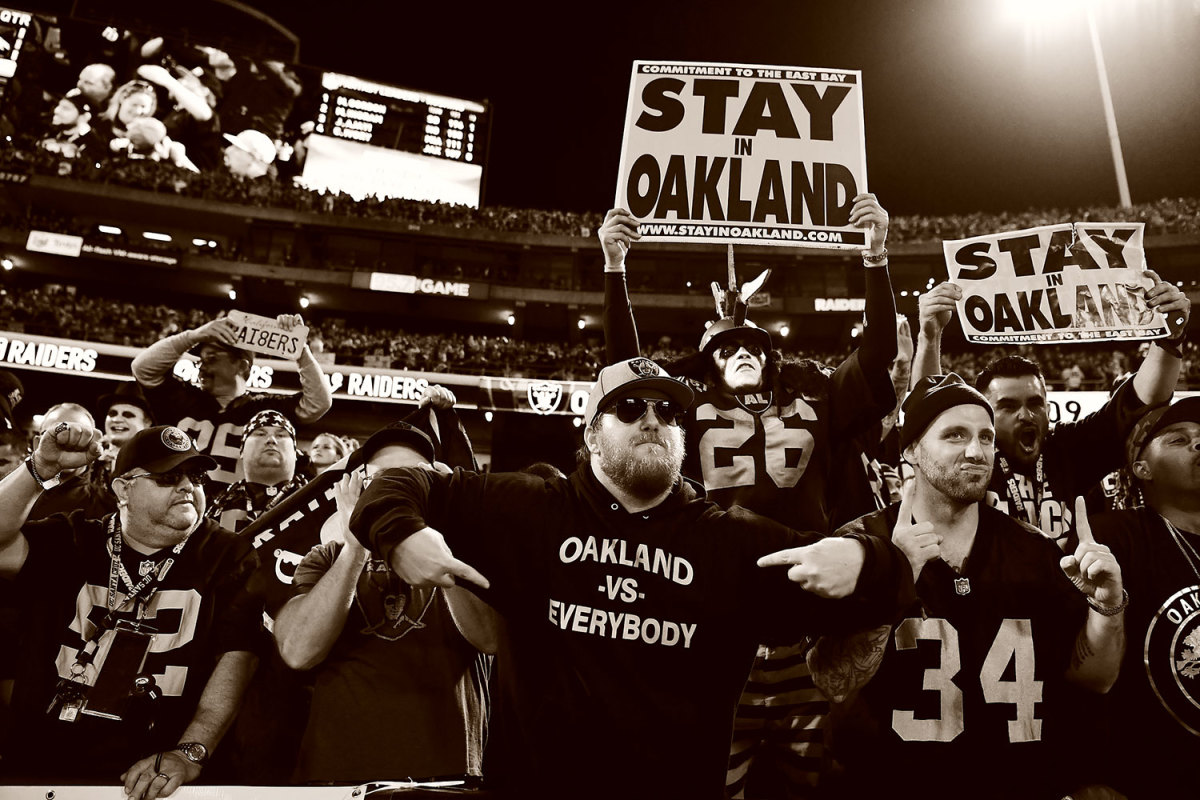
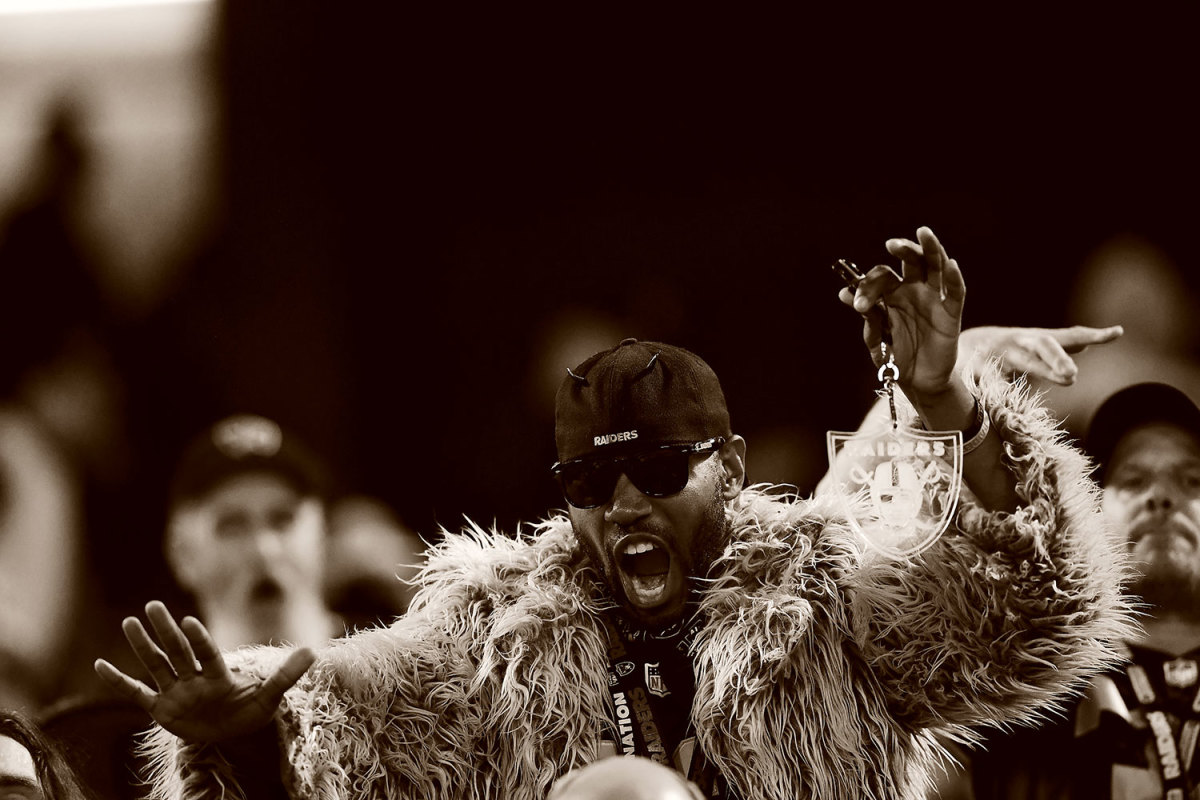
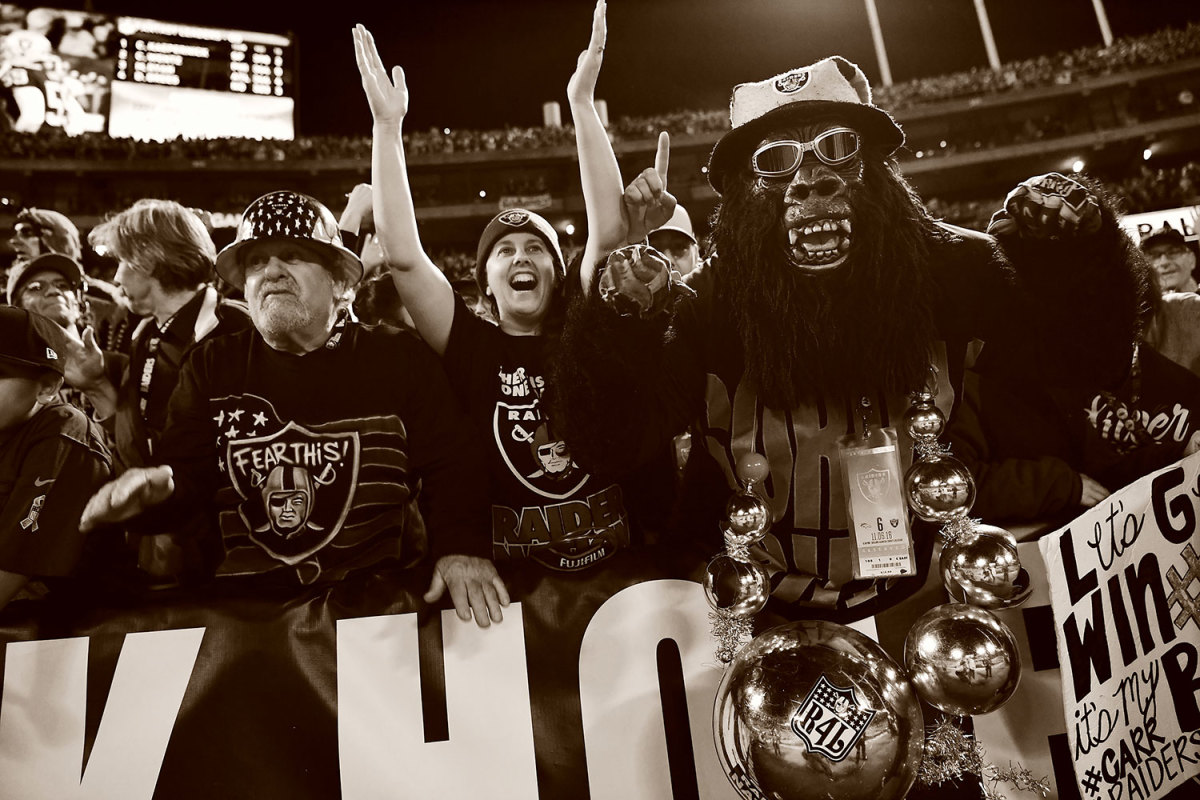
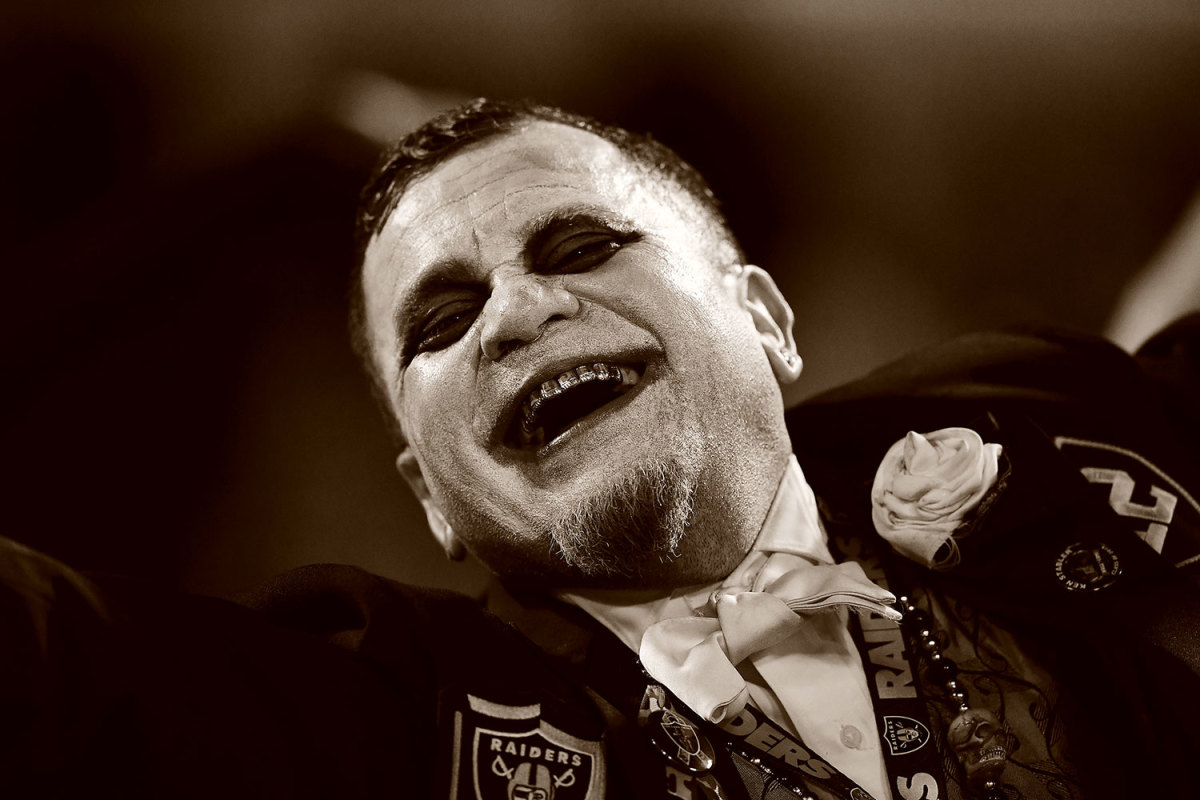
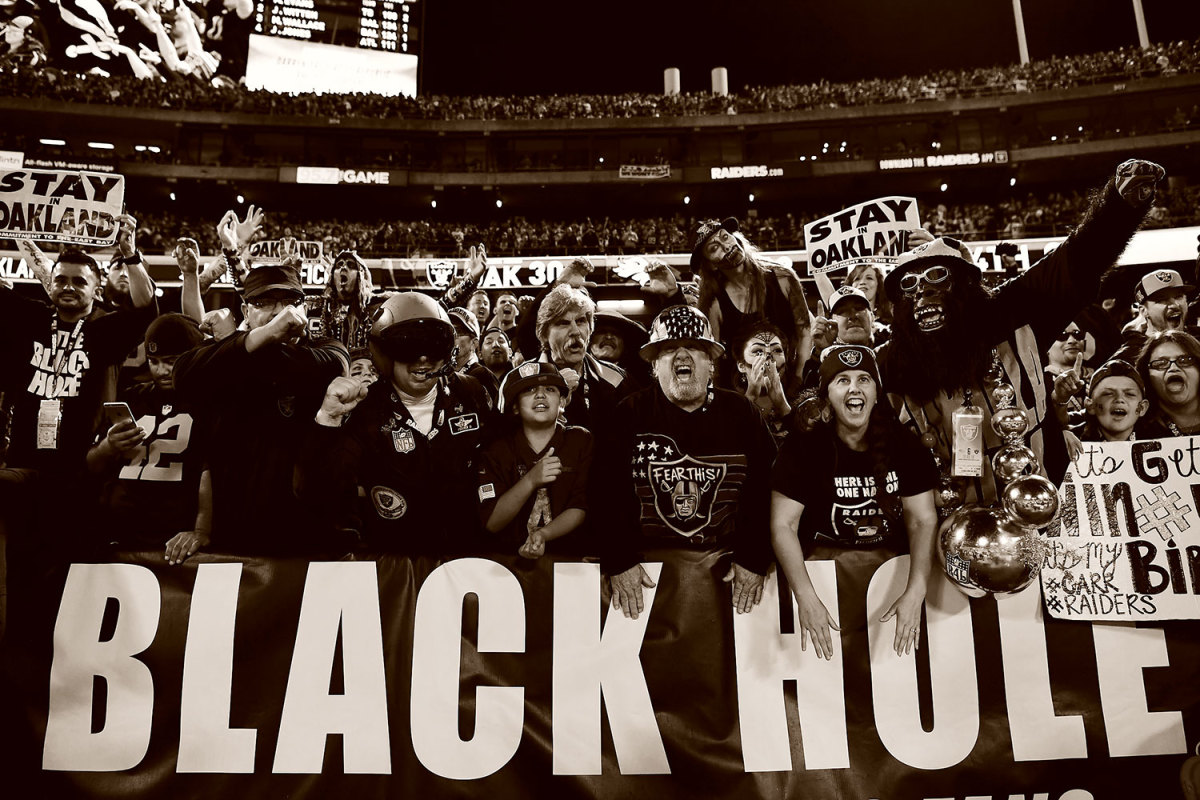
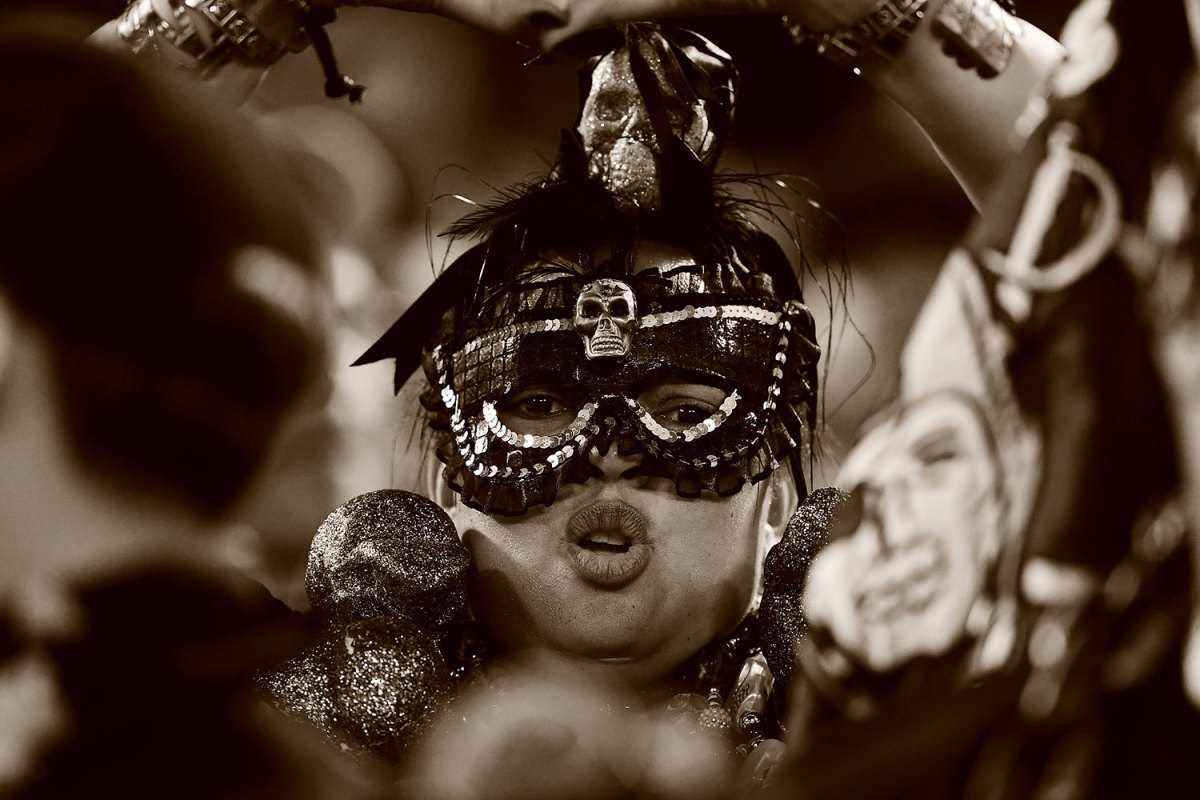
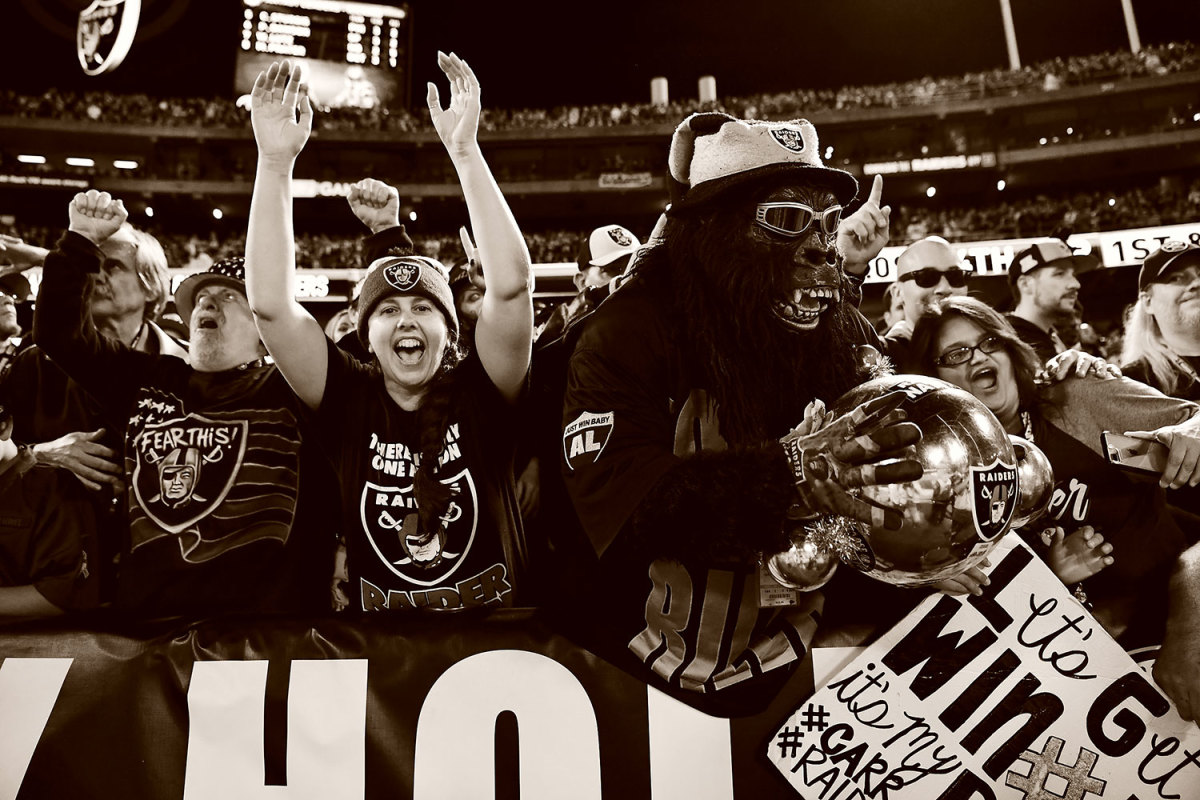
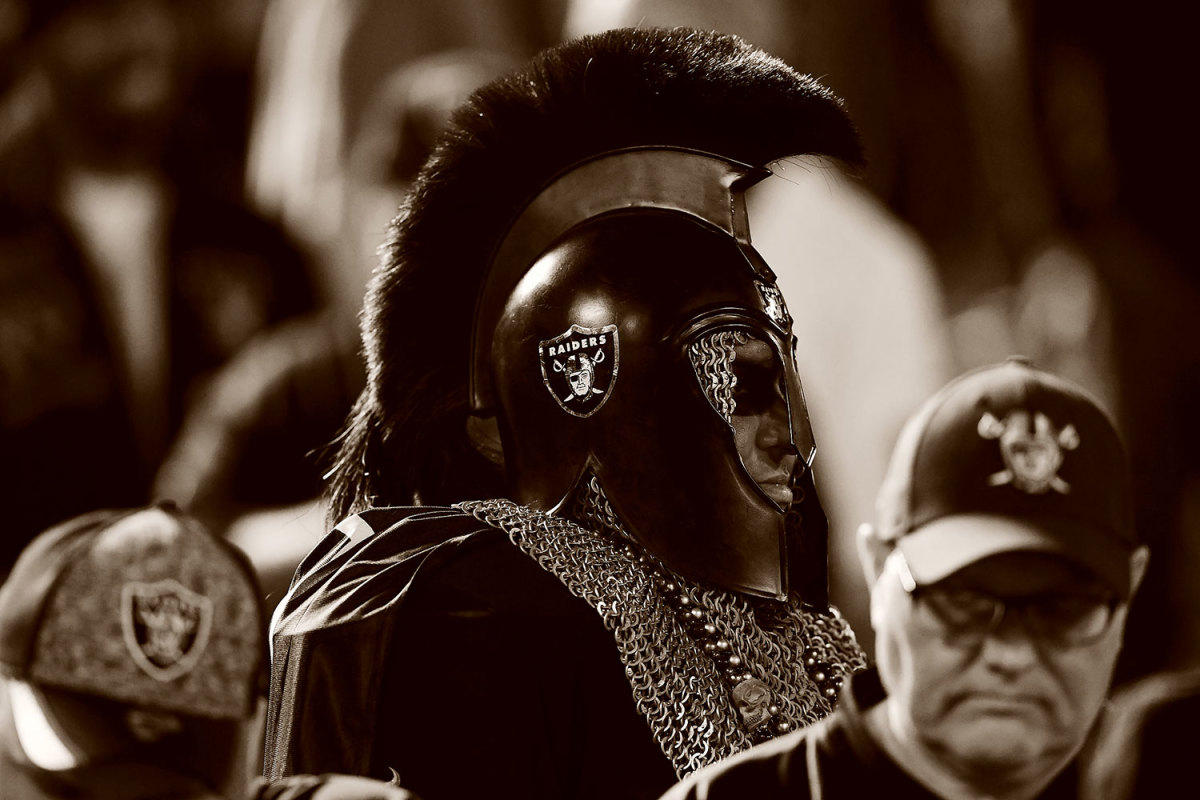
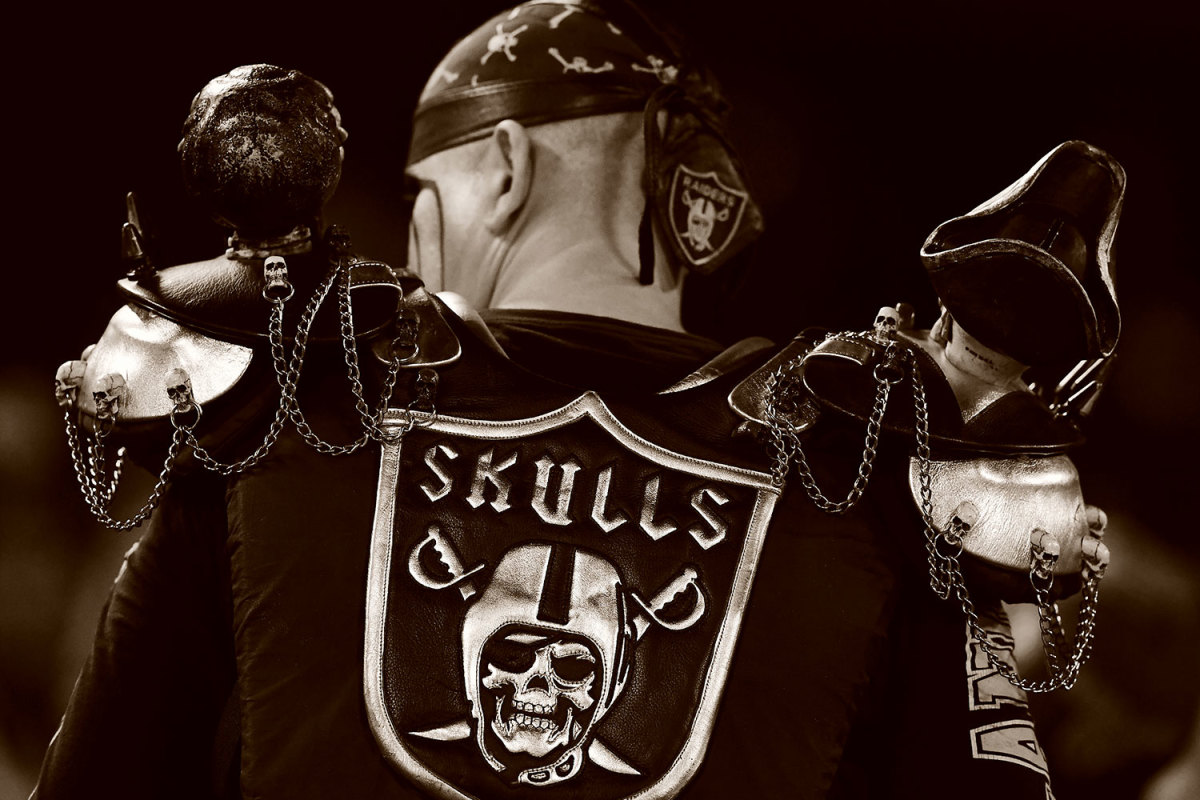
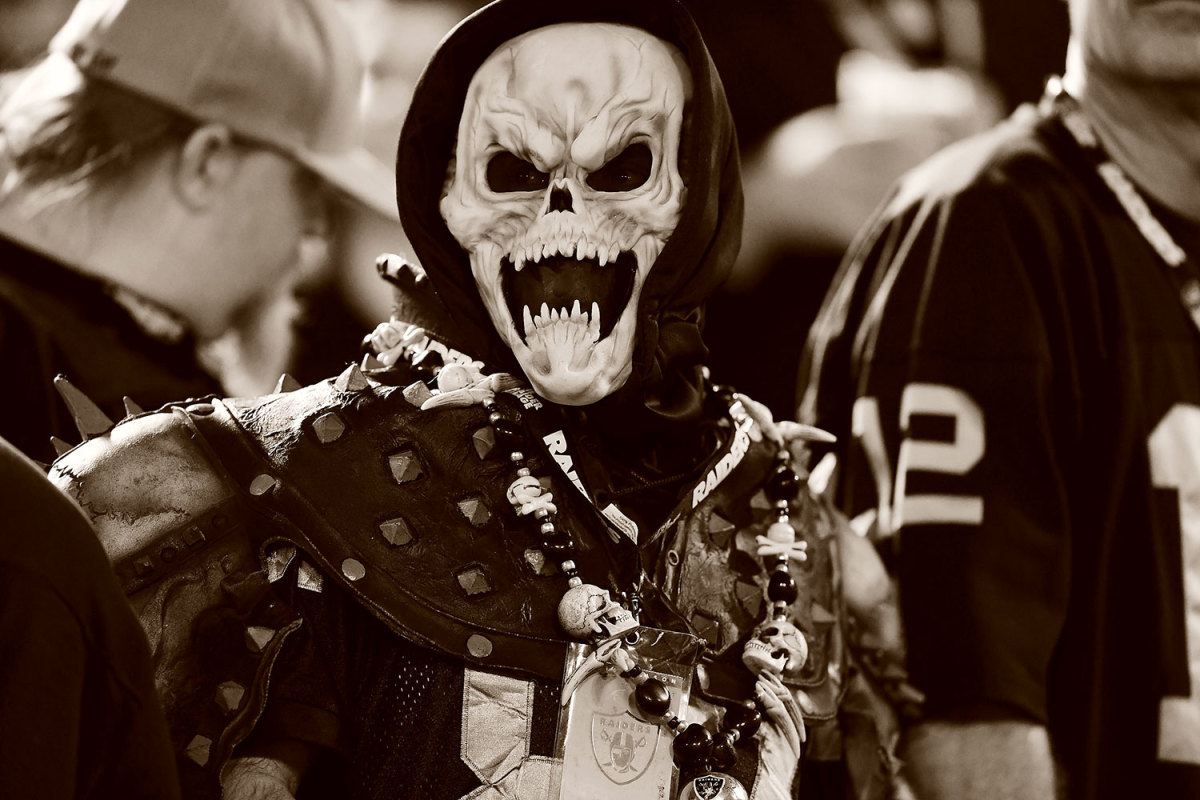
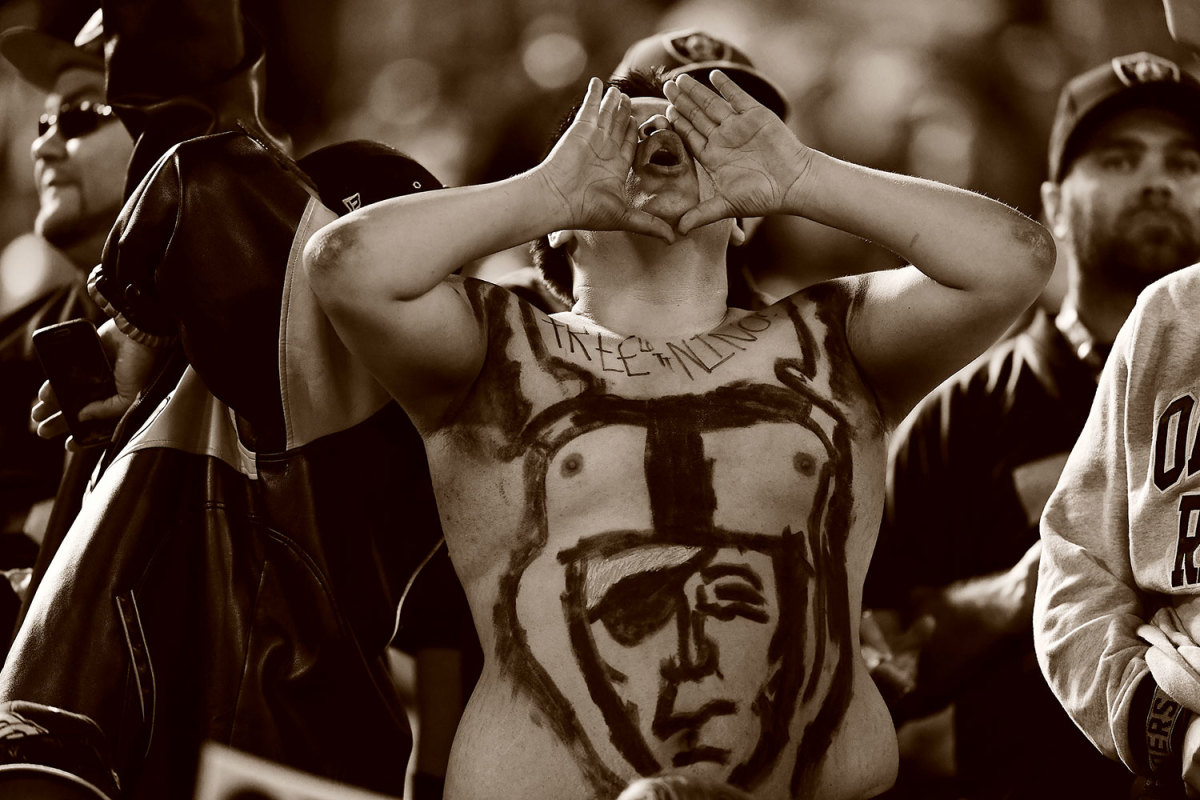
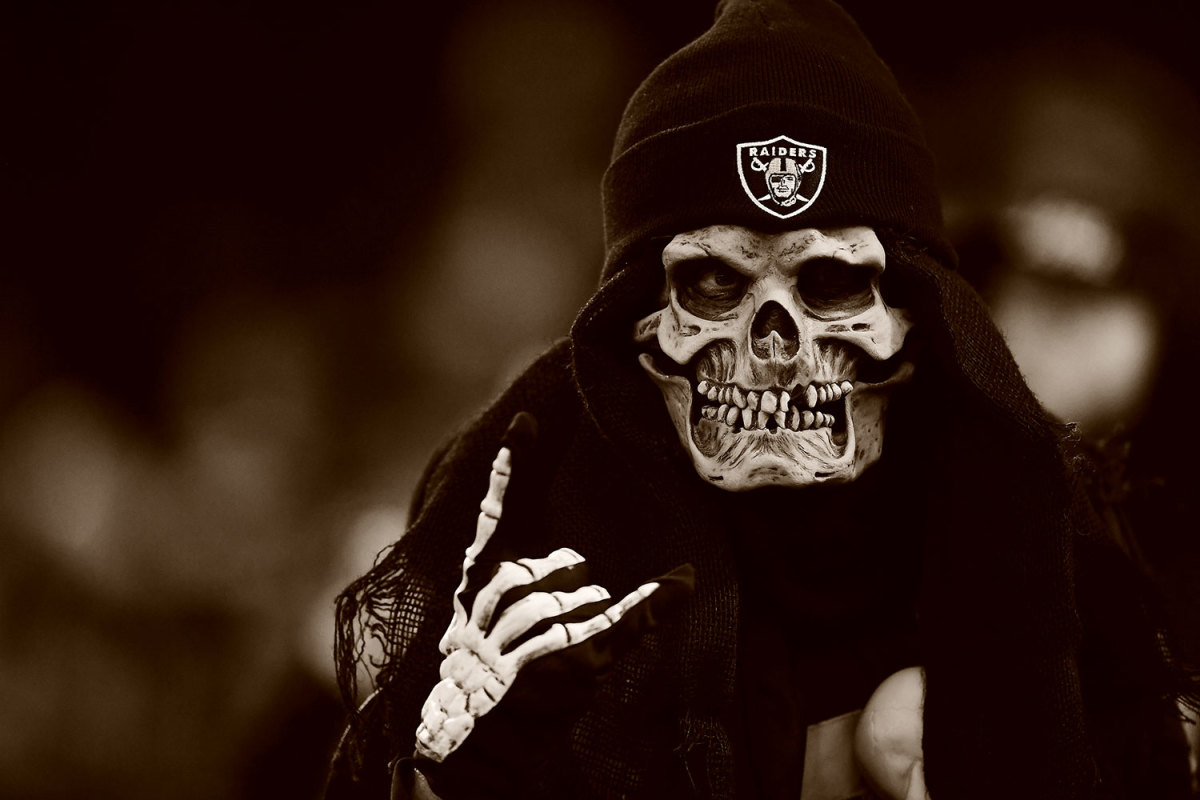
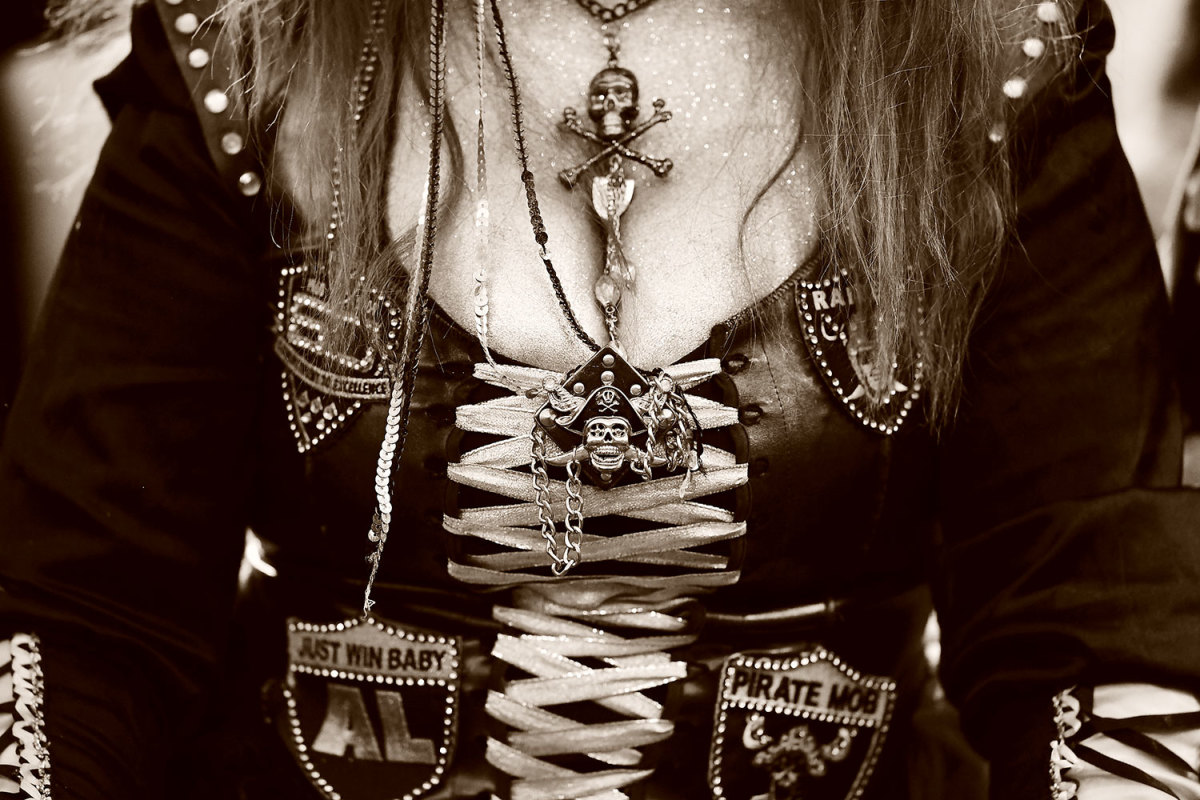
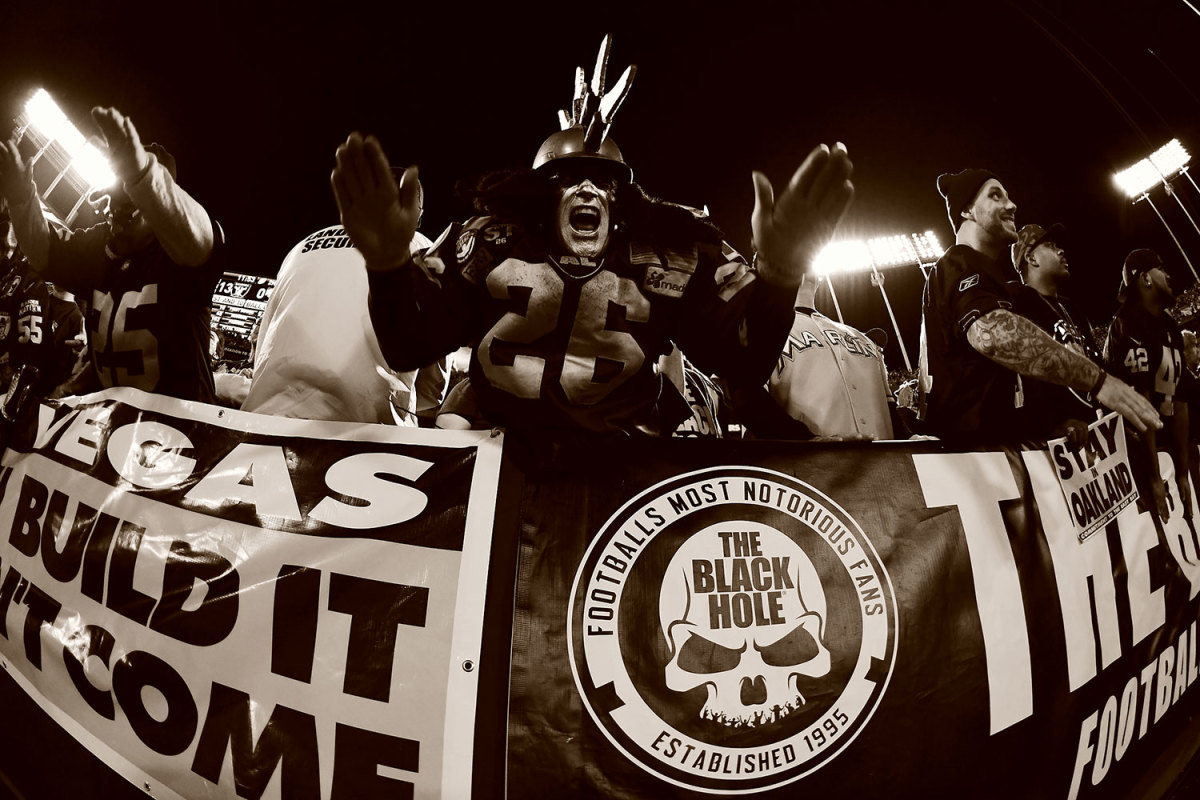
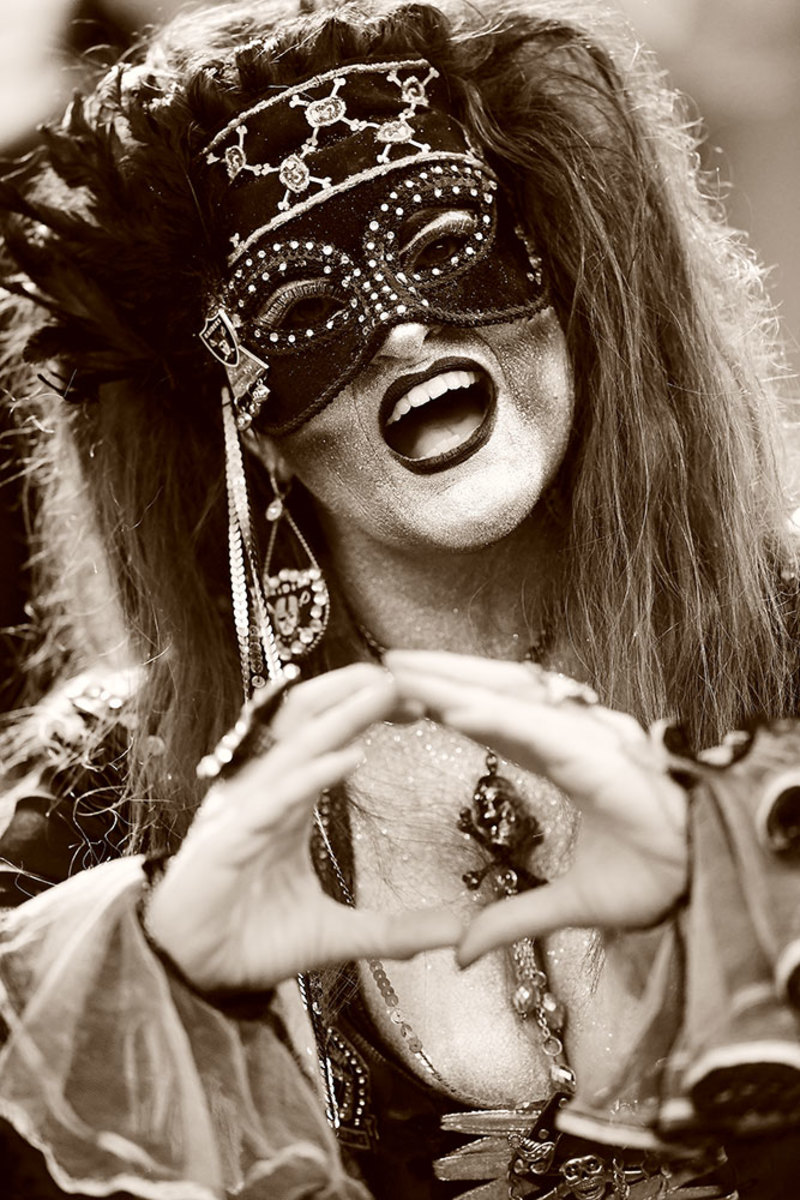
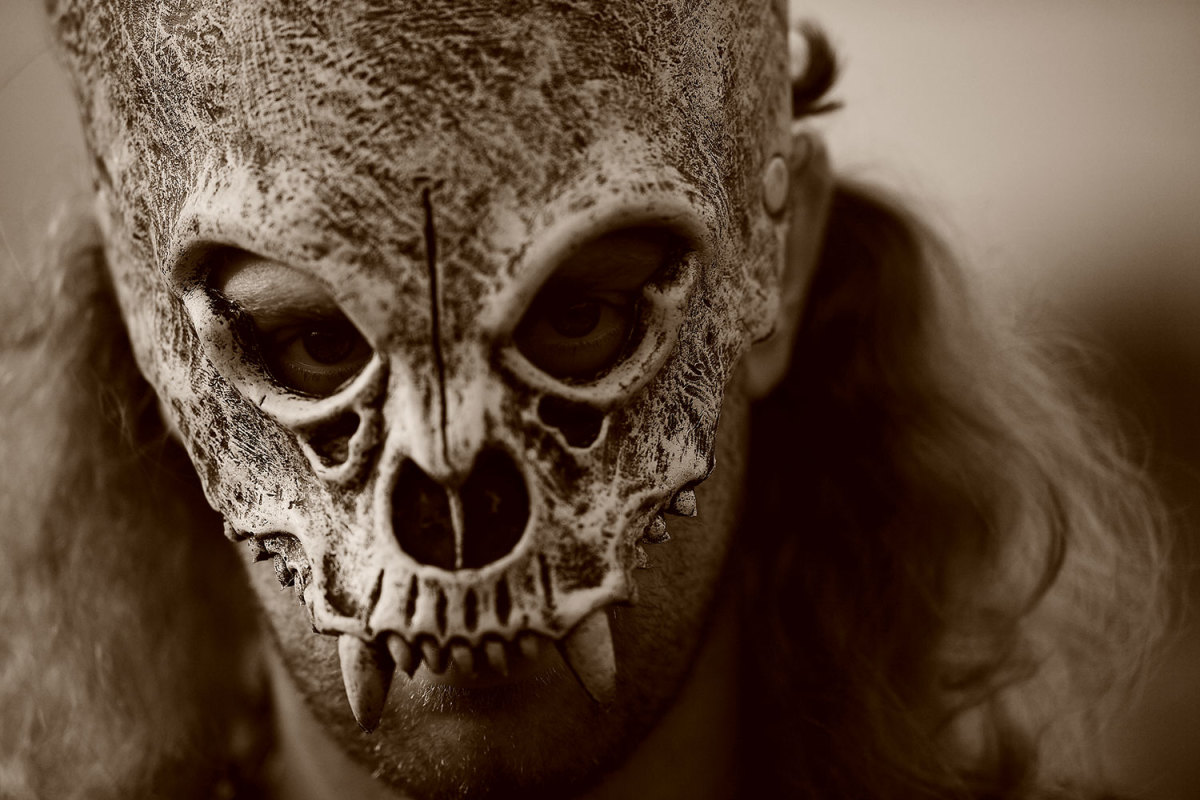
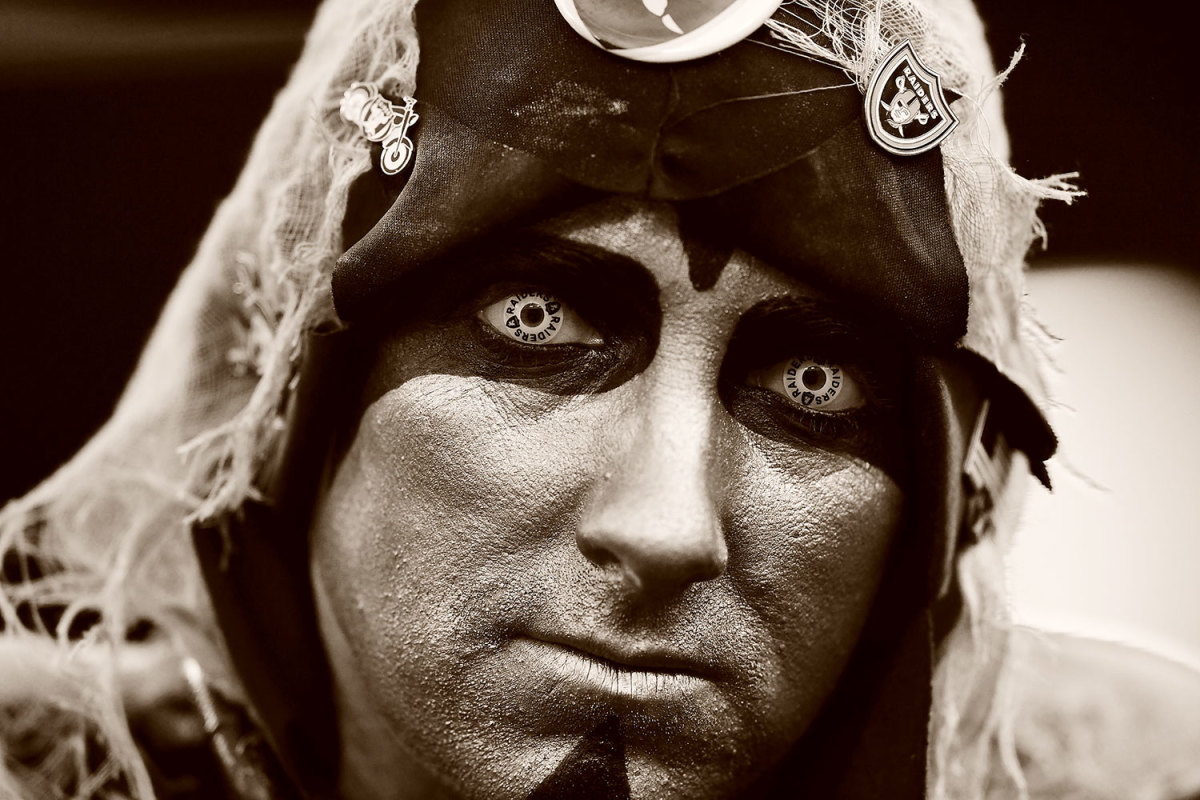
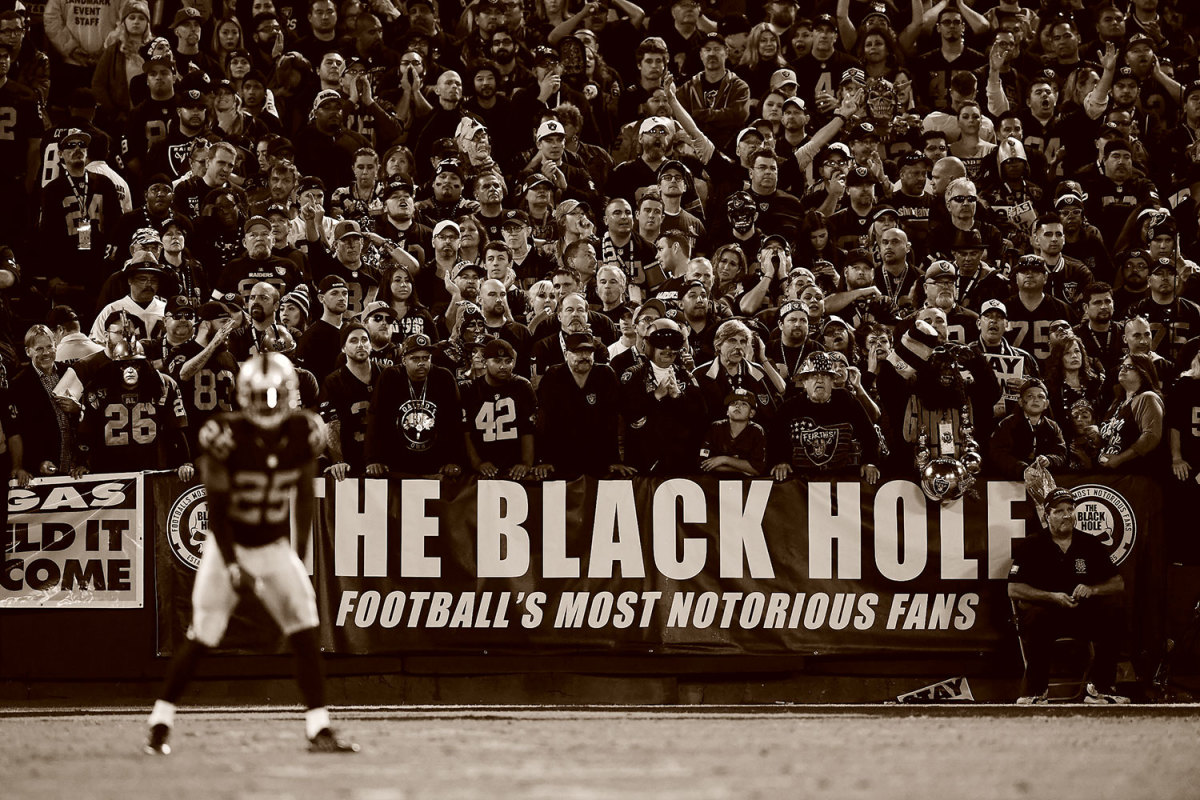
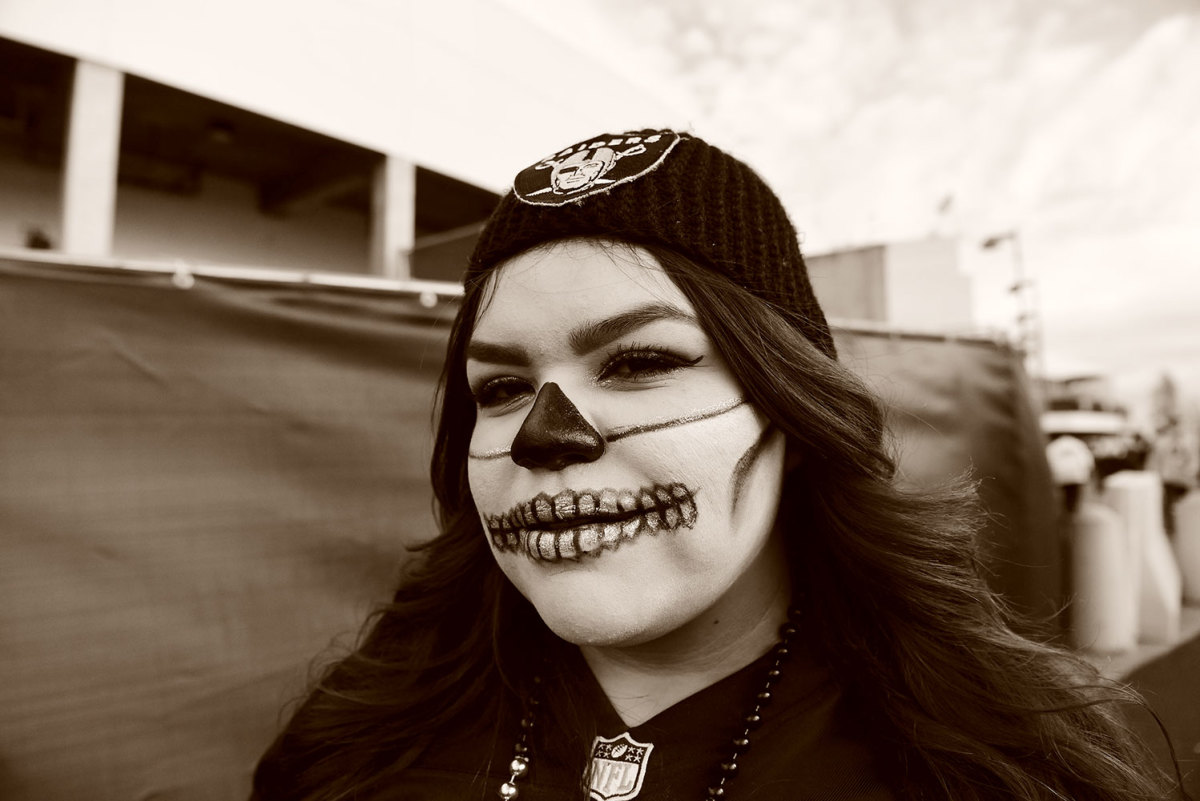
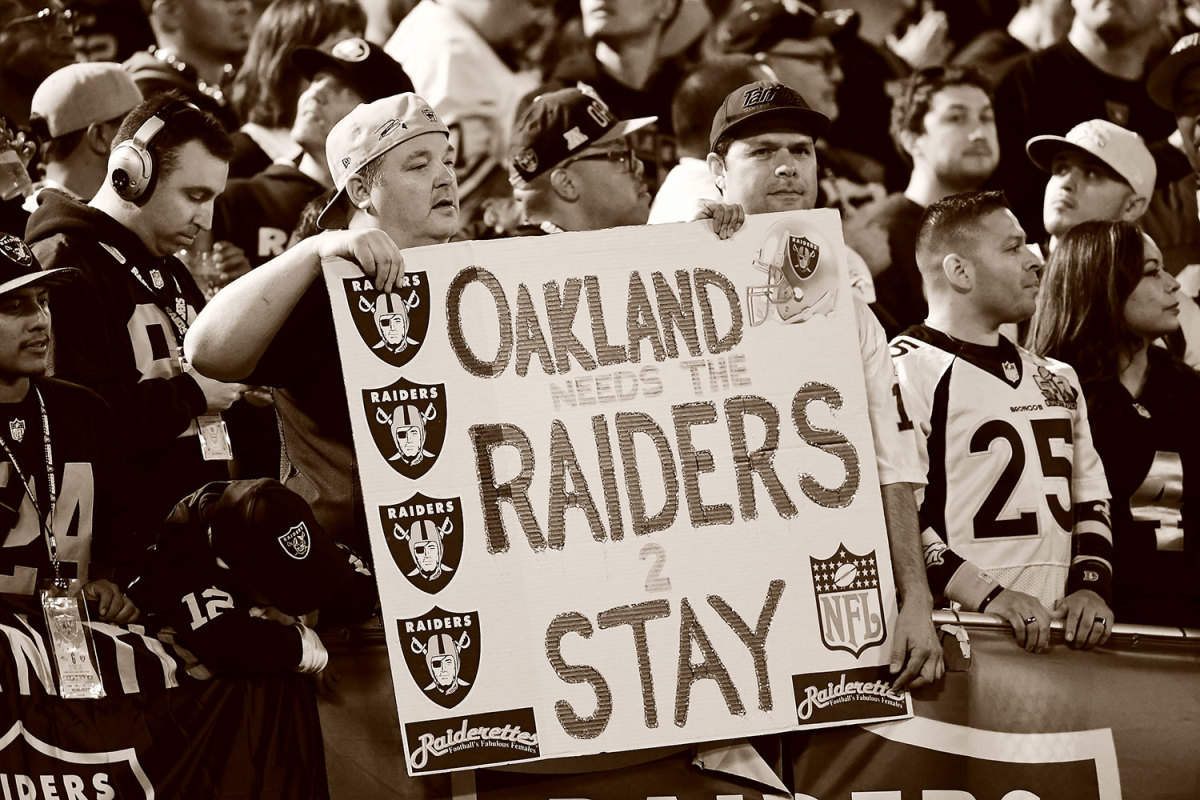
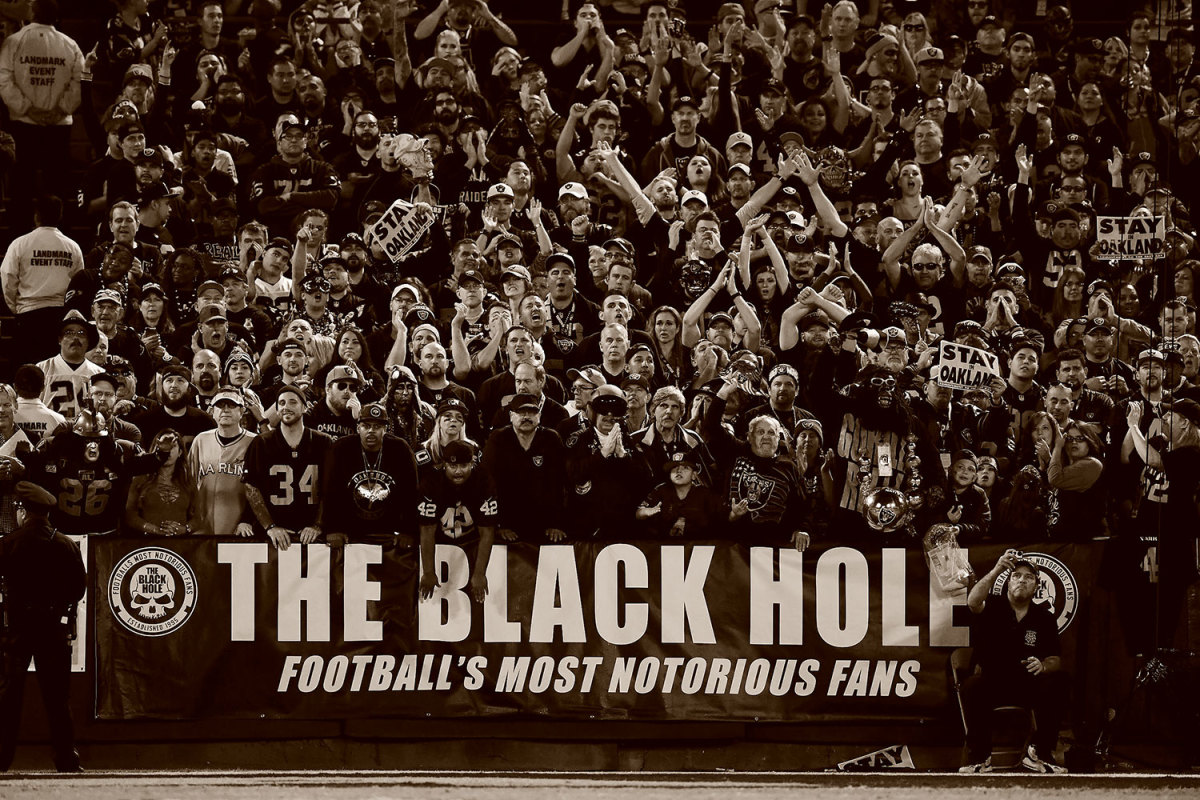
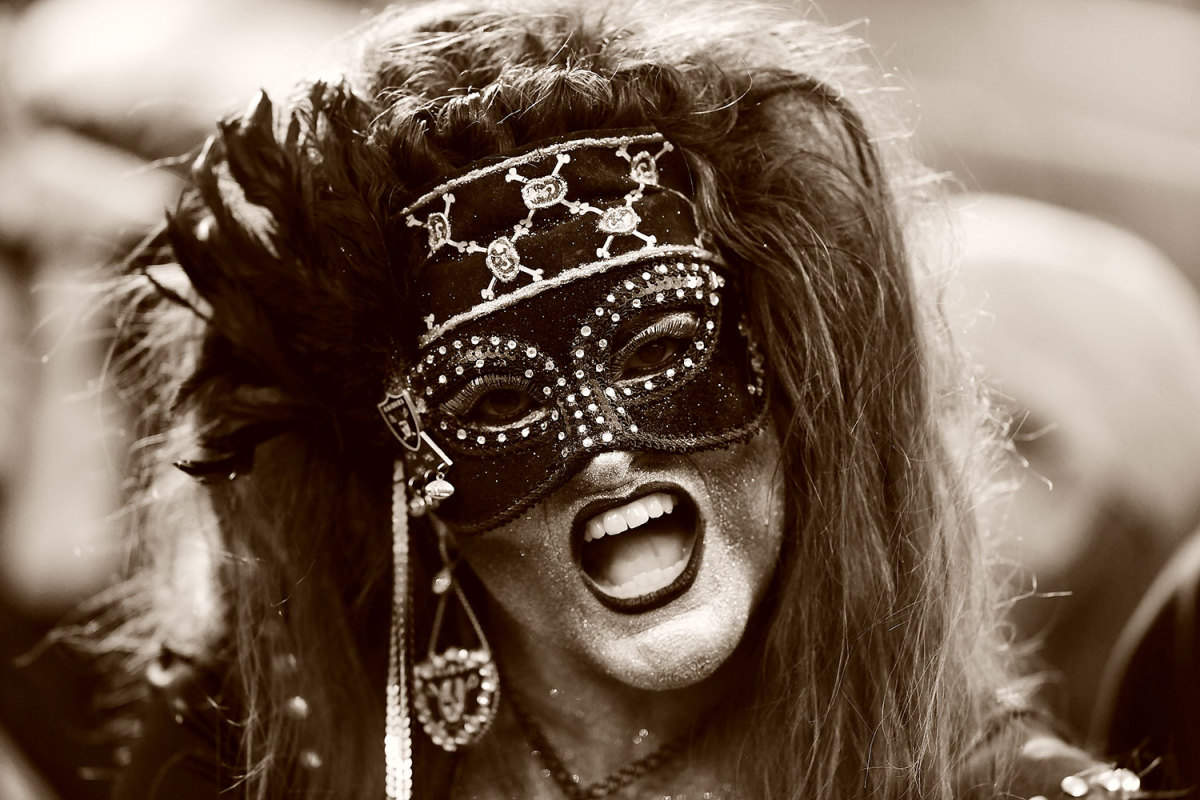
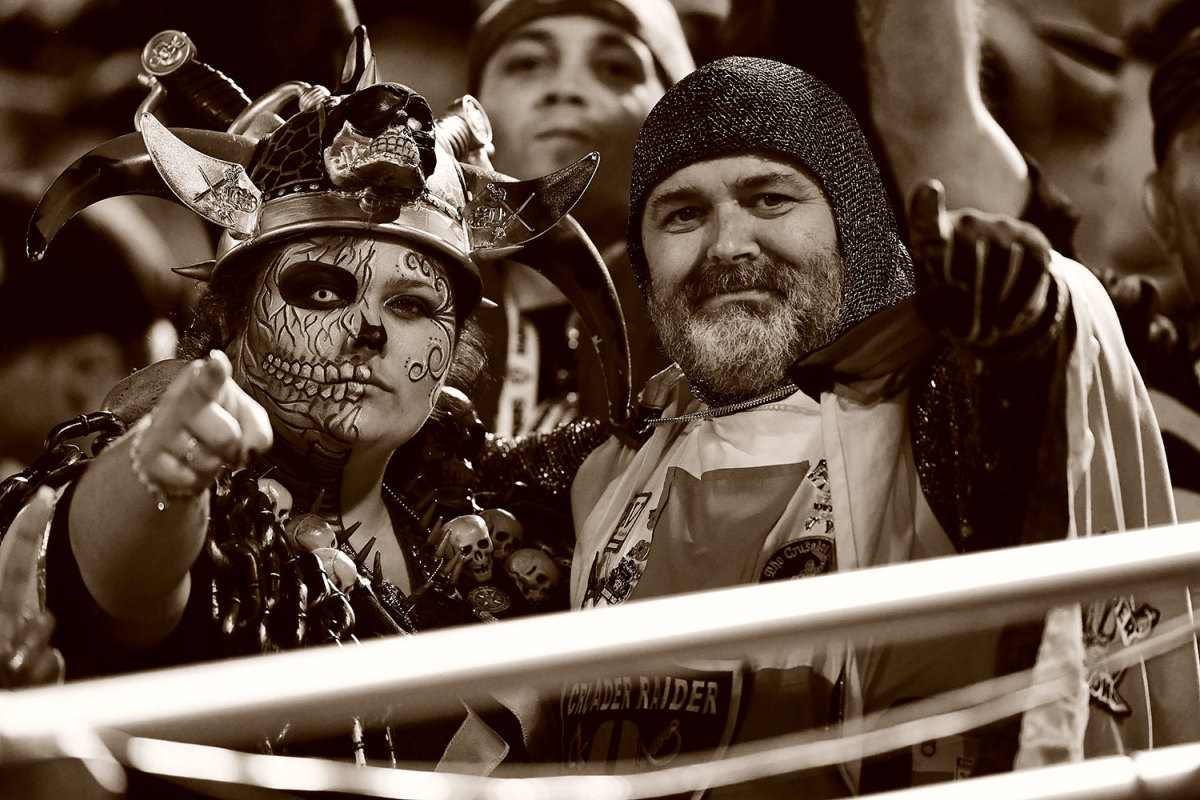
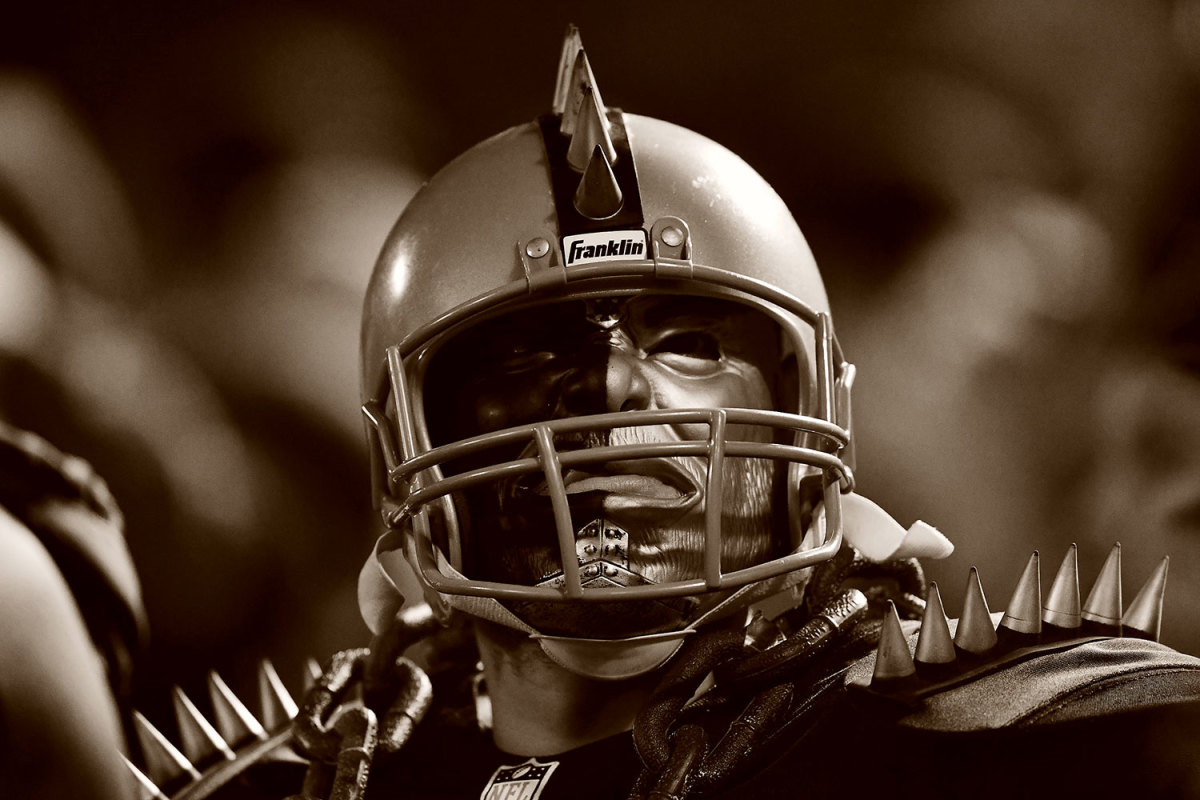
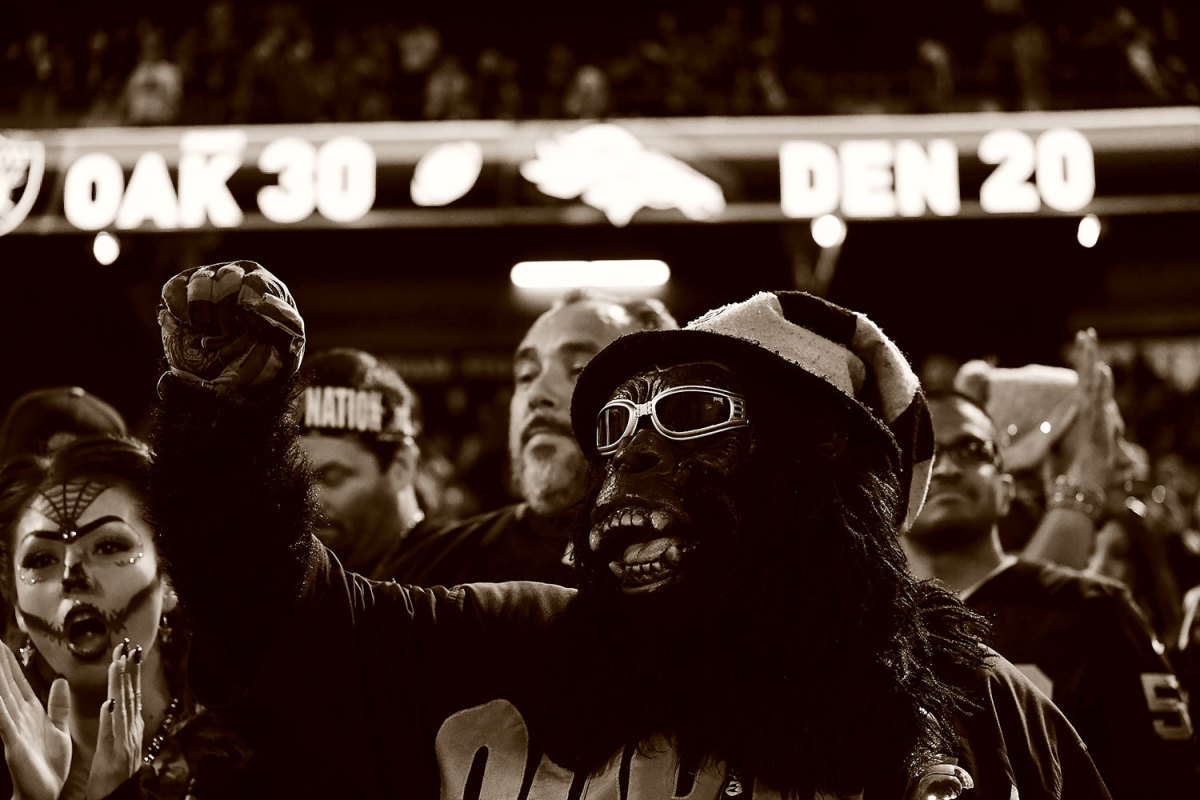

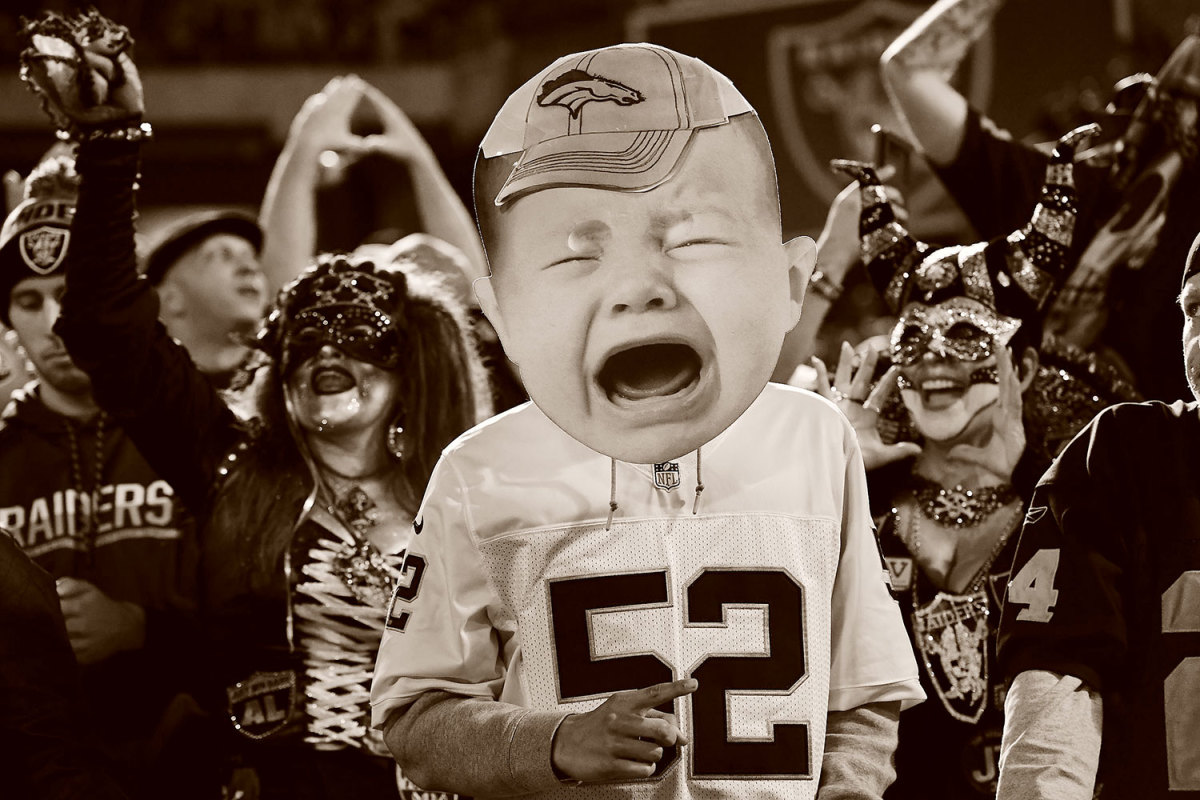
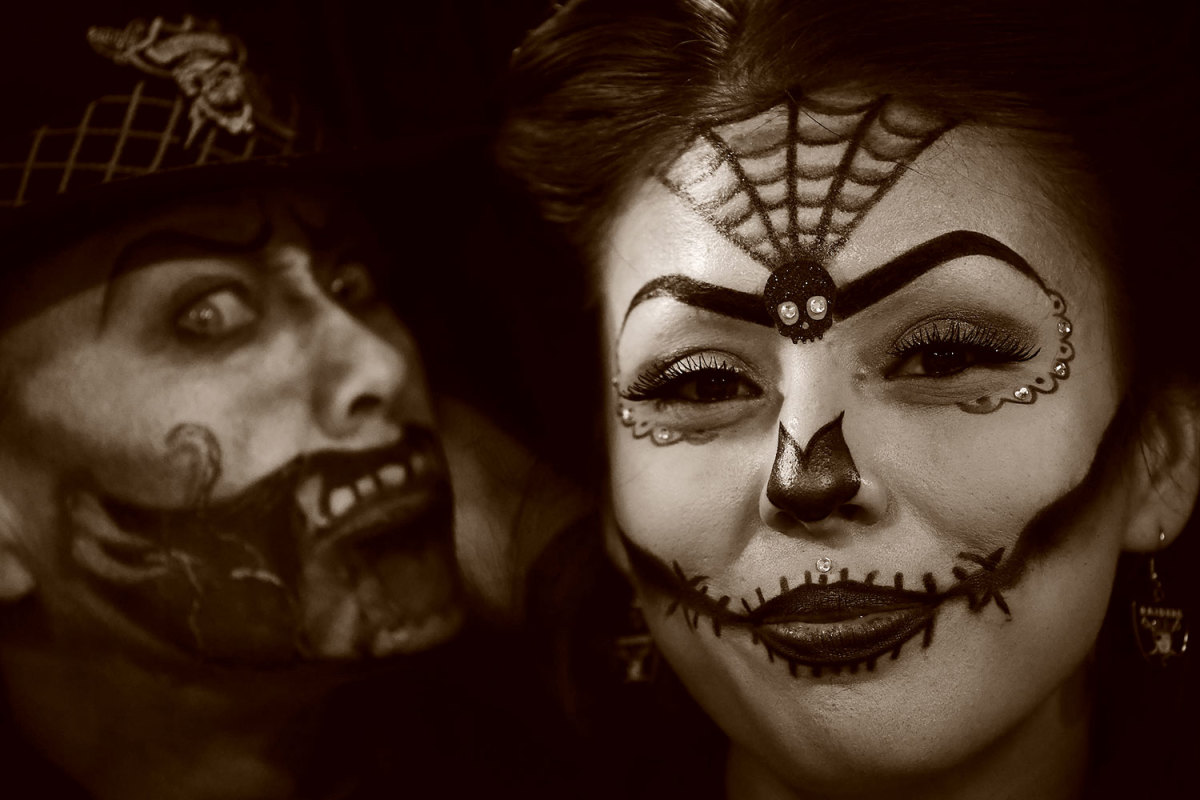
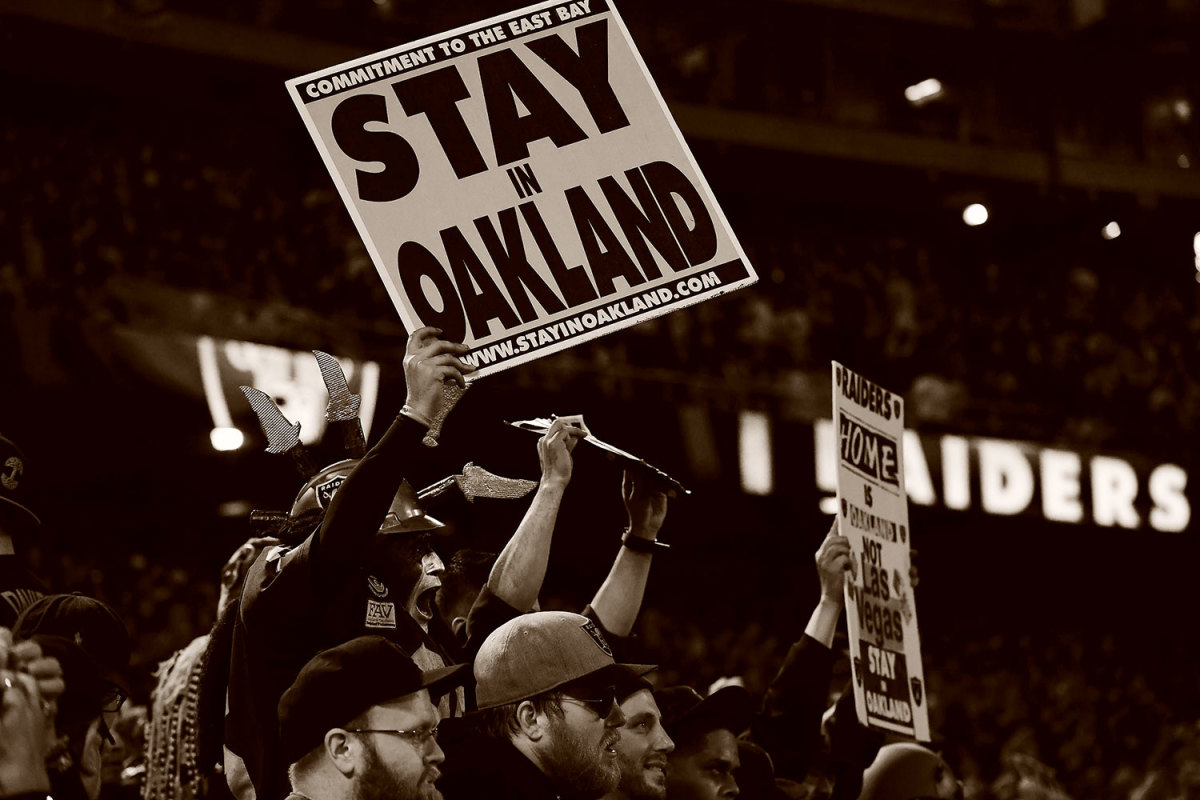
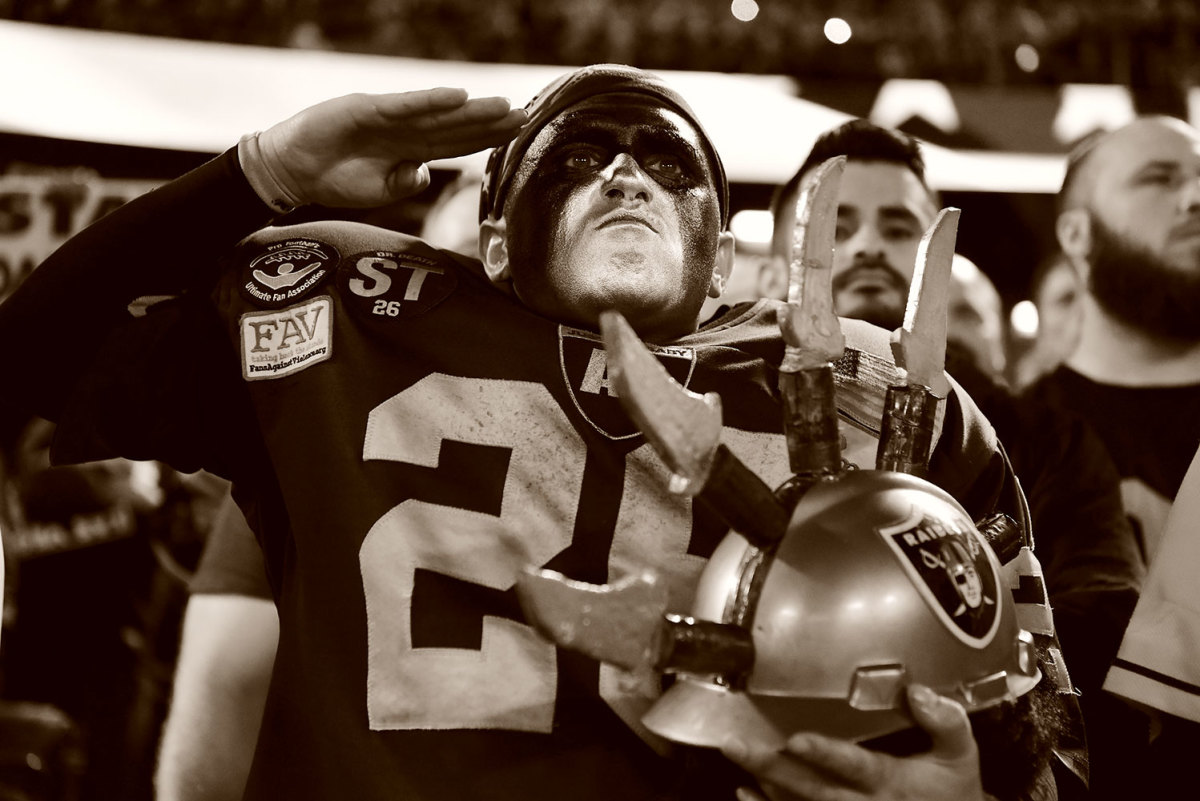
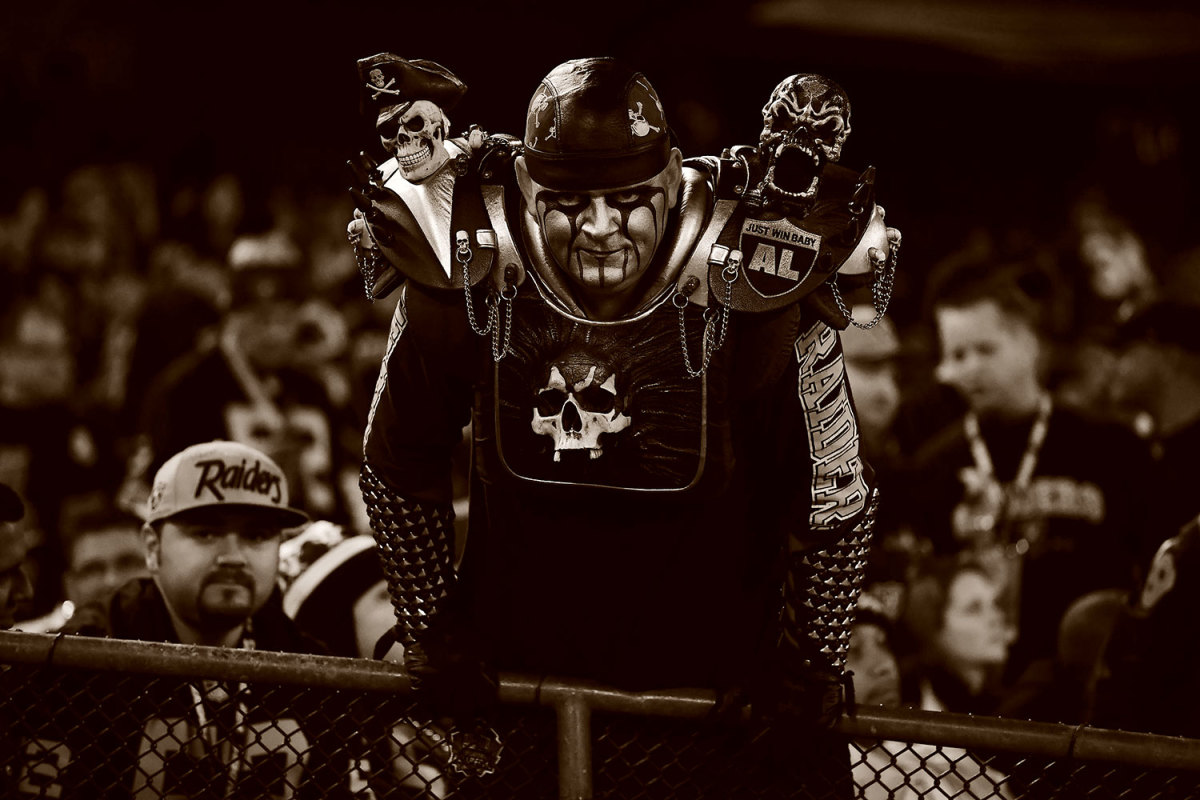
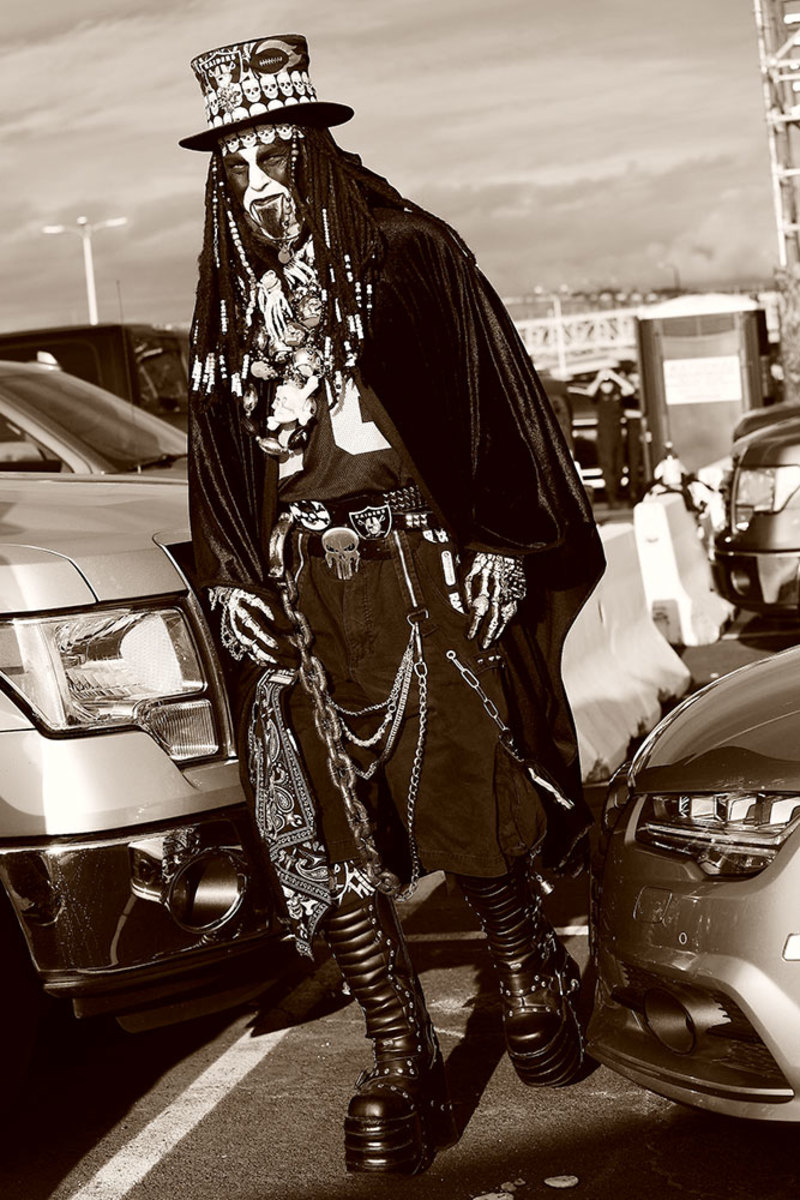
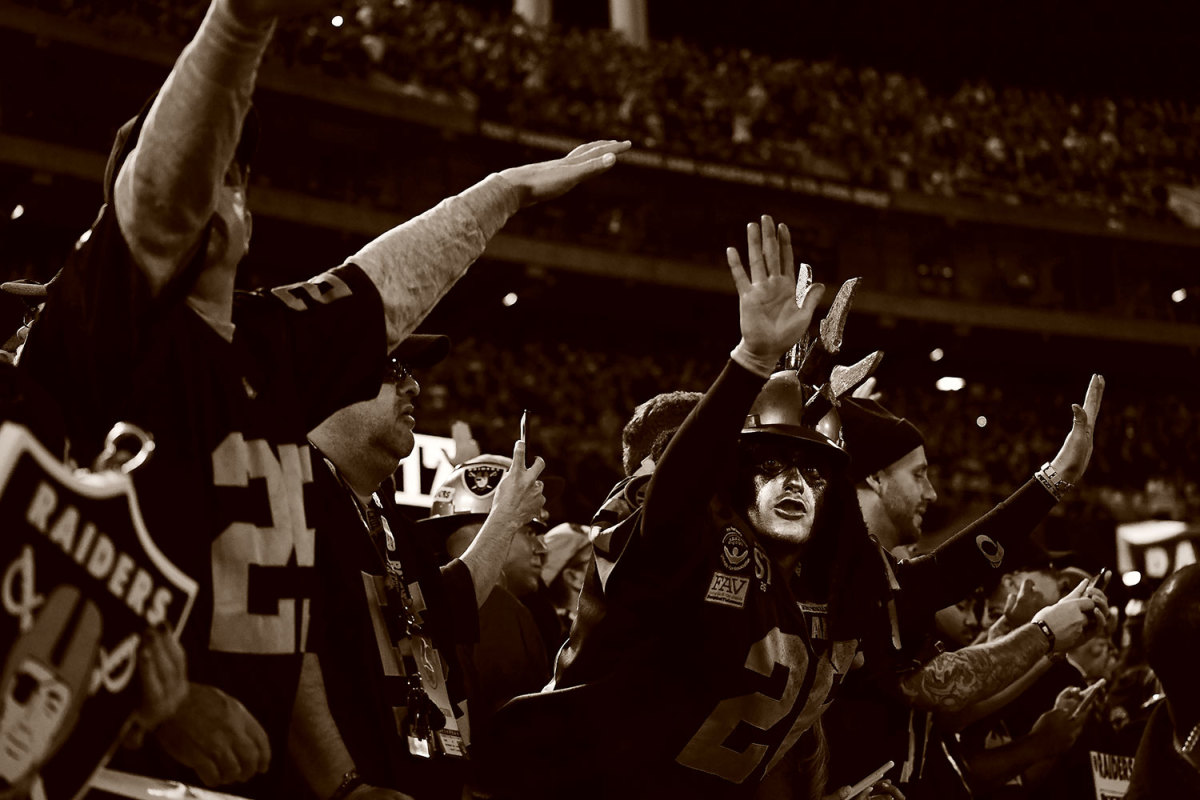
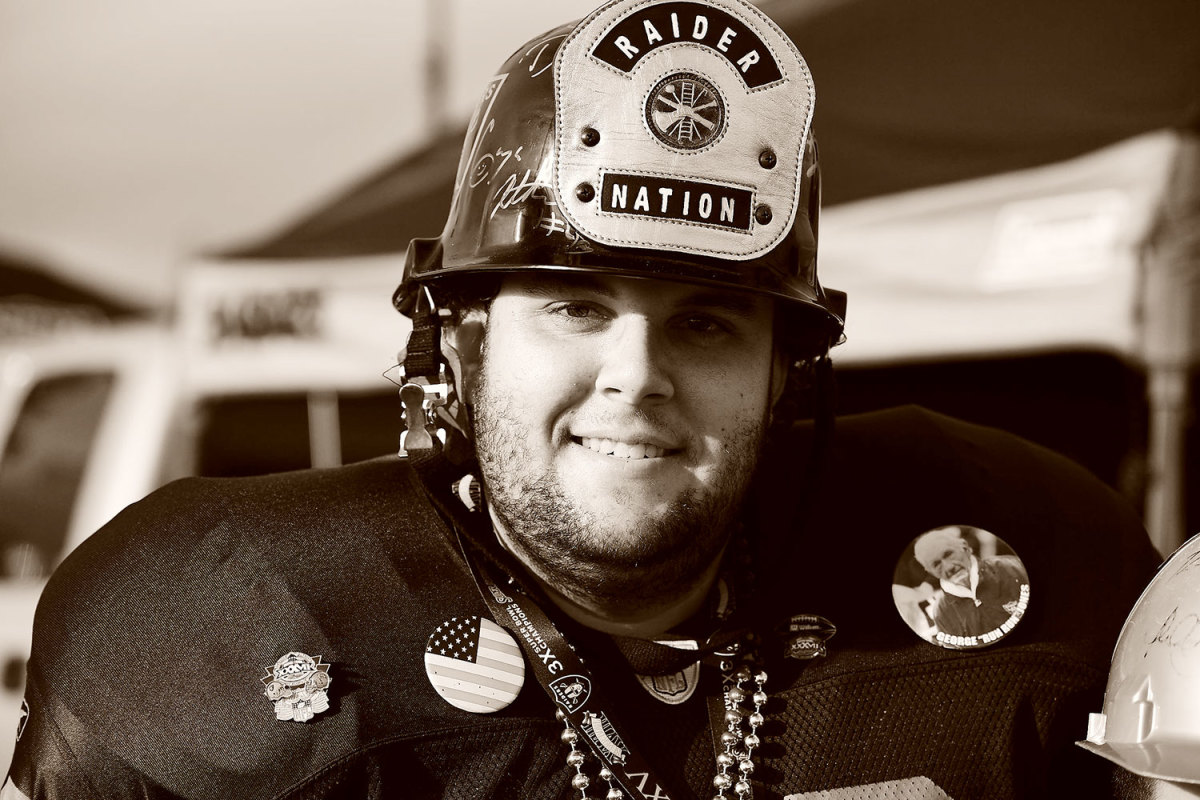
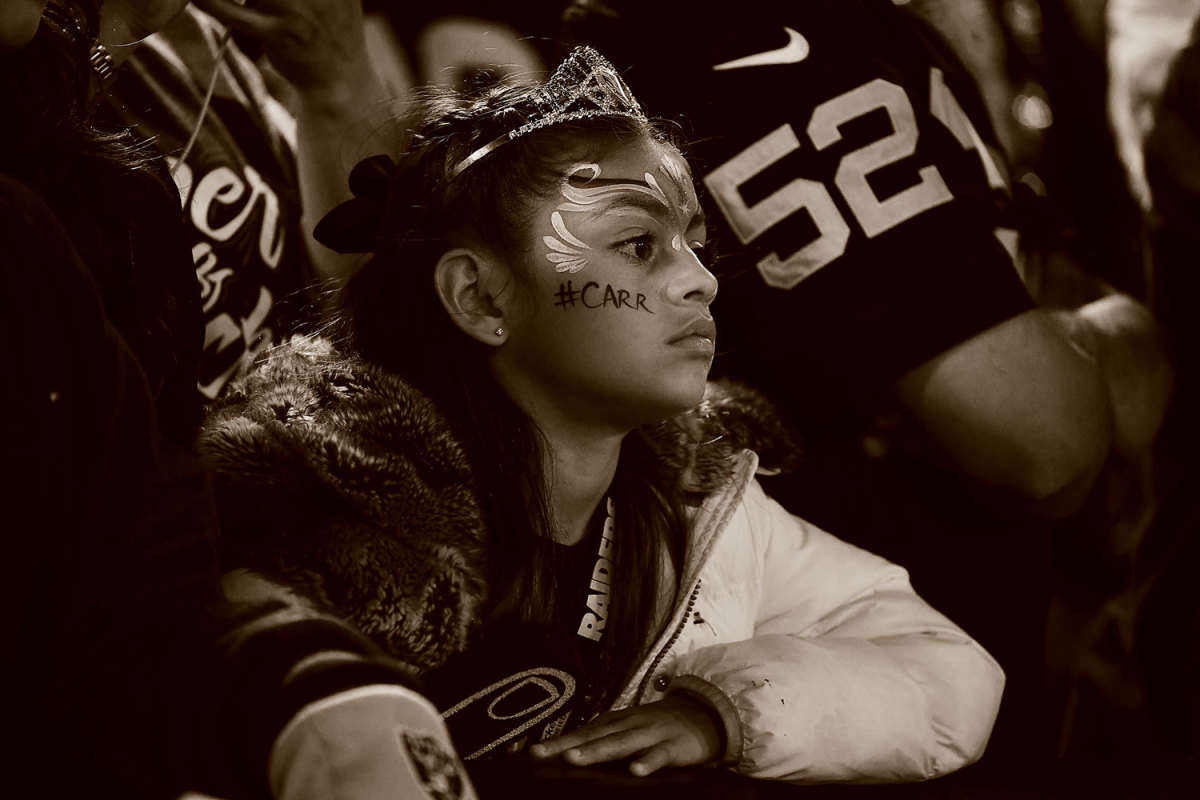
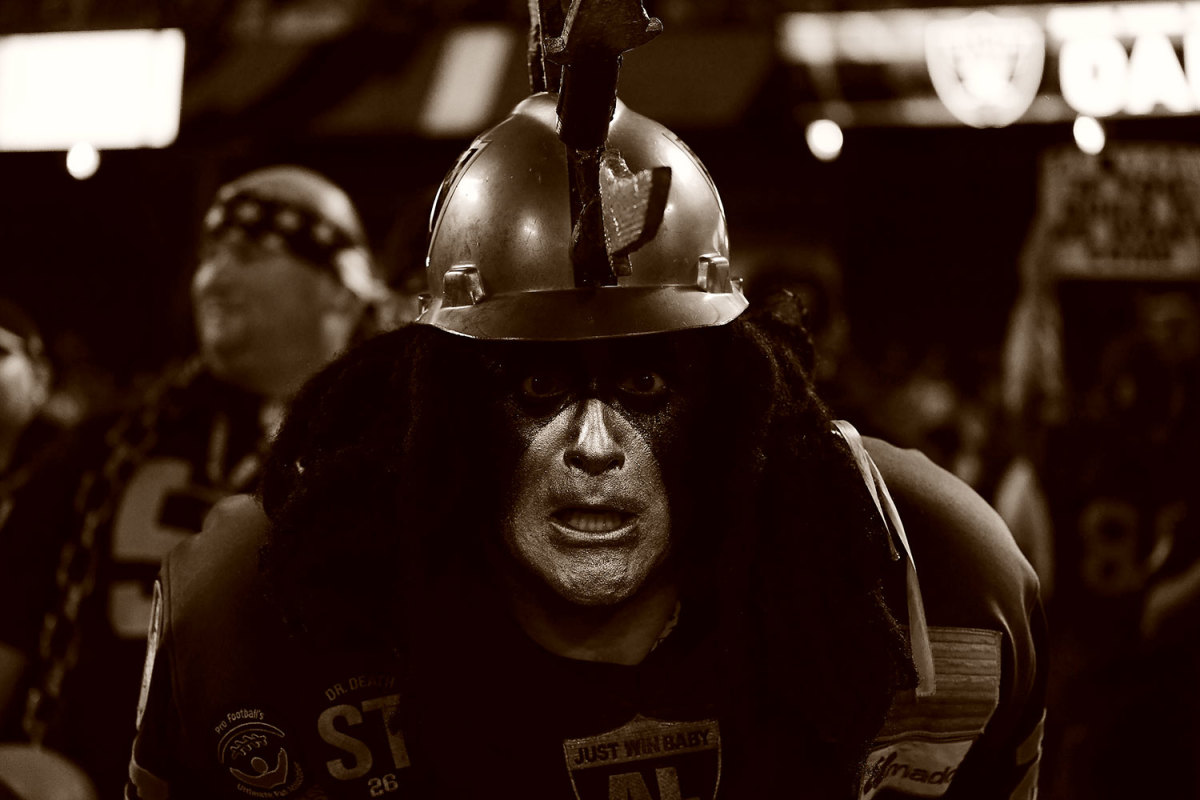
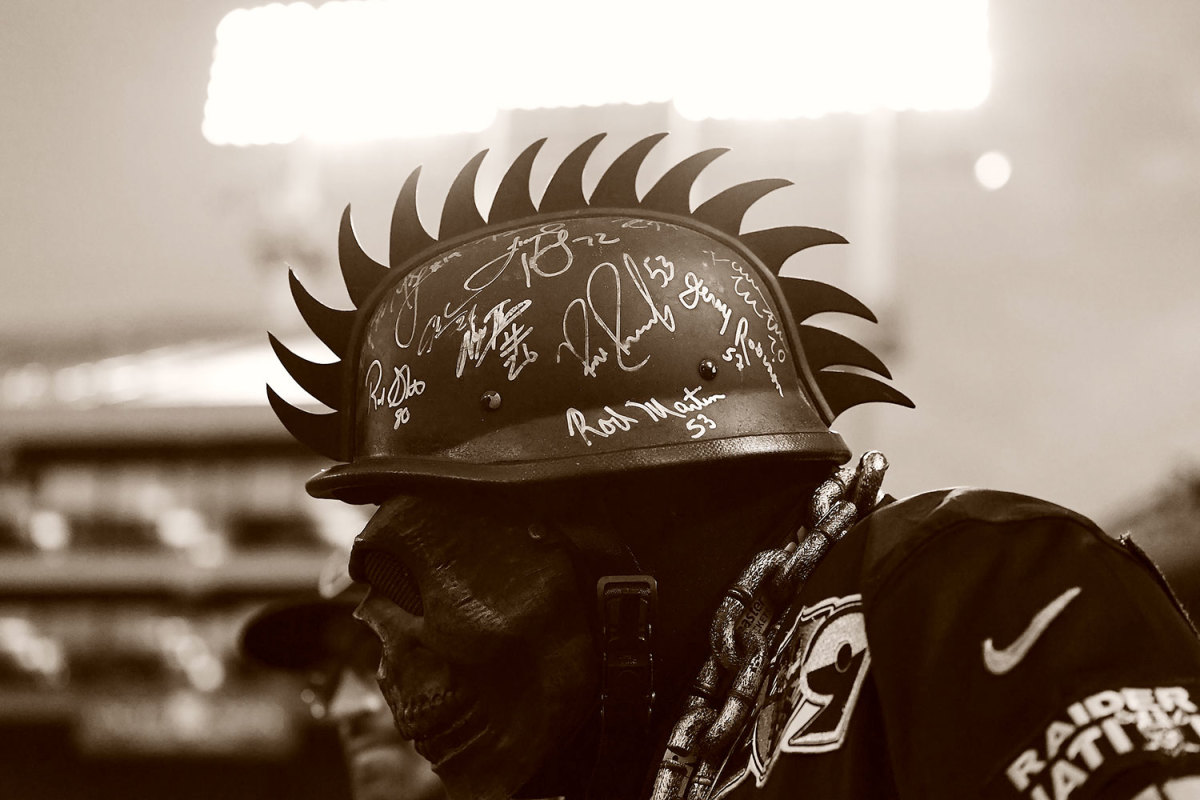
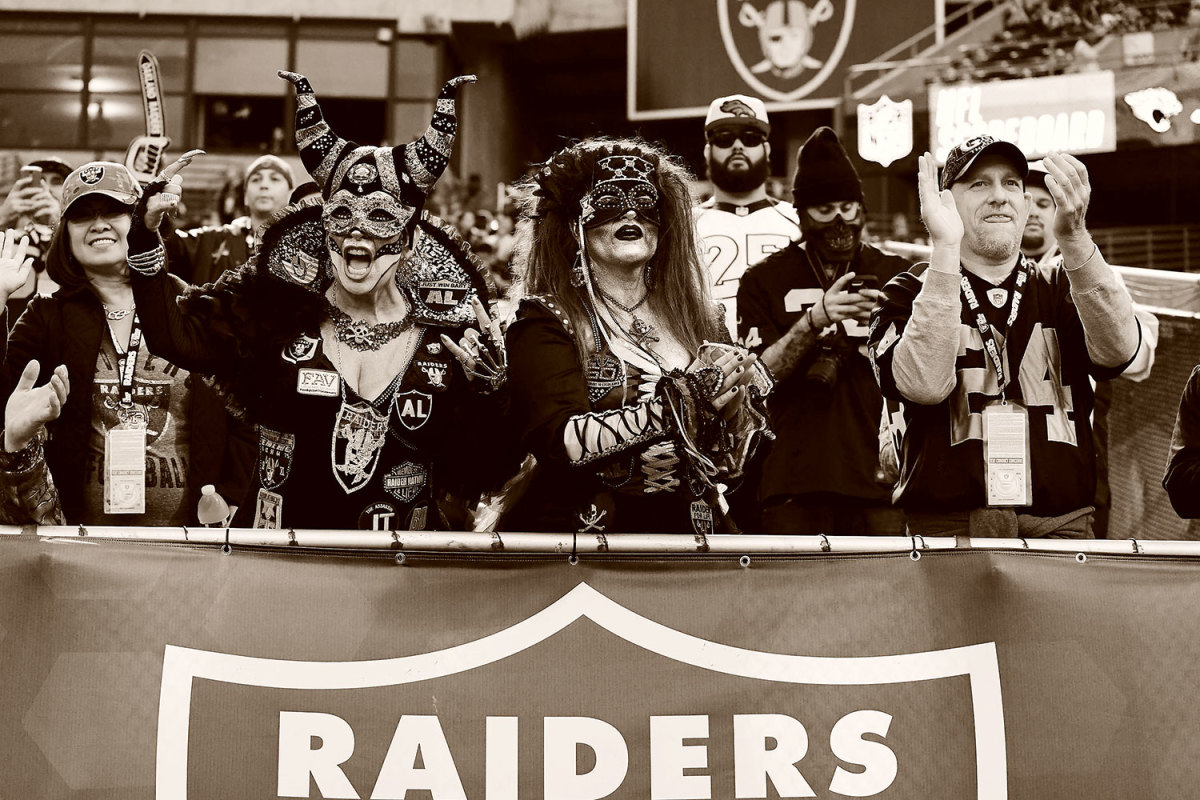
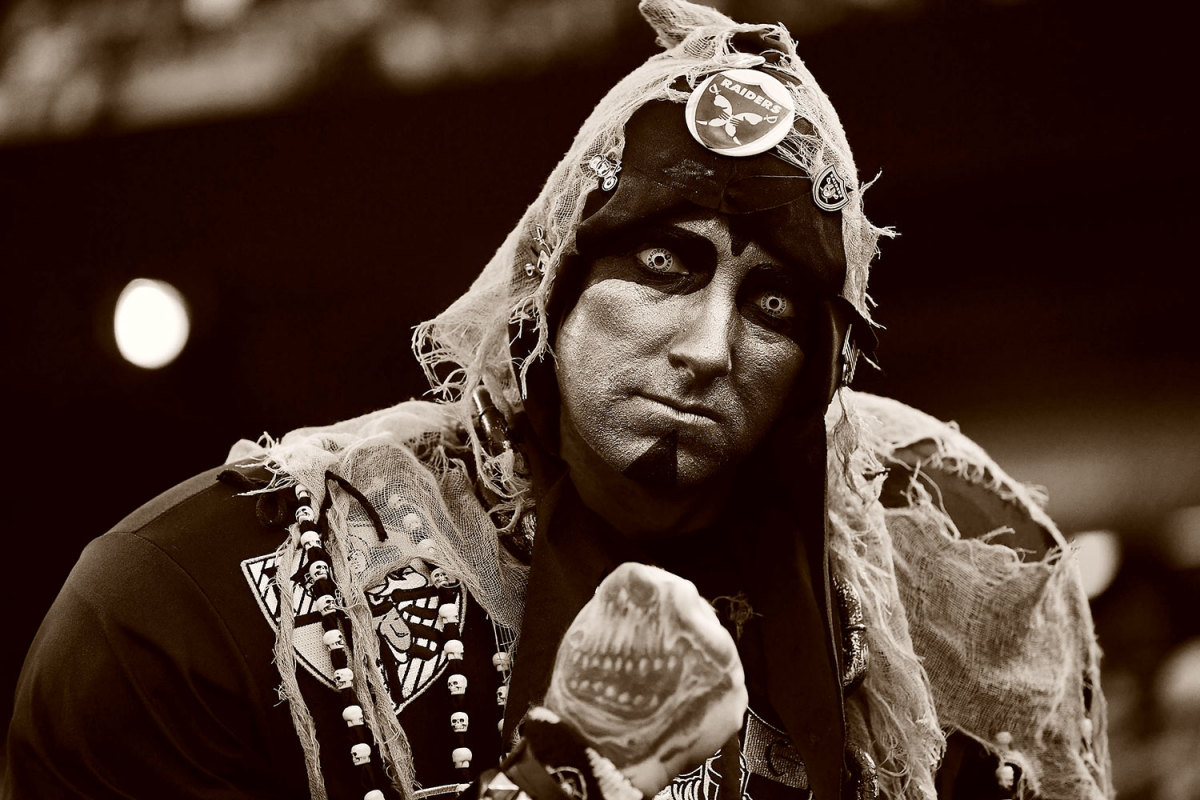
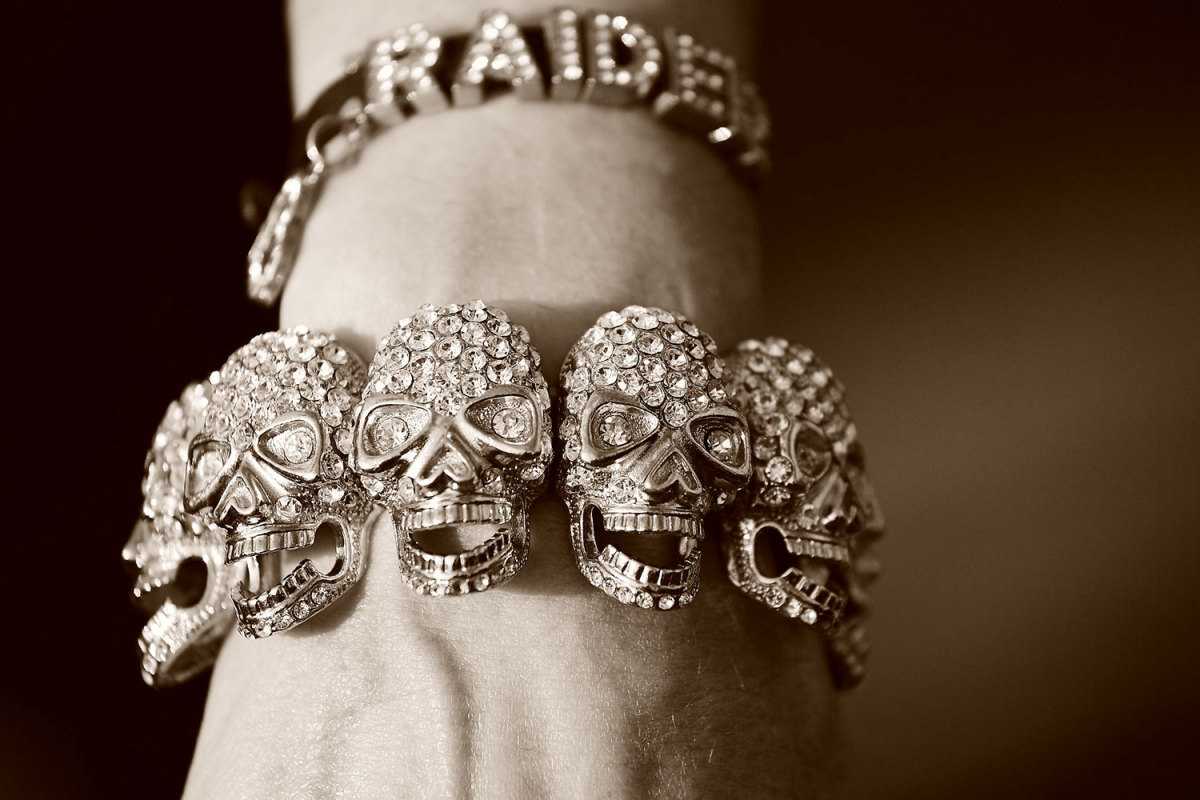
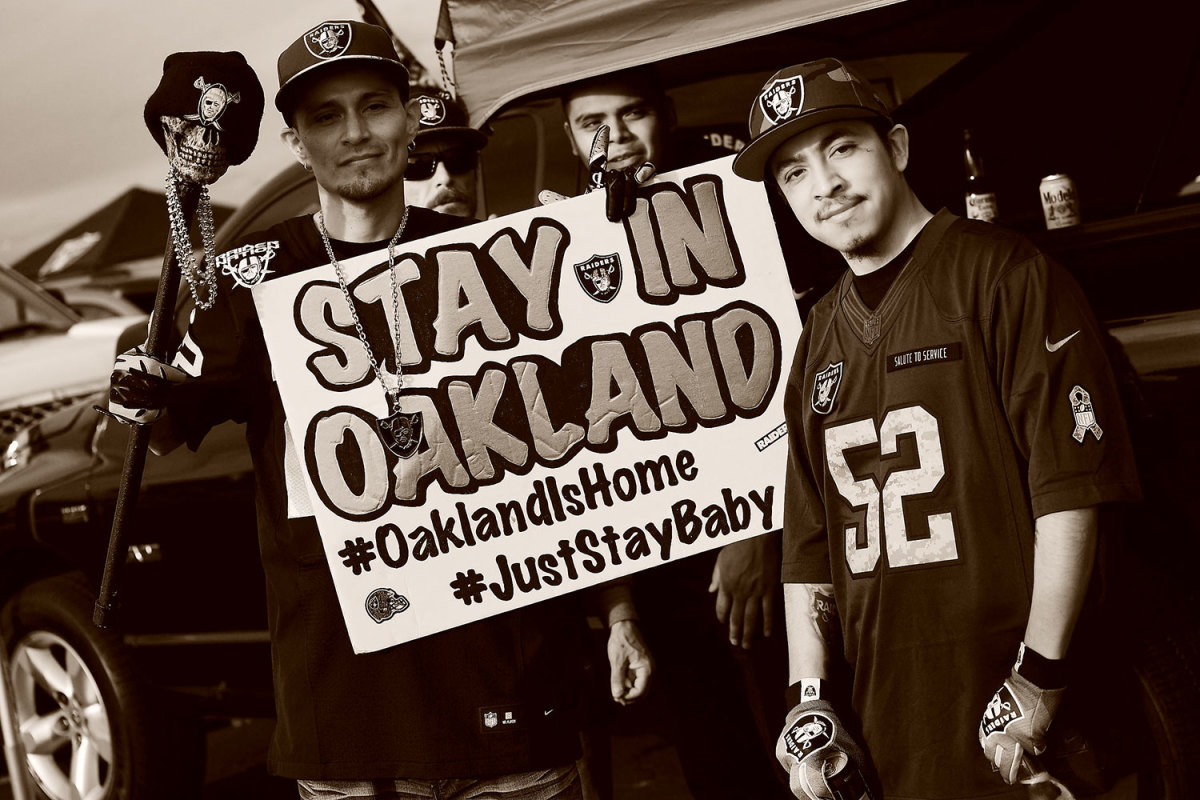
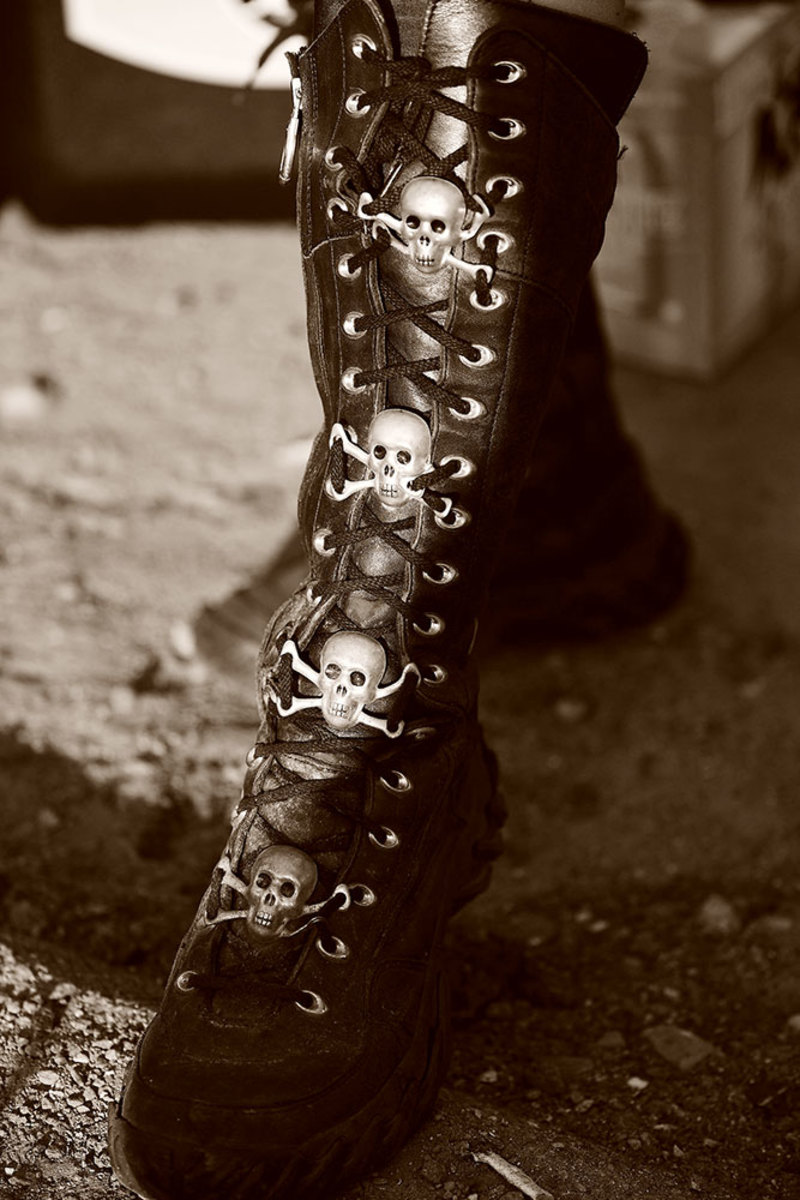
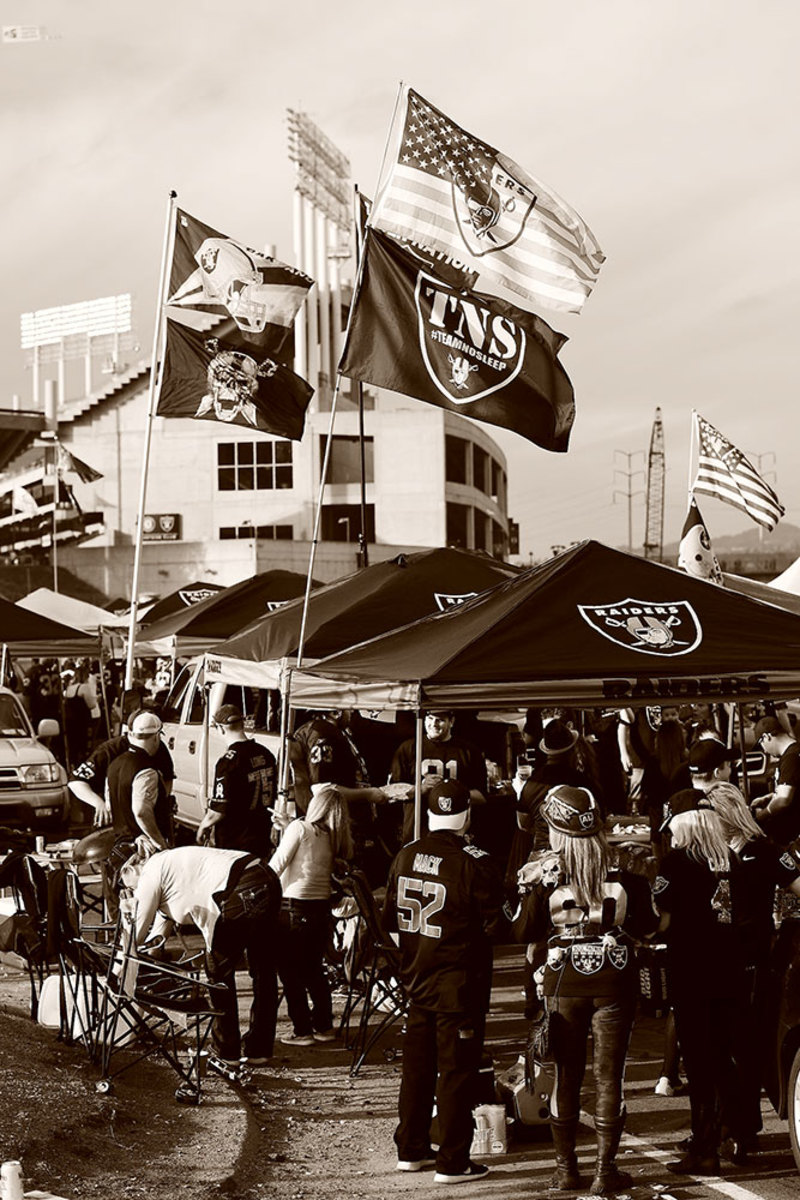
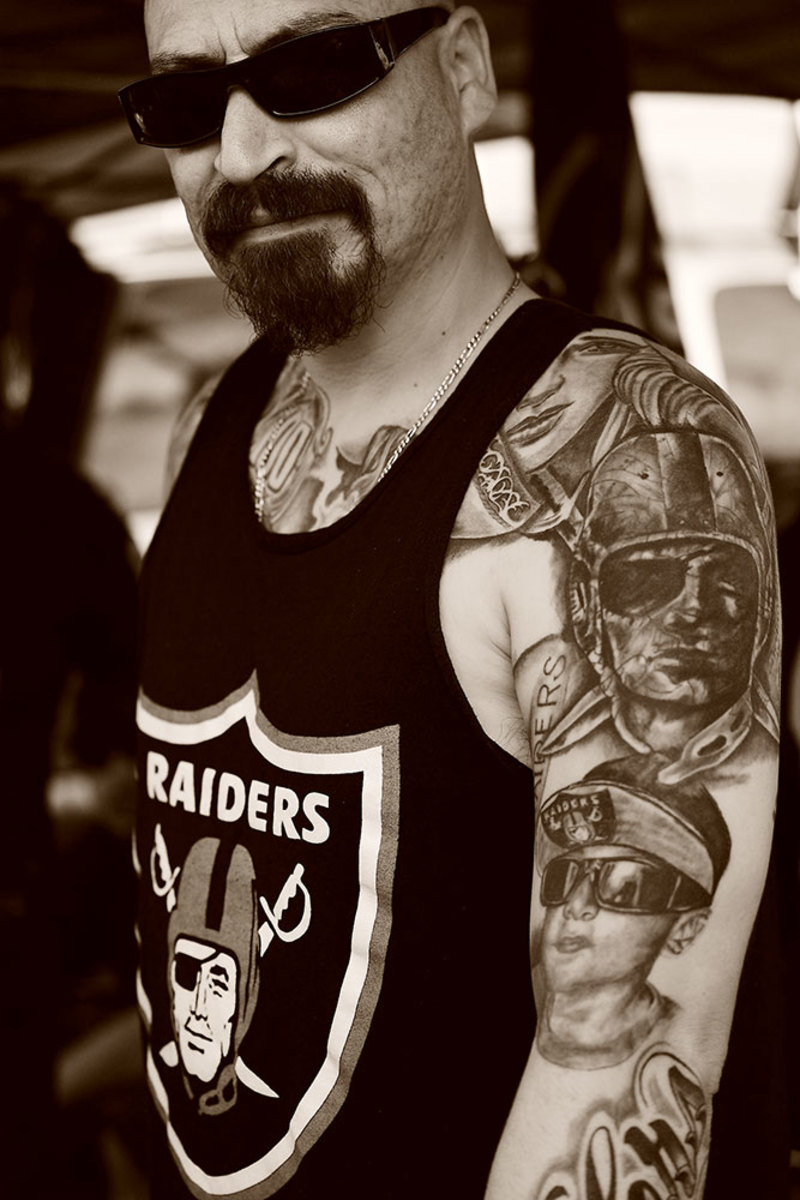
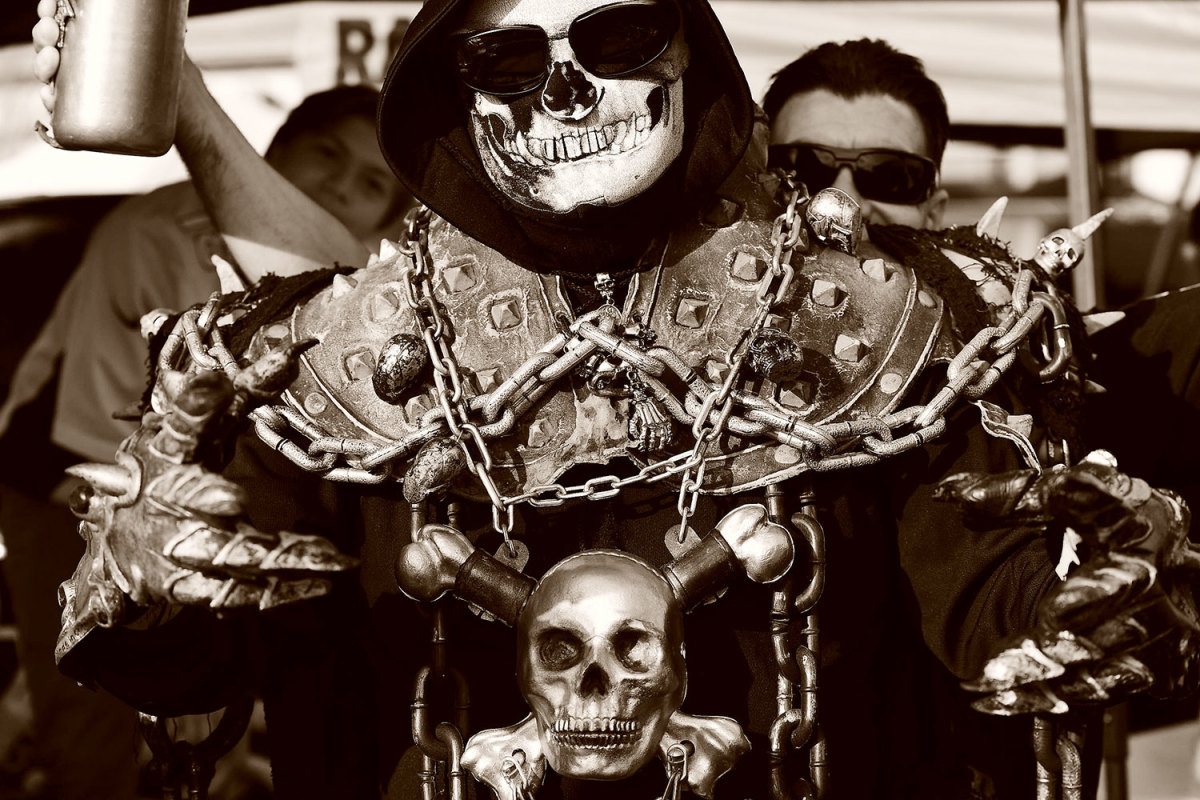
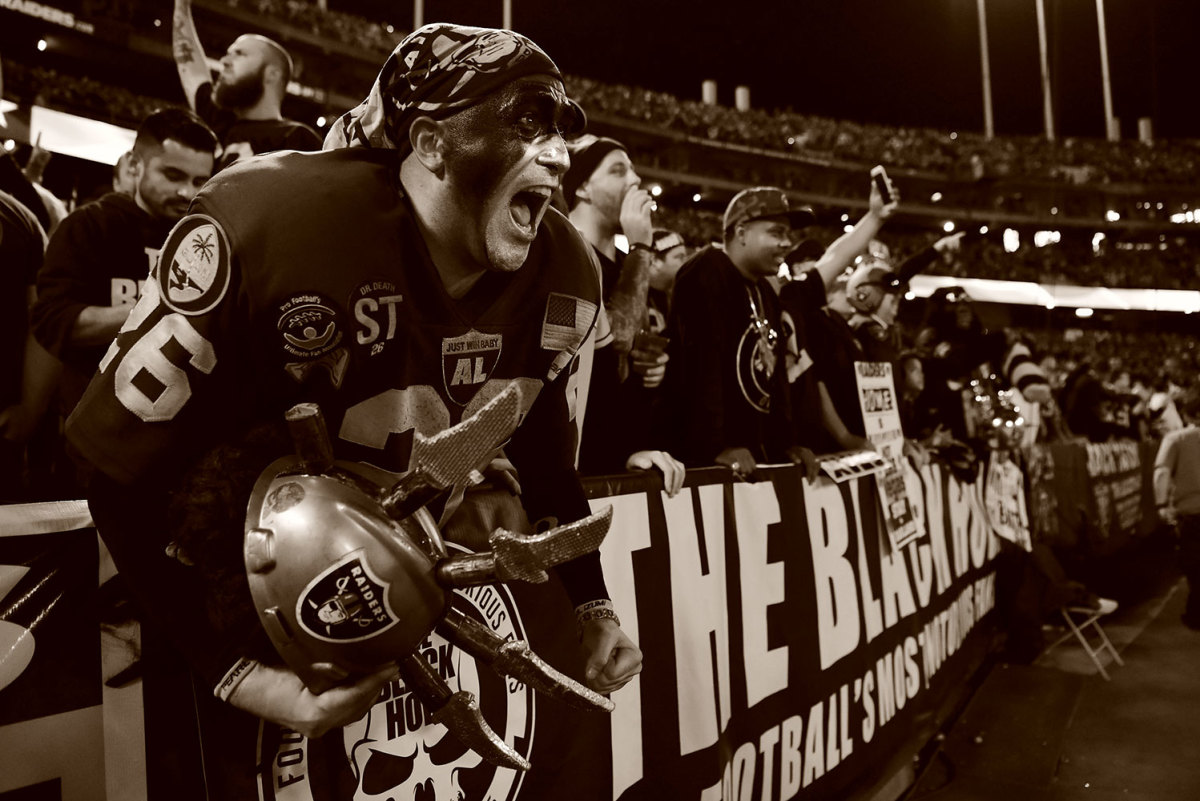
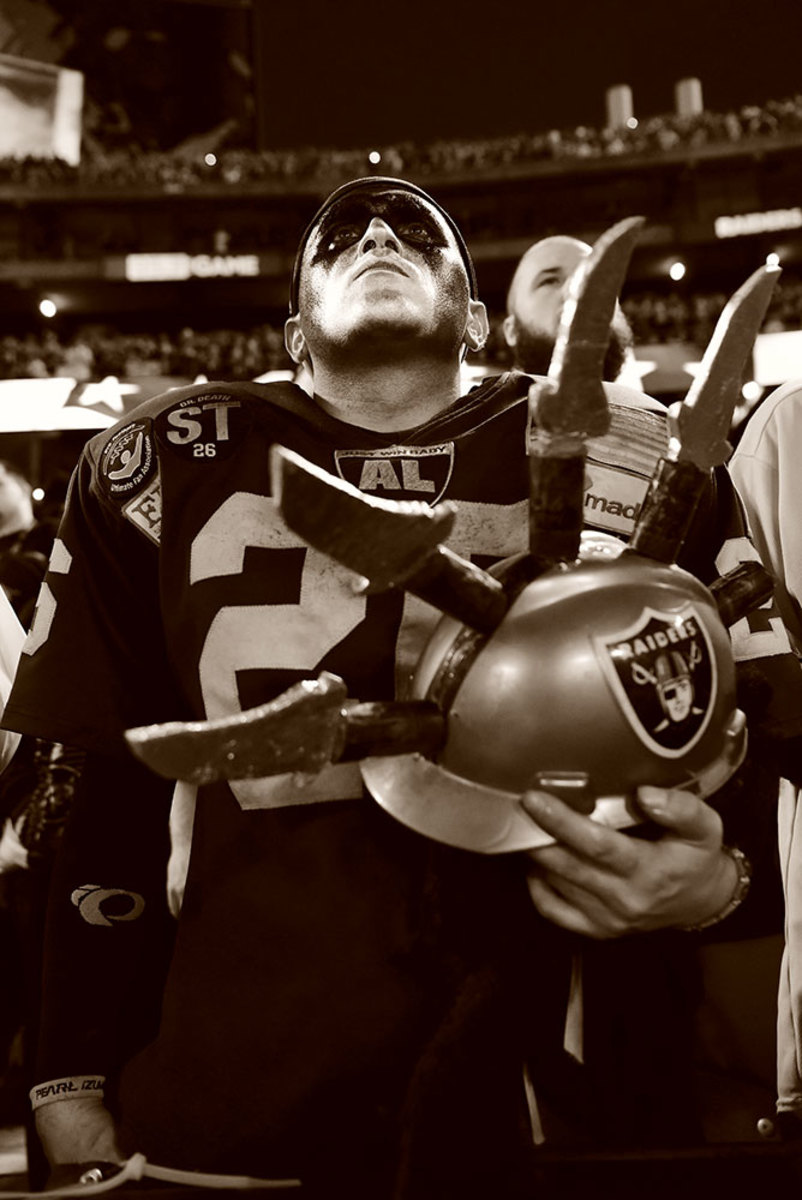
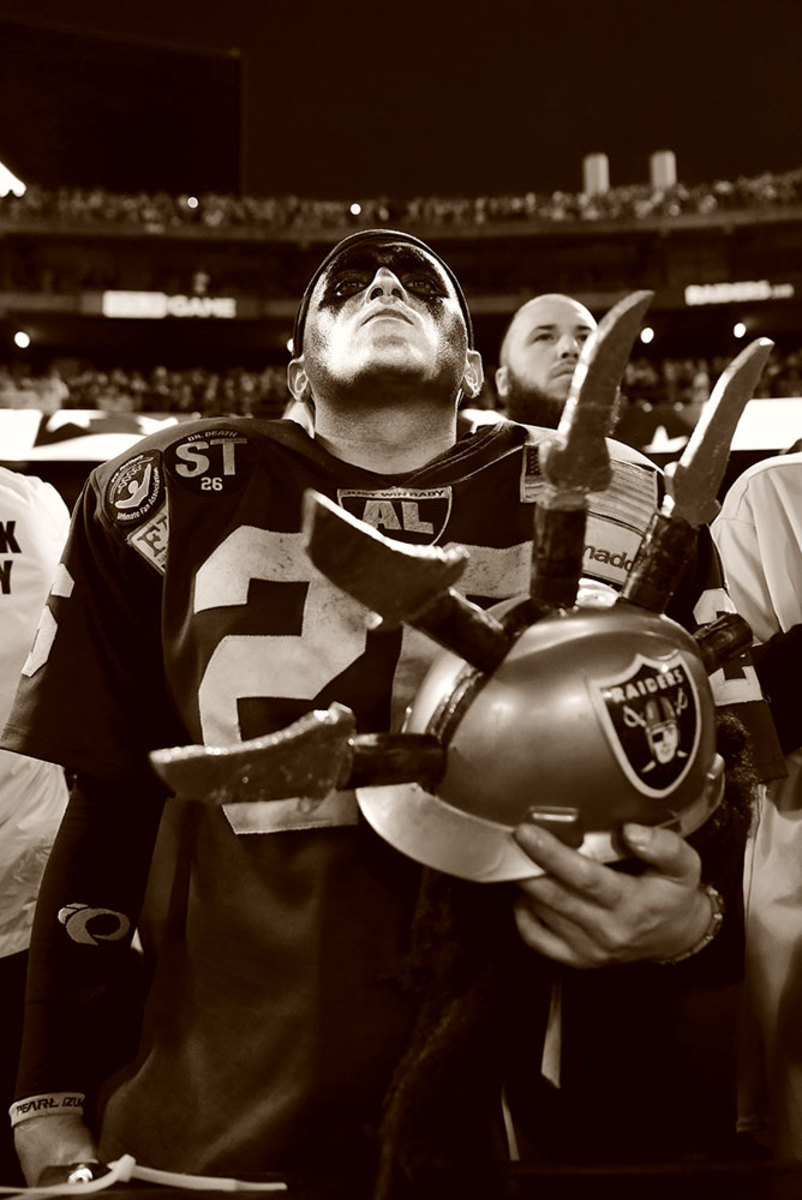
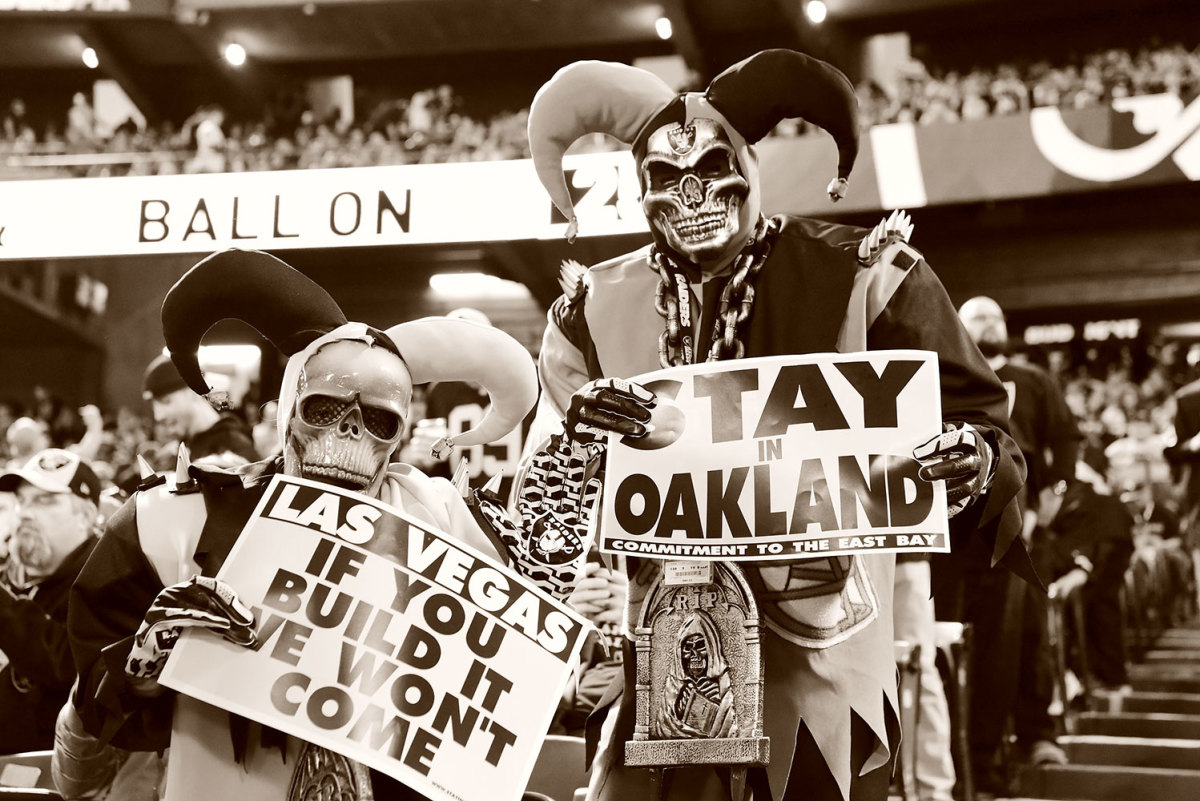
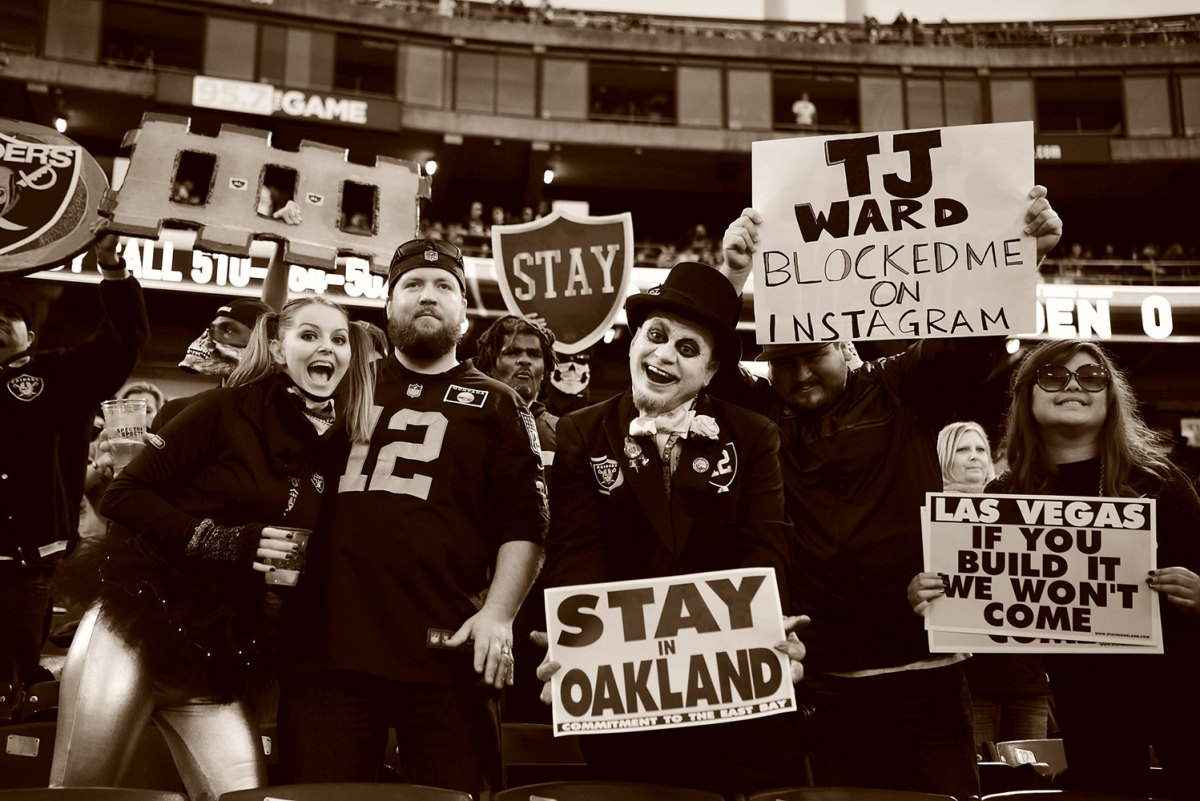
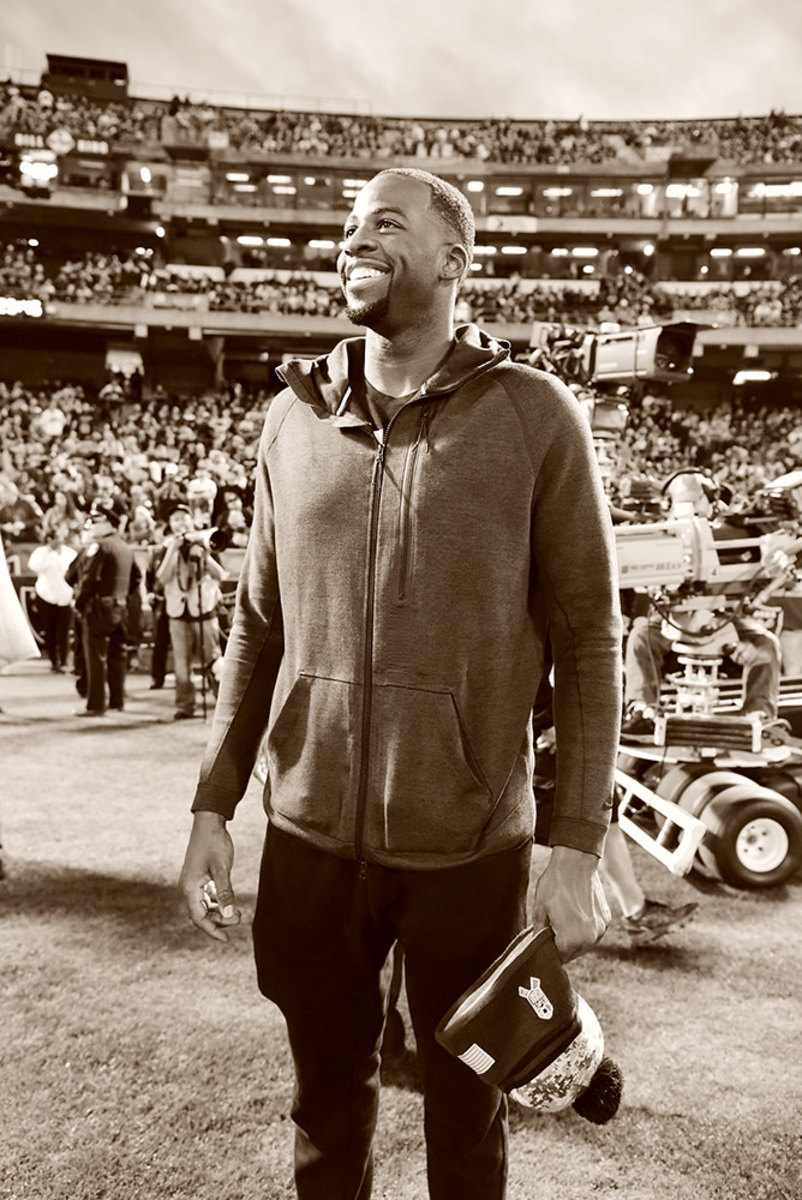
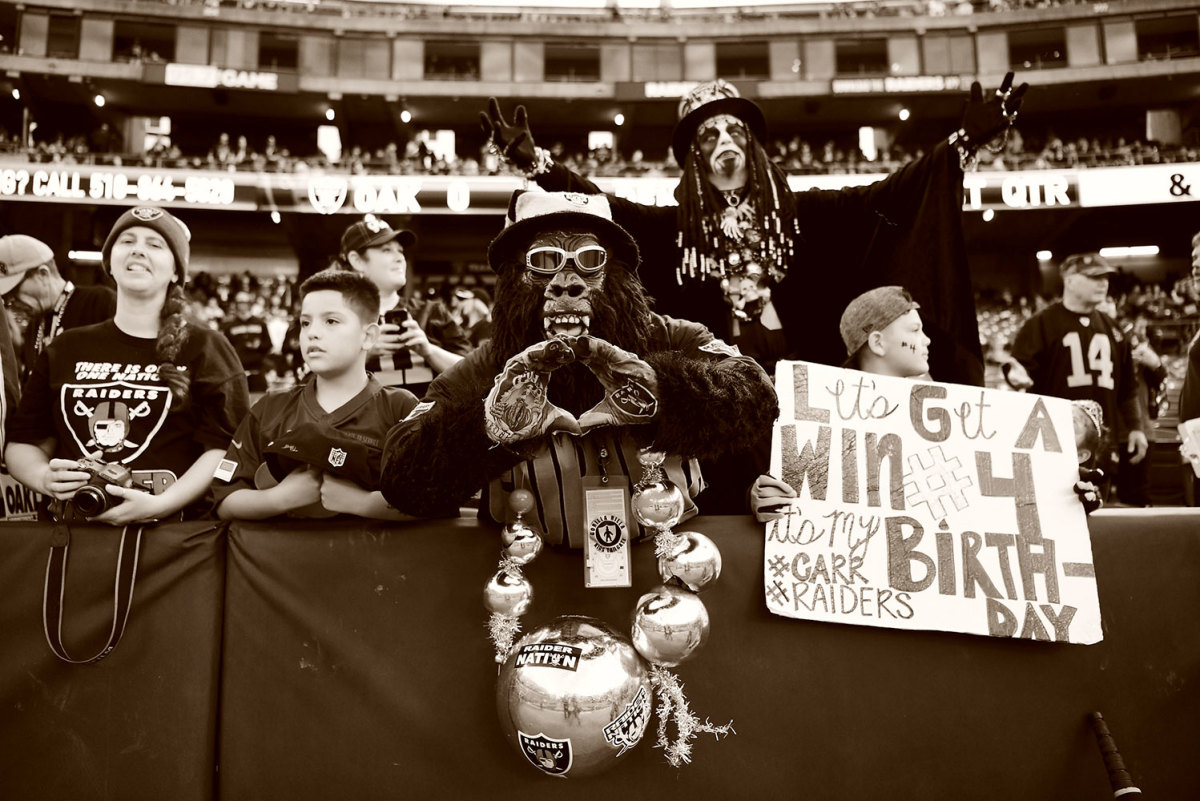
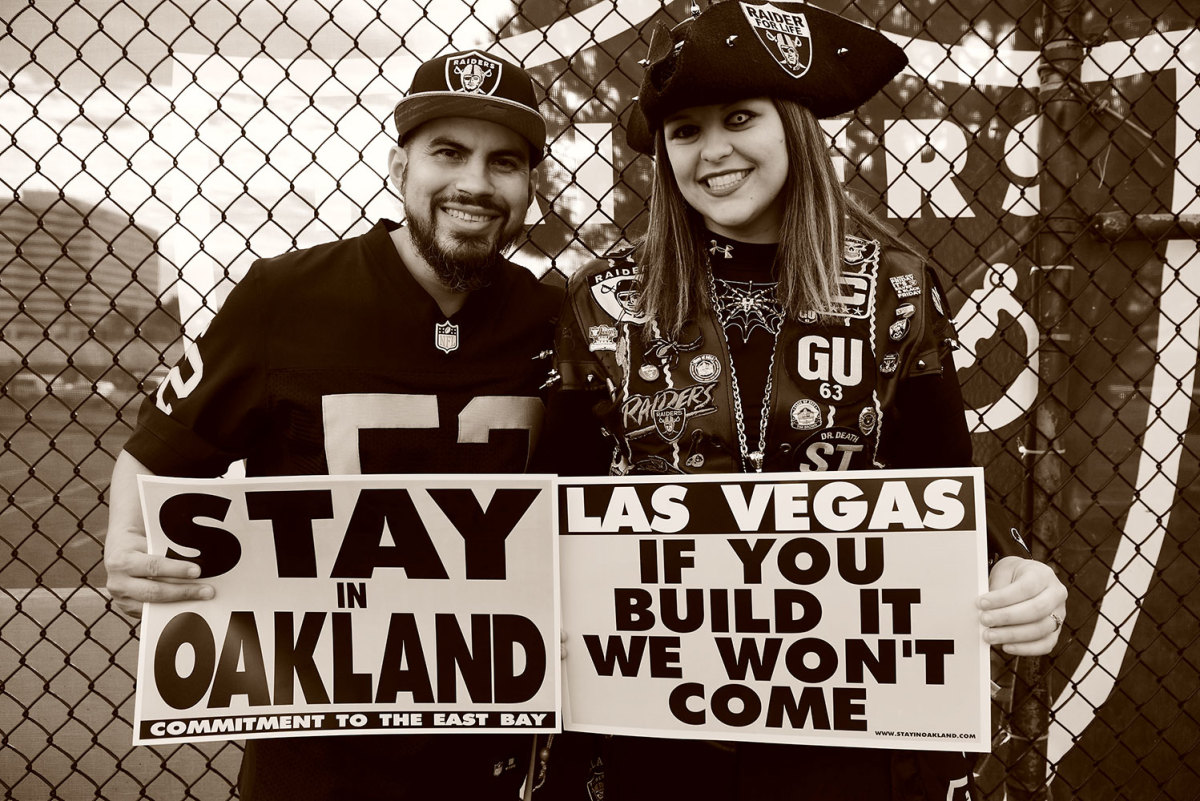
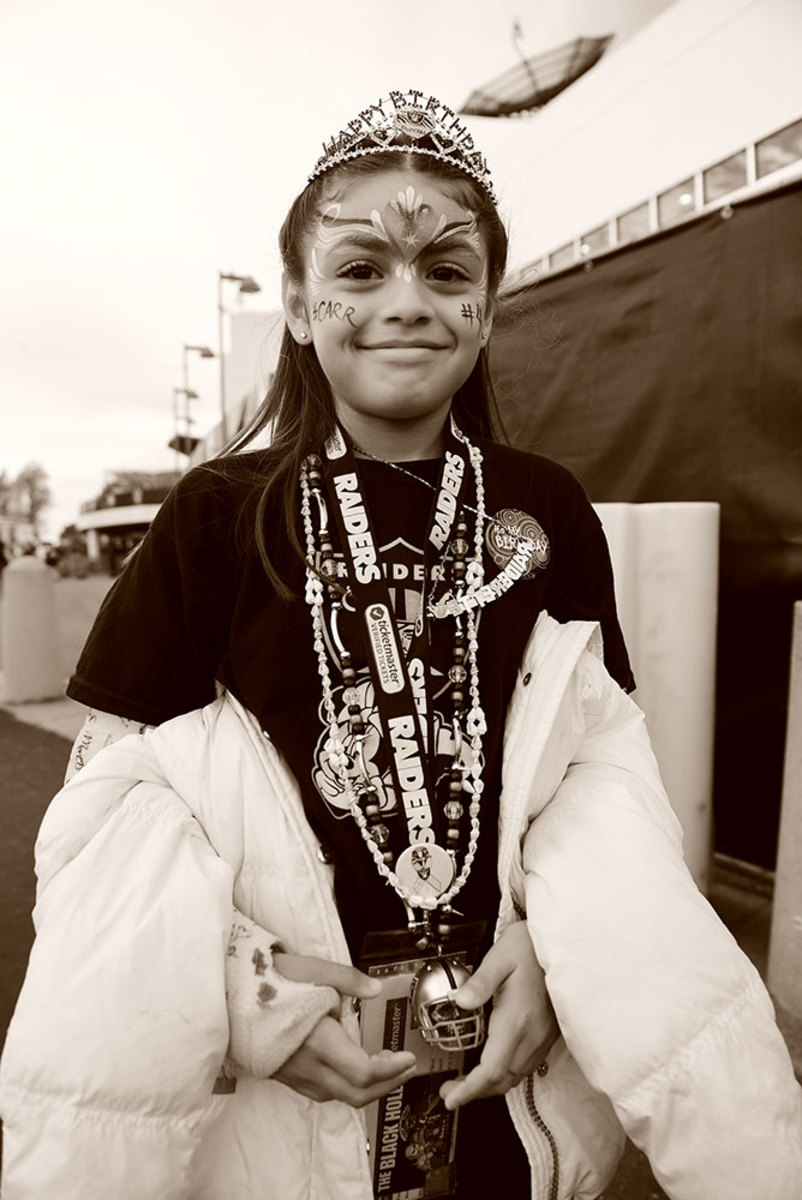
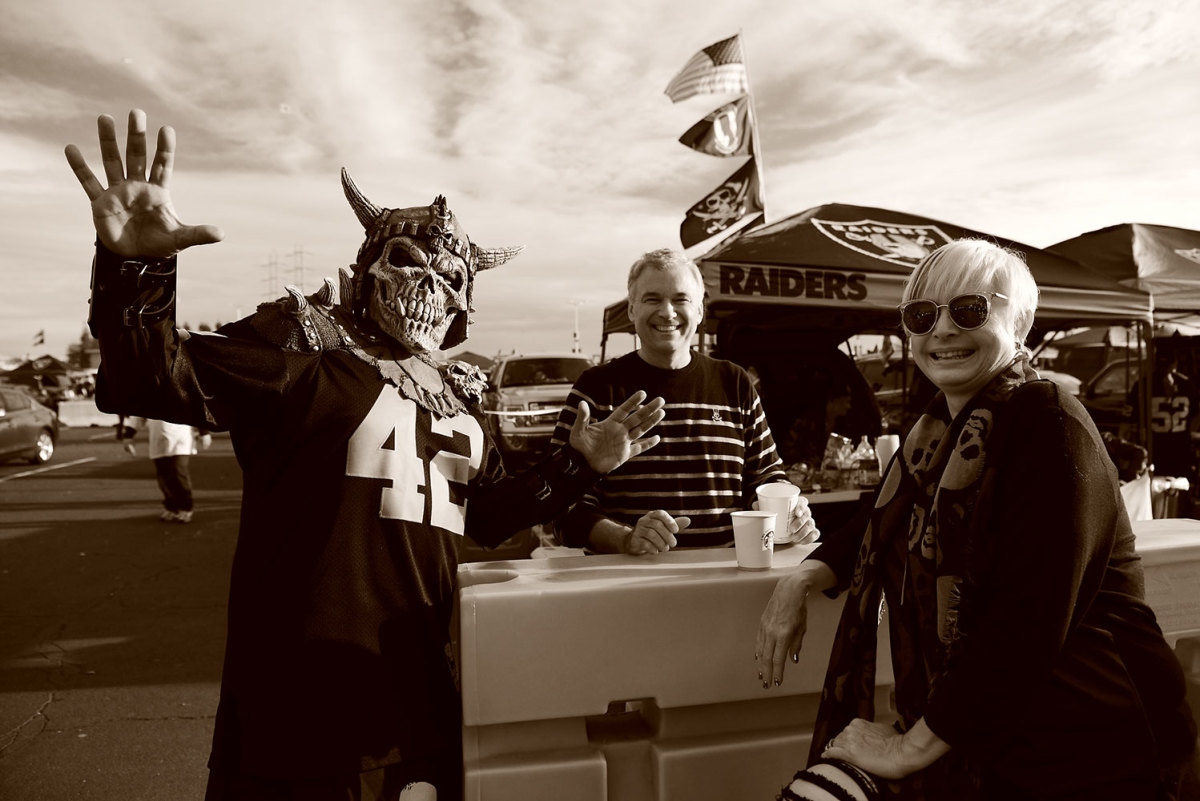
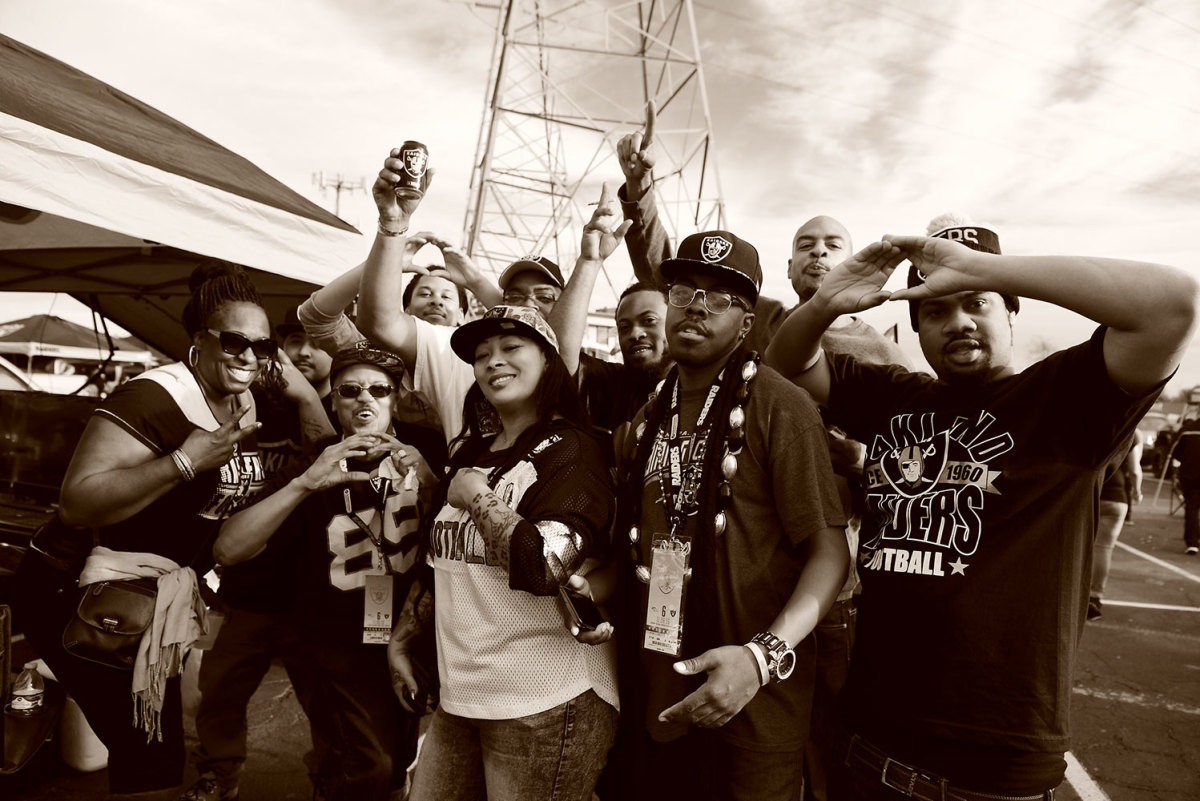
The fans at 53,250-seat Oakland Coliseum are fiercely independent in spirit. They are also, arguably, codependent: supporting, enabling and forking over their hard-earned dollars to a club that is eager to abandon them, as it did from 1982 to ’94, when it was relocated to Los Angeles. “I’m not going to lie to you,” says Rundle, a season-ticket holder who’s been coming to games since the days of Kenny Stabler. “It’s been tough, all the losing.”
Since its last winning season, in 2002, this team has stacked up defeats—11.2 per year, on average—which explains the euphoria surrounding the Raiders in the buildup to their Nov. 6 matchup with the Broncos. Relevant at long last, the Silver and Black were tied with the defending Super Bowl champions for first place in the AFC West. Members of Raider Nation braced for a reality check.
It was Denver, it turned out, that needed to assume the crash position. In an all-phases 30–20 ass-whuppin’ signaling an AFC West sea change, Oakland flat out bullied the Broncos, outgaining them 218 yards to 33 on the ground and bogarting the ball for more than 41 minutes. The Raiders’ rapidly improving defense, often a bend-and-then-rupture unit over the first six weeks of the season, held its opponent to fewer than 300 yards for the second straight Sunday.
“This is the game I’ve been waiting for since 2002,” says Rundle, the long-suffering longshoreman. “It’s been a long time since we've gotten this feeling."
Enjoy it while you can, Steve.
The cremated remains of Al Davis now repose at the Chapel of the Chimes in Oakland. But a larger and more lasting monument to Davis can be seen from the Nimitz Freeway, south of the city. Jutting up on the east side of the old O.co is the unsightly promontory of 10,000 seats, added in 1996 as a condition for the Raiders' return from L.A. While those seats have been tarped over during Raiders games since 2013, the city of Oakland and Alameda County still owe close to $100 million on that misbegotten renovation.
With that debacle in mind, mayor Libby Schaaf has repeatedly stated that the city will not engage in a bidding war with Nevada, where state legislators recently voted to raise hotel taxes to come up with $750 million toward a new Raiders stadium.
All is not lost in Oakland. Based on his track record in striking stadium deals, never underestimate Mark Davis’s ability to spin gold into straw. And there’s no guarantee that Davis will clear the 24-owner hurdle. True, Cowboys owner Jerry Jones, who exerts a powerful influence over his peers on matters of business and marketing strategy, has endorsed the move: “This is not only exciting for Las Vegas, but also for the NFL.”
Commissioner Roger Goodell, however, has struck a more cautious note, which isn’t surprising. Should they leave the Bay Area, the Raiders would be trading the nation’s sixth-largest TV market for its 40th. That’s no small concern as the NFL grapples with a double-digit decline in ratings.
The league, in no rush to burn that bridge, sent executive vice president Eric Grubman, its unofficial “stadium czar,” to Oakland in September to meet with Schaaf and various business leaders. Grubman was reportedly in town to learn more about—and possibly defibrillate—a pitch from Hall of Famer Ronnie Lott, the point man for Fortress Investment. The Lott-Fortress group has proposed to build a new stadium on the current Coliseum land, a plan fraught with complications. Foremost among them: Davis is done negotiating with the city, which had its chance to propose a project but “came up with nothing,” he said last month.
“Without his buy-in, then obviously it doesn’t matter what fans do, or anybody does,” says Jim Zelinski, sounding slightly lugubrious. Zelinski, an East Bay publicist and the cofounder of Save Oakland Sports, isn’t convinced that Davis has exhausted all avenues to privately fund a new stadium: “He’s said he wanted to have somebody invest in the team. But I can’t believe, in the economically supercharged Bay Area, he can’t find someone to come forward, if the terms were reasonable. I mean, you can bump into a billionaire at every coffee shop in Silicon Valley.”
Yes, the Coliseum is a decrepit, leaking relic with a pesky sewage problem. So raze it, says Zelinski. What you’ll be left with is “an unparalleled urban palette to create a state-of-the-art stadium.”
Ten miles south, just off the Nimitz, is Hayward, the blue-collar city where Del Rio grew up. A contractor’s son, he was a Raiders fan and the first in his family to go to college. He was also a sensational athlete who played football and baseball at USC. As a catcher he backstopped the fireballing future Hall of Famer Randy Johnson. During one memorable game at UCLA’s Jackie Robinson Stadium, Del Rio recalls, Johnson “crossed me up. I call curveball, he throws fastball, and I take one in the cup. Shatters it.”
After writhing on the ground—“I’m in agony, sweat’s pouring off me, their fans are razzin’ me”—he rose and stayed in the game. In less than two seasons, he’s taught the Raiders similar resilience and resolve. He’s worked superbly with general manager Reggie McKenzie, who has assembled a deep, quality roster despite inheriting a grotesquely bloated payroll in 2012. He and Del Rio are widely credited with “changing the culture”—another way of saying: These guys are finally closing teams out, winning tight games.
As Denver’s defensive coordinator from 2012 through ’14, Del Rio recalls, “we’d be in close games with the Raiders and something bad would happen to them, and they’d just kind of toss up their hands, and that would be it—you’d roll ’em.
“Last year we established that we’d be a team that would grind and strain for 60 minutes, and that, regardless of the results, we were not going to let go of the rope,” he says.
He walked the walk in Week 1, raising eyebrows around the league by going for two in the final minute against the Saints. But Carr found Michael Crabtree on a fade pattern, and the Superdome fell silent. You could describe that decision, which set the tone for a special season, as ballsy.
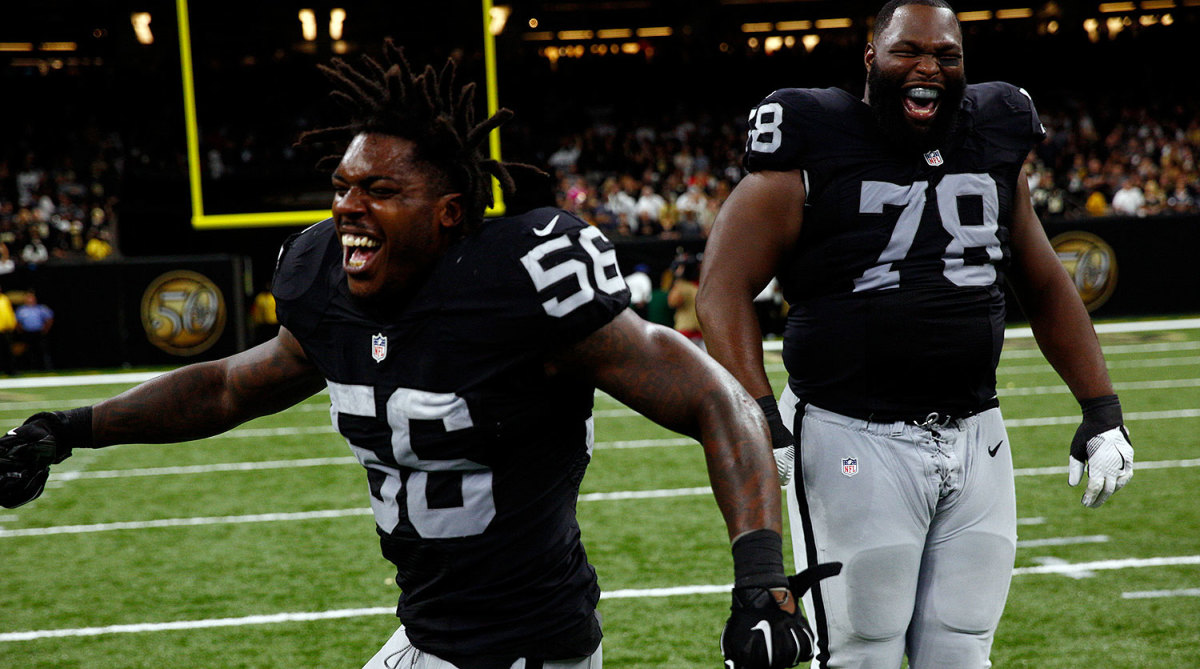
Brandon Haffner, a Black Hole veteran of 16 years, remembers the first time he saw Dr. Death, who even by the sartorial standards of that section cuts an arresting figure in his postapocalyptic headgear and striped convict pants. “I thought, Oh, God, another costume fan”—a section 105 pejorative for those who dress up and venture into the territory “just to get on TV.”
It’s not unusual, says Haffner, for costume fans to swing by the Black Hole. This gets old, he says, for “the real diehards who aren’t about the attention, just about the game. Sometimes, the Black Hole can feel like a tourist trap.”
Dr. Death, it turned out, was different. “He kept showing up, and he was loud and passionate,” Haffner says. While Perez does have a knack for getting on camera, “which at first some of us didn’t like, he always uses his platform in a positive way.”
Perez, who studied communications at Sacramento State, was quick to master the nuances of Davis’s proposed relocation. He became a clearinghouse of information on that issue, even comfortable delivering speeches at Oakland City Council meetings on behalf of Raider Nation. “He’s done an incredible job,” says Haffner, “raising our profile, getting our message out.”
At that moment Perez was slapping his banner, adding to the din on a third-quarter third-and-long for Denver. Raiders corner D.J. Hayden was promptly flagged for pass interference. The Black Hole was outraged—Incidental contact! That’s bull----!—even though the foul was obvious. Later, during a lull in the action, Perez touched on everything these fans stand to lose: “This is 60 years of culture and tradition. This is organic. You can’t buy it, and you can’t duplicate it.”
And you can’t transplant it, he and the members of this tribe argue, without diluting the brand. The Raiders have always been “a team for the blue-collar fan, the rebel, the outcast,” says Haffner, “anyone who is different and likes it that way.” That identity, he contends, is embedded in the East Bay.
That spirit of rebellion originated, of course, with the swashbuckling, ducktailed Al Davis, who defied, antagonized and elevated the NFL for half a century. His son, like the father before him, wants out of Oakland, even if most of the faithful in section 105, in Raider Nation, will not follow.
